Switzerland is a beautiful country! We could almost finish this post there.. however we won’t. This post will cover our 5 day visit to the mountainous Jungfrau region located in the south of Switzerland. Situated along the Bernese Oberland, the region is well known for its picturesque towns of Lauterbrunnen, Grindelwald, Interlaken, Wengen and more. Additionally, breath taking mountains surround every corner of the the region, flanking the valleys and lakes. Continue reading to see some of our photos (which don’t do it justice), and our top tips for when it comes to choosing the best hikes in the region.
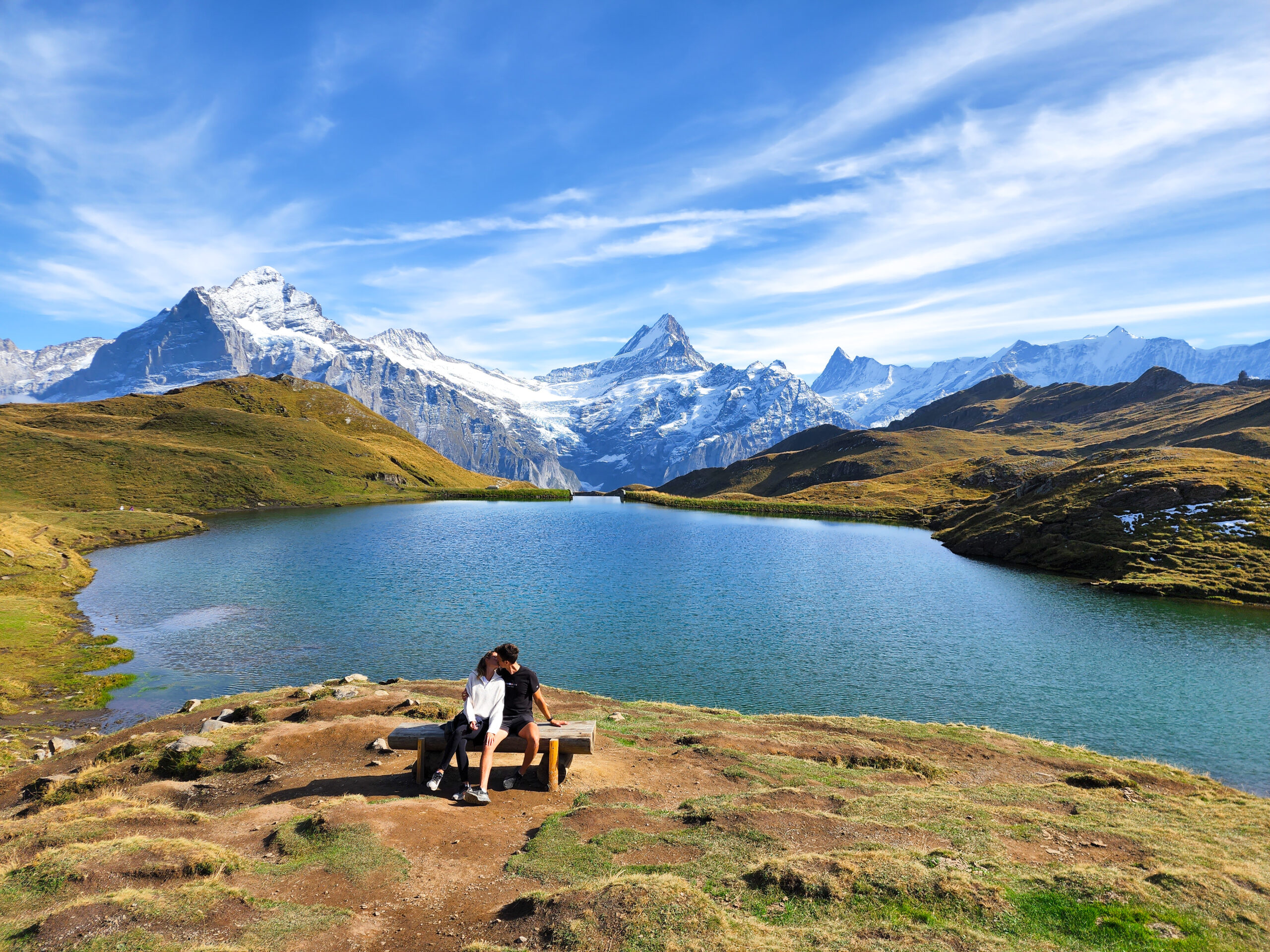
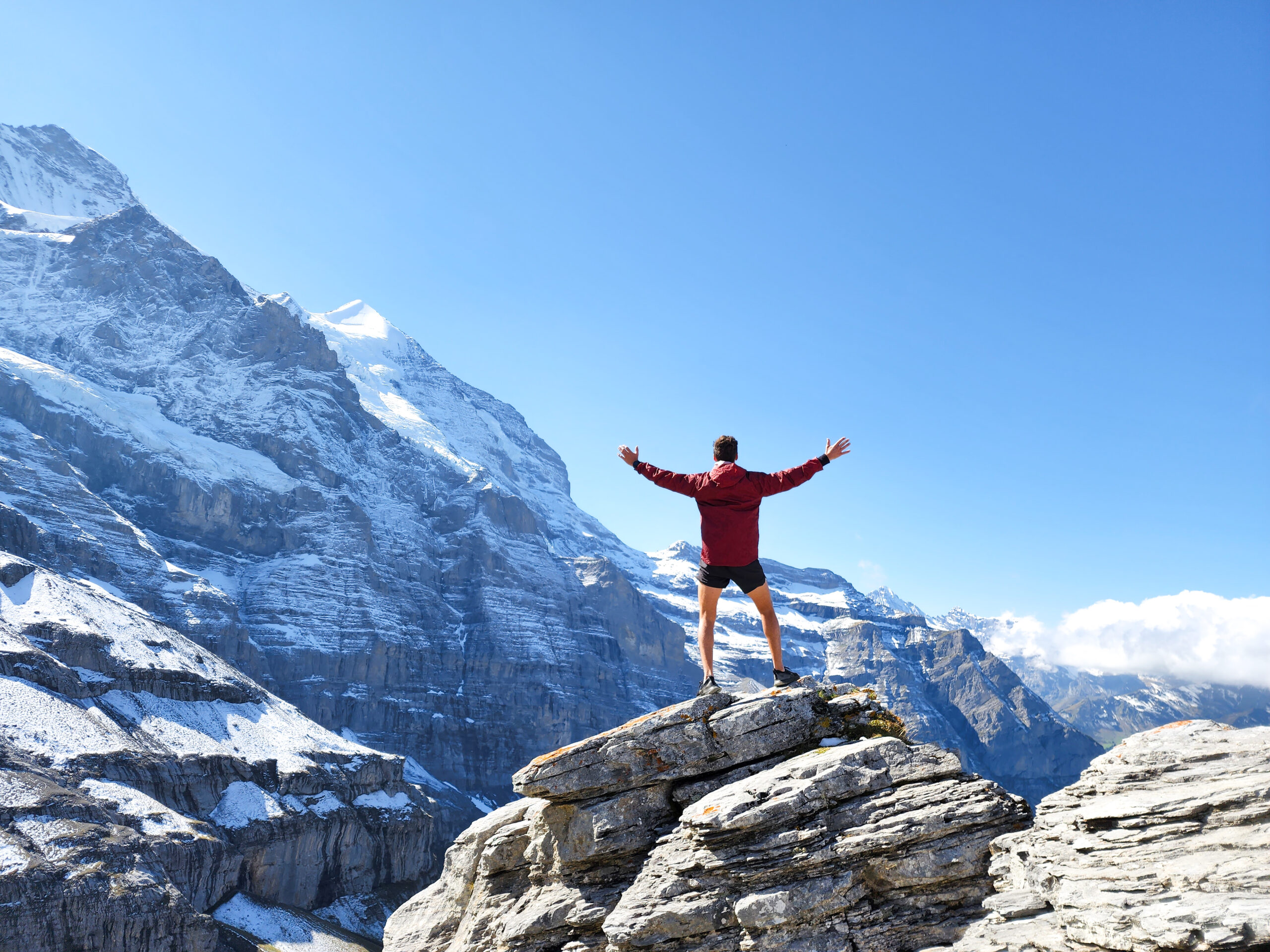
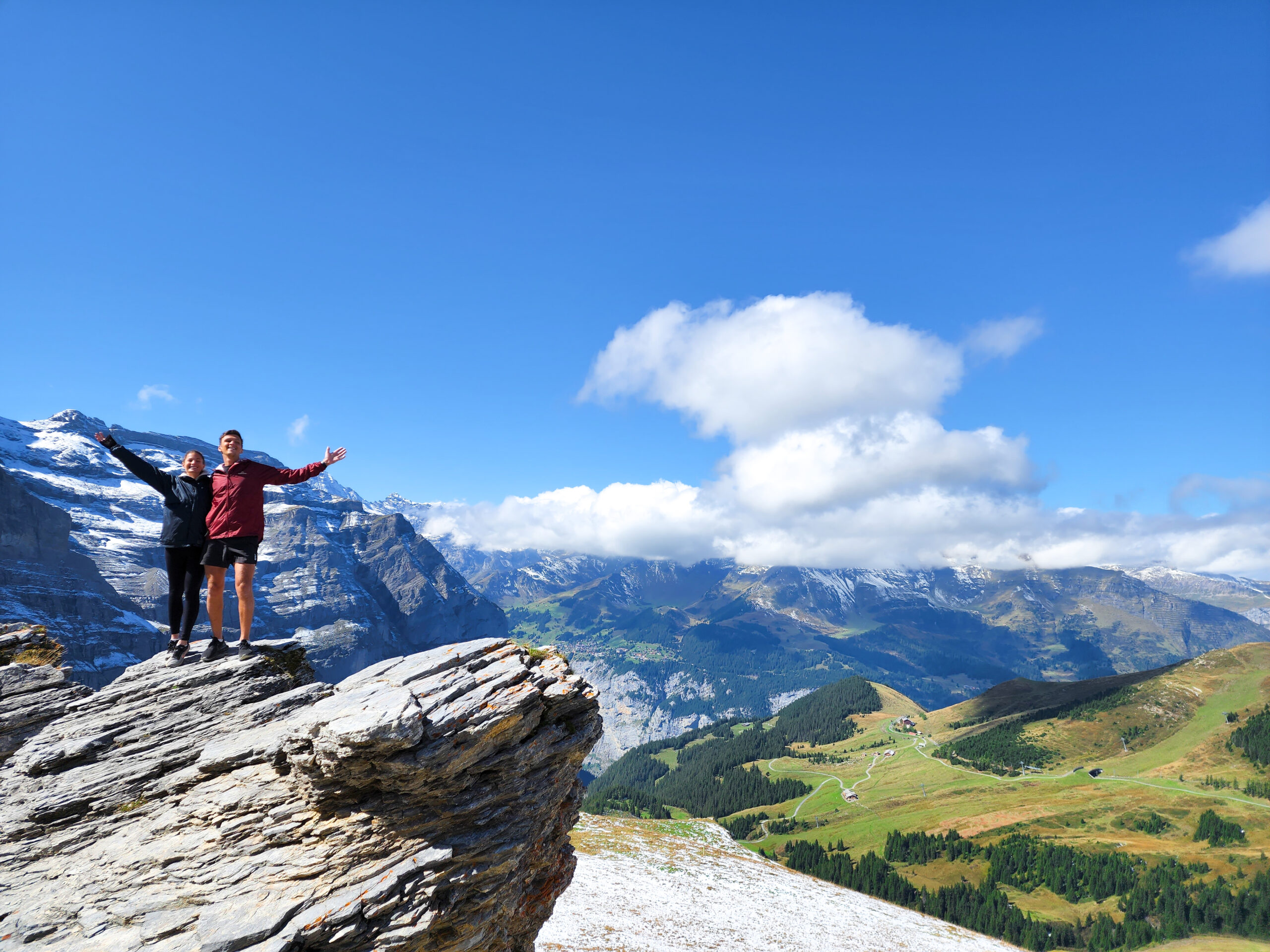
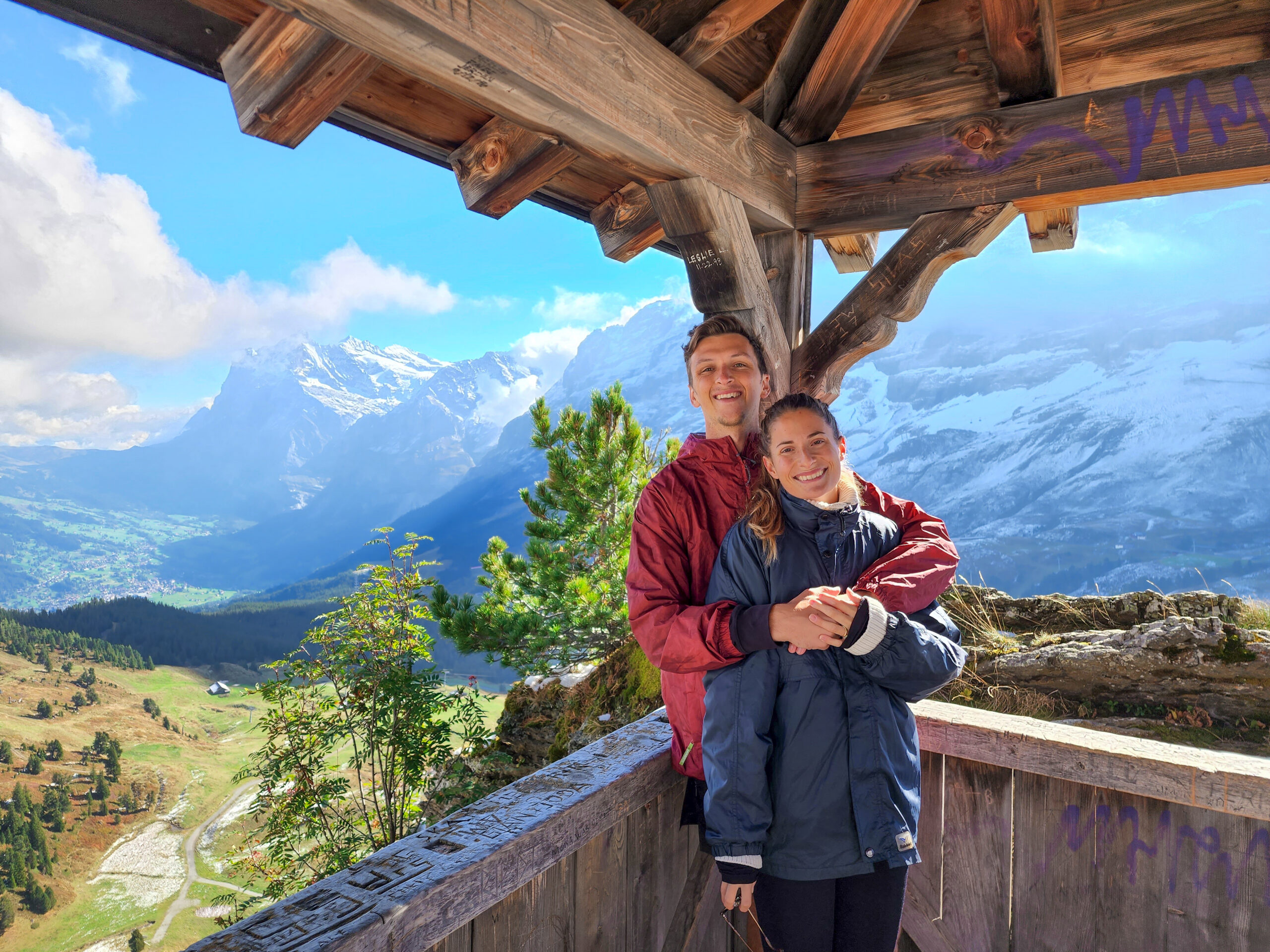
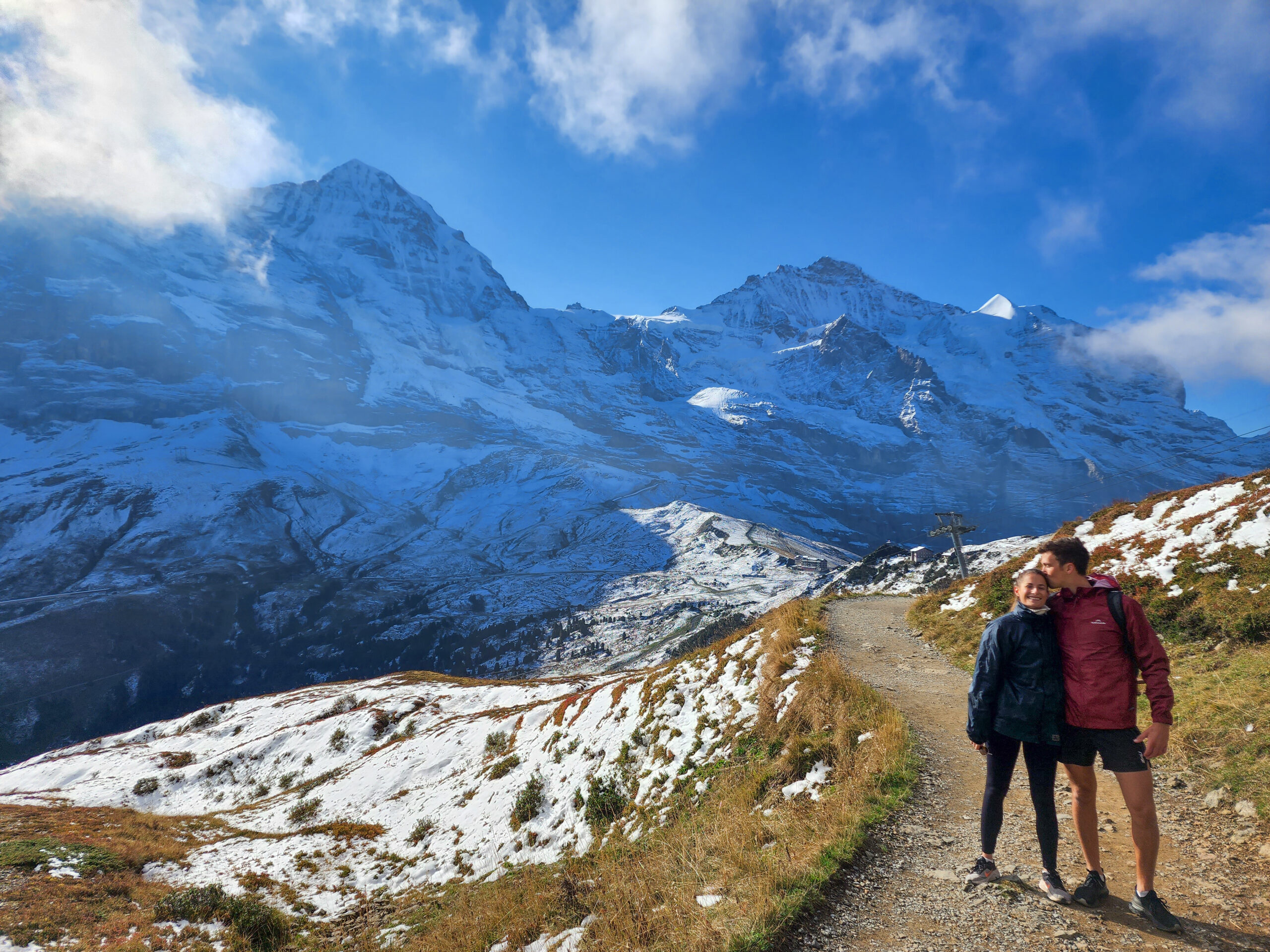
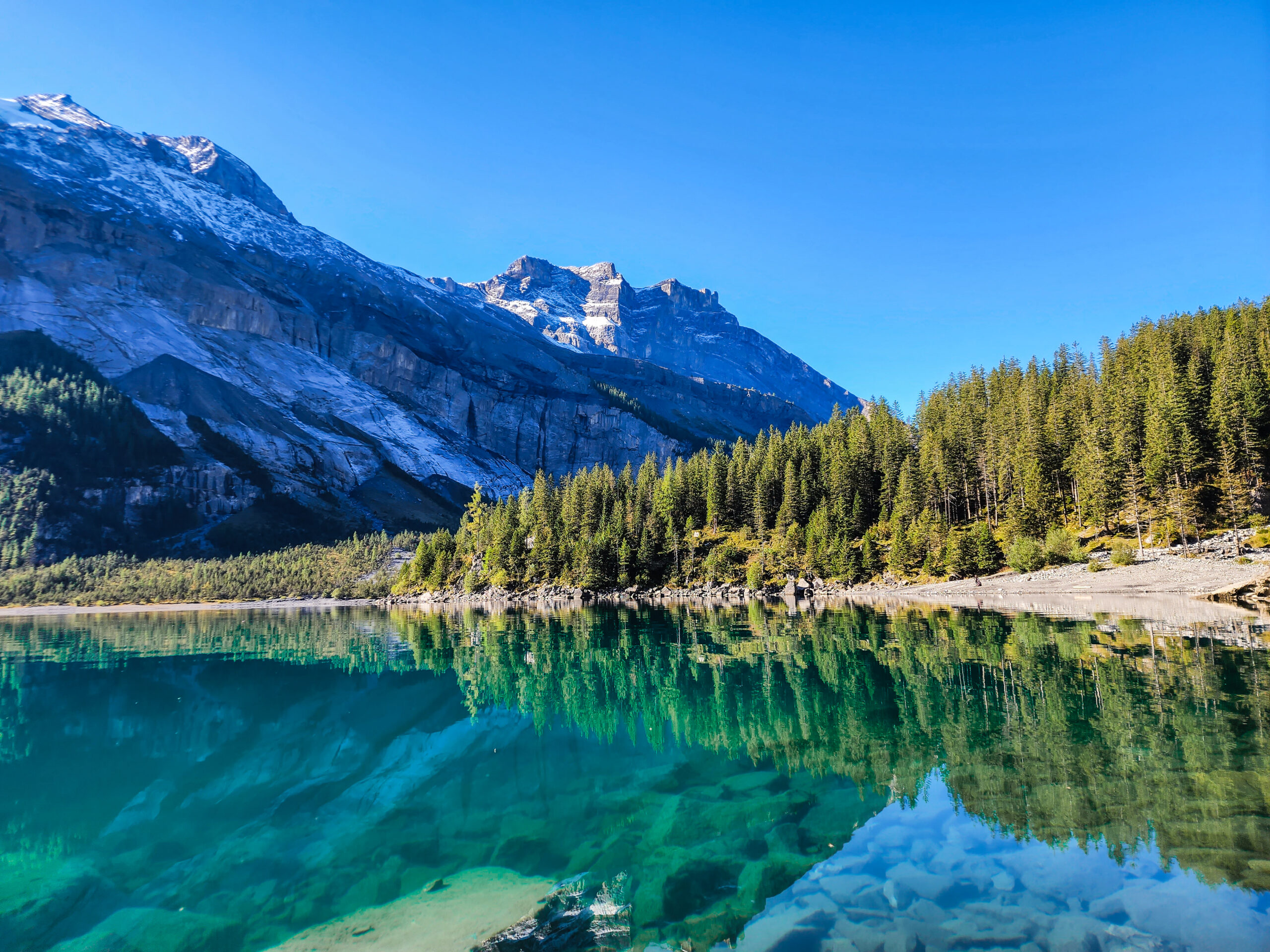
The towns of the Jungfrau region:
Lauterbrunnen:
Lauterbrunnen is the famous town that has likely captured your imagination on social media or as part of Swiss advertising campaigns. Home to an astonishing 72 waterfalls along the valley (more on this later), this town sits in the canyon flanked by mountains. The main highlight of Lauterbrunnen is the green grassed fields, waterfalls, and cows wandering the valley. The town itself is small, touristic, and often busy with cars and busses.
PRO TIP: skip the town, head straight to the valley a few kilometres down the road. Walk along the valley, check out the waterfalls and make friends with the cows.
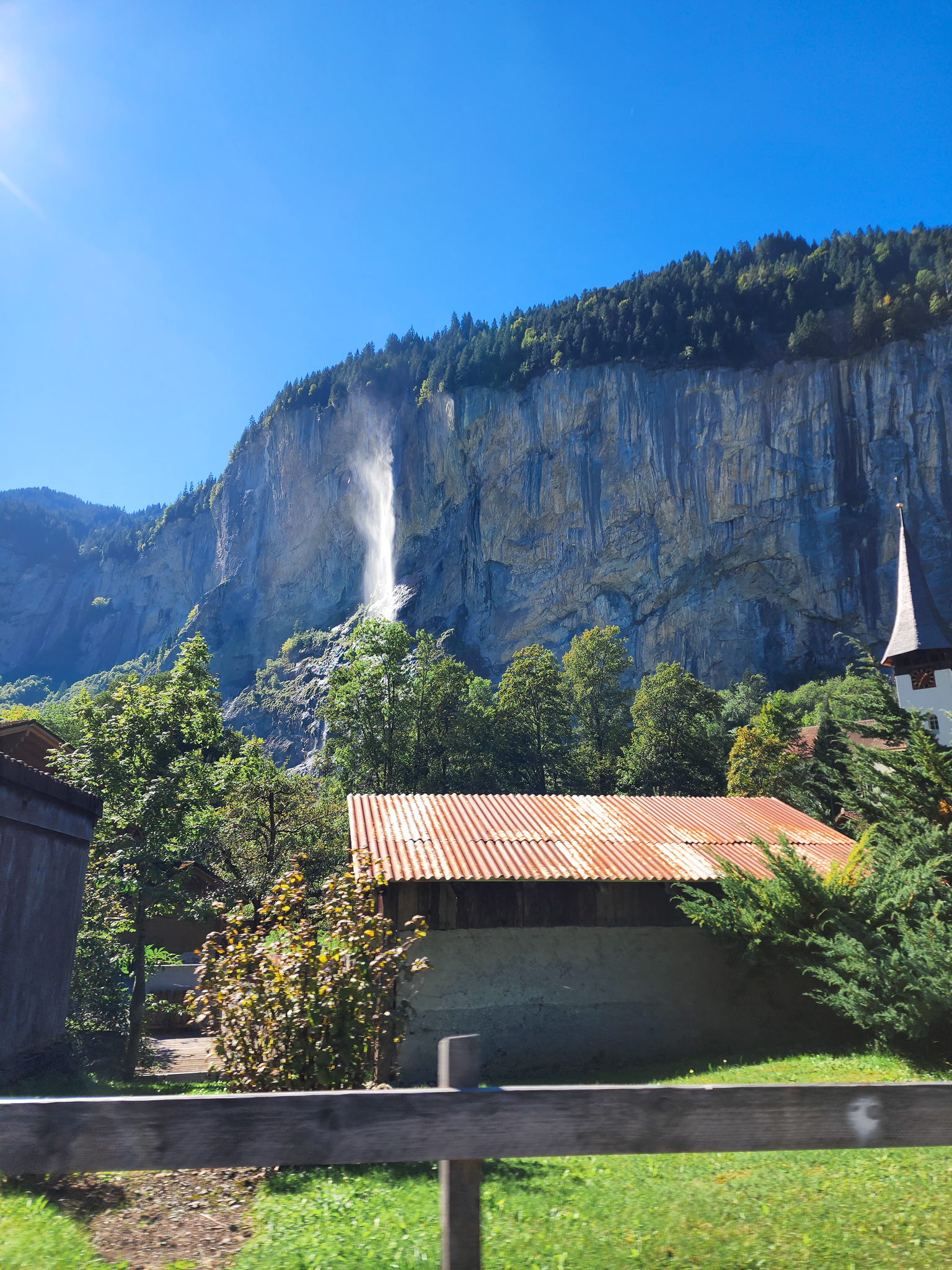
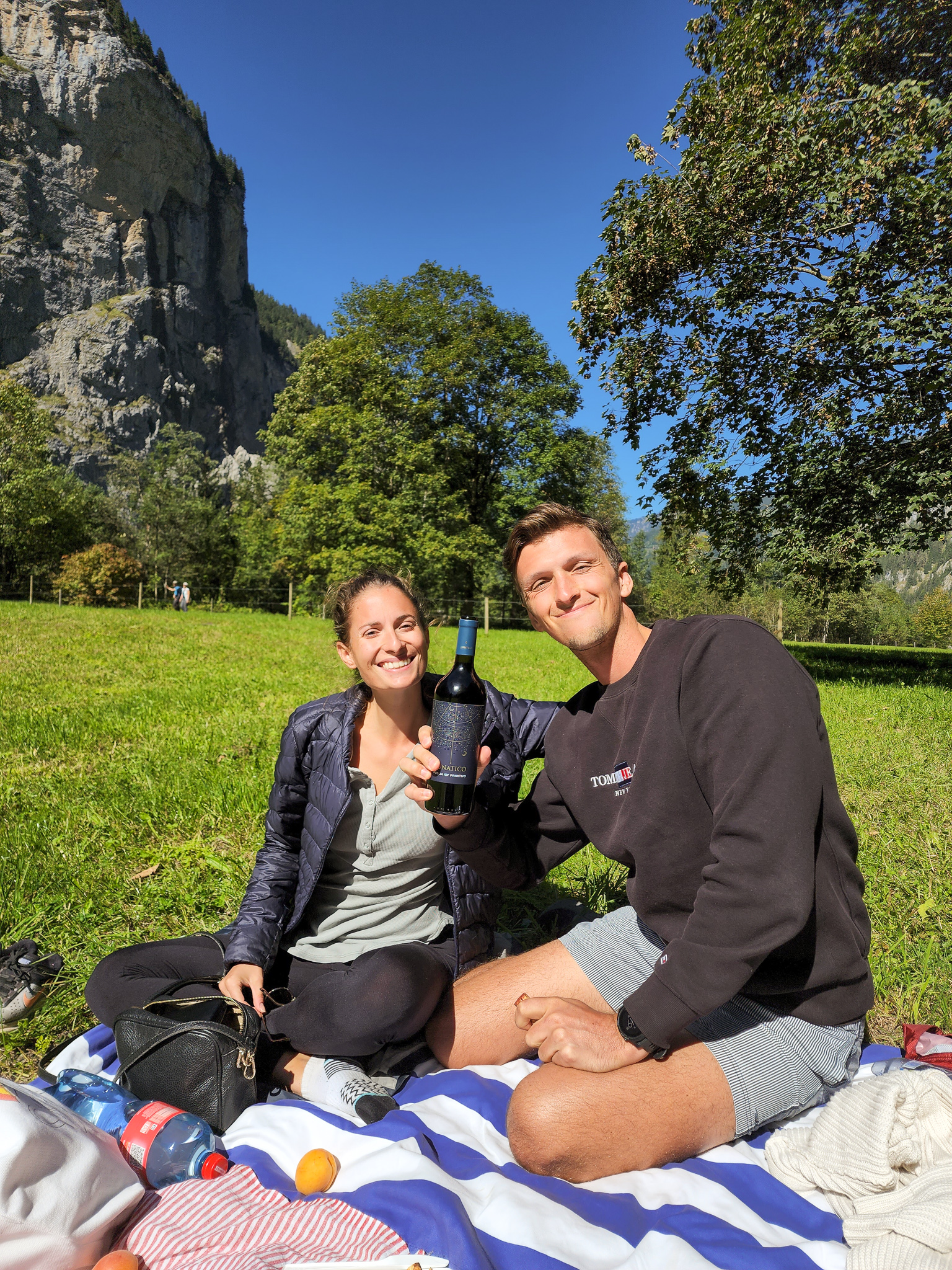
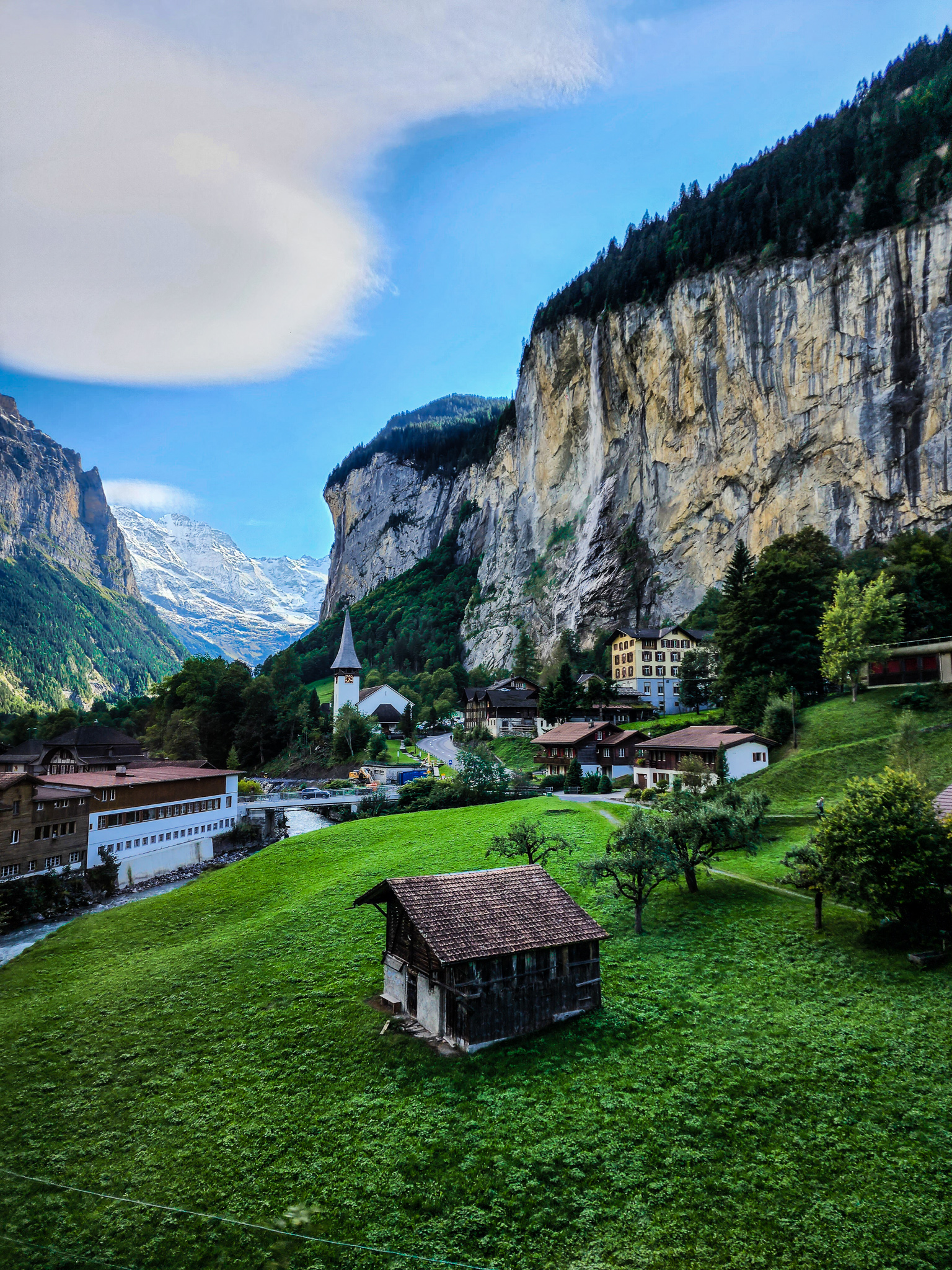
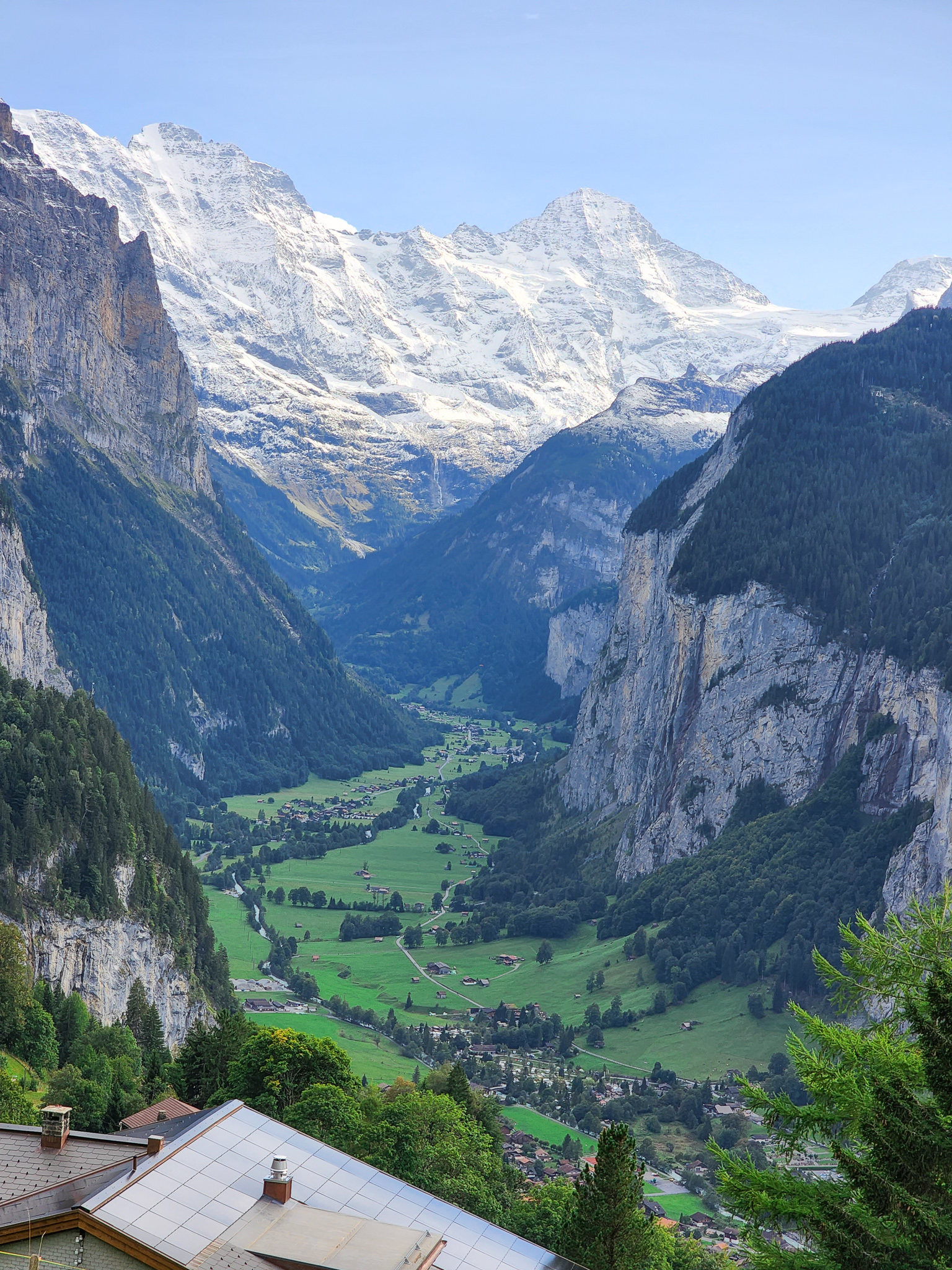
Grindelwald:
The enchanting Grindelwald is located on the opposite side of the mountains to Lauterbrunnen, boasting a wider valley with more expansive rolling hills. The town in Gridelwald is bigger, and we generally enjoyed it a litter more than Lauterbrunnen. Cable cars run up the mountains from multiple directions, transporting you to hikes and wonderous views.

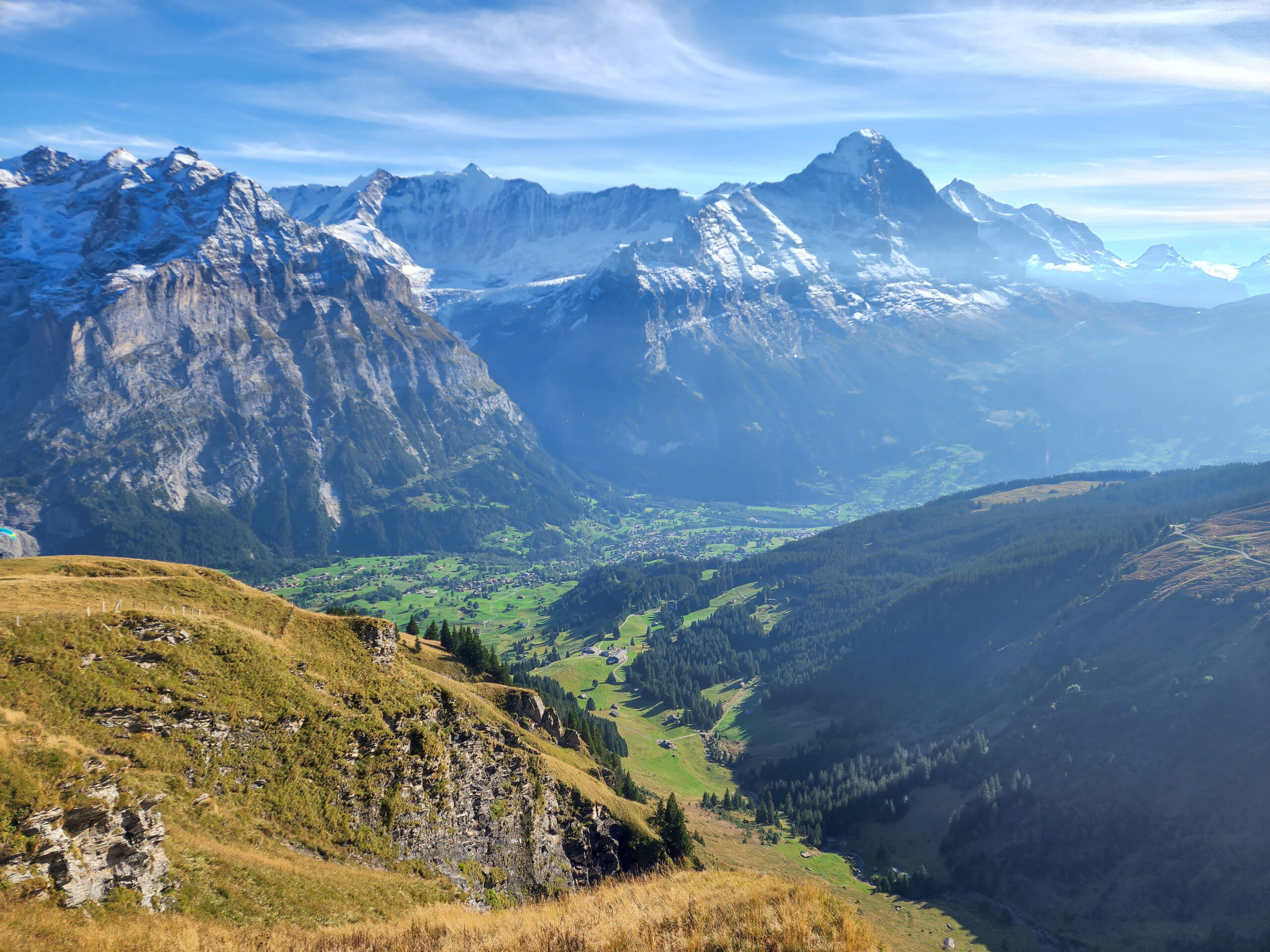
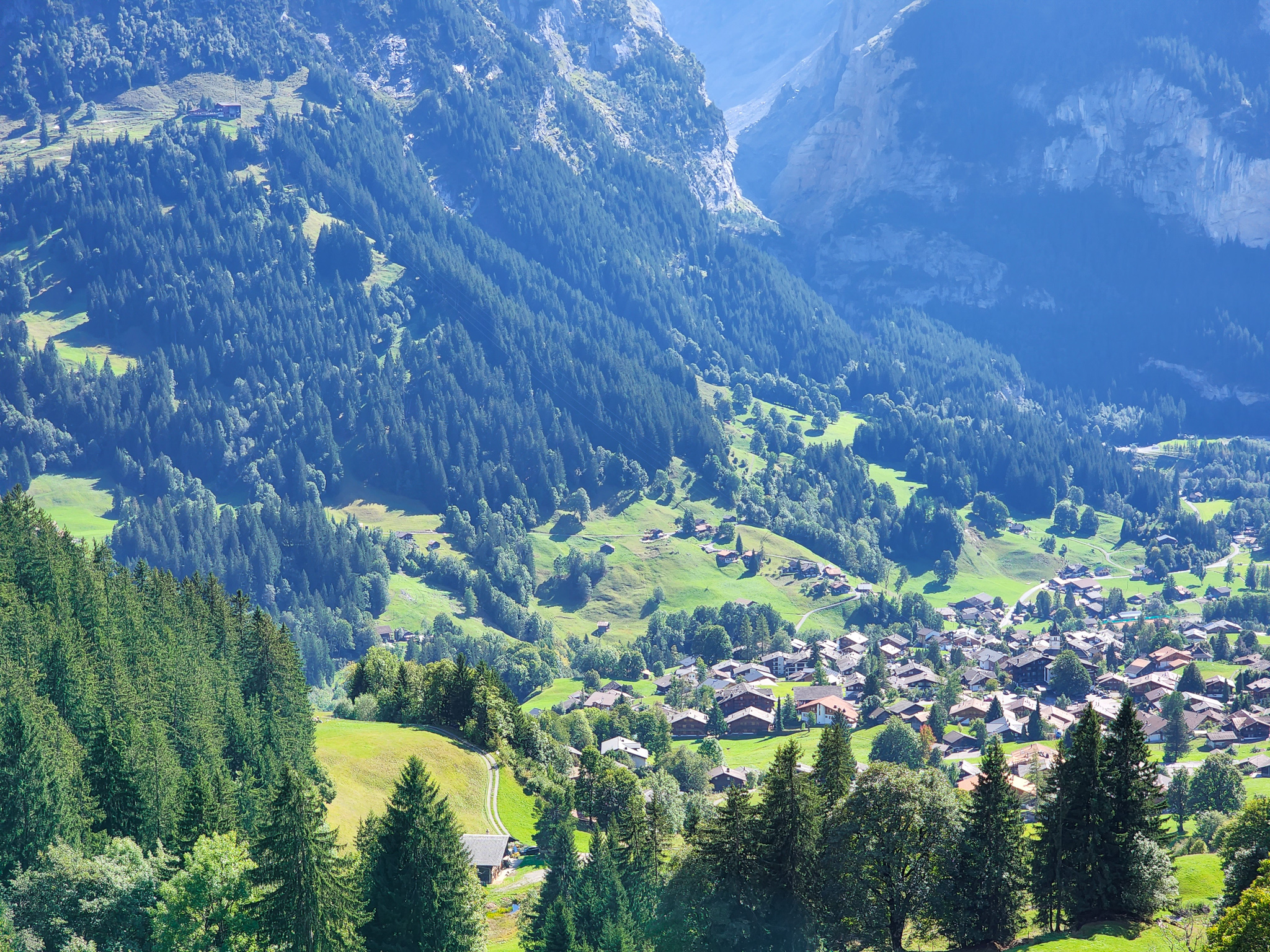
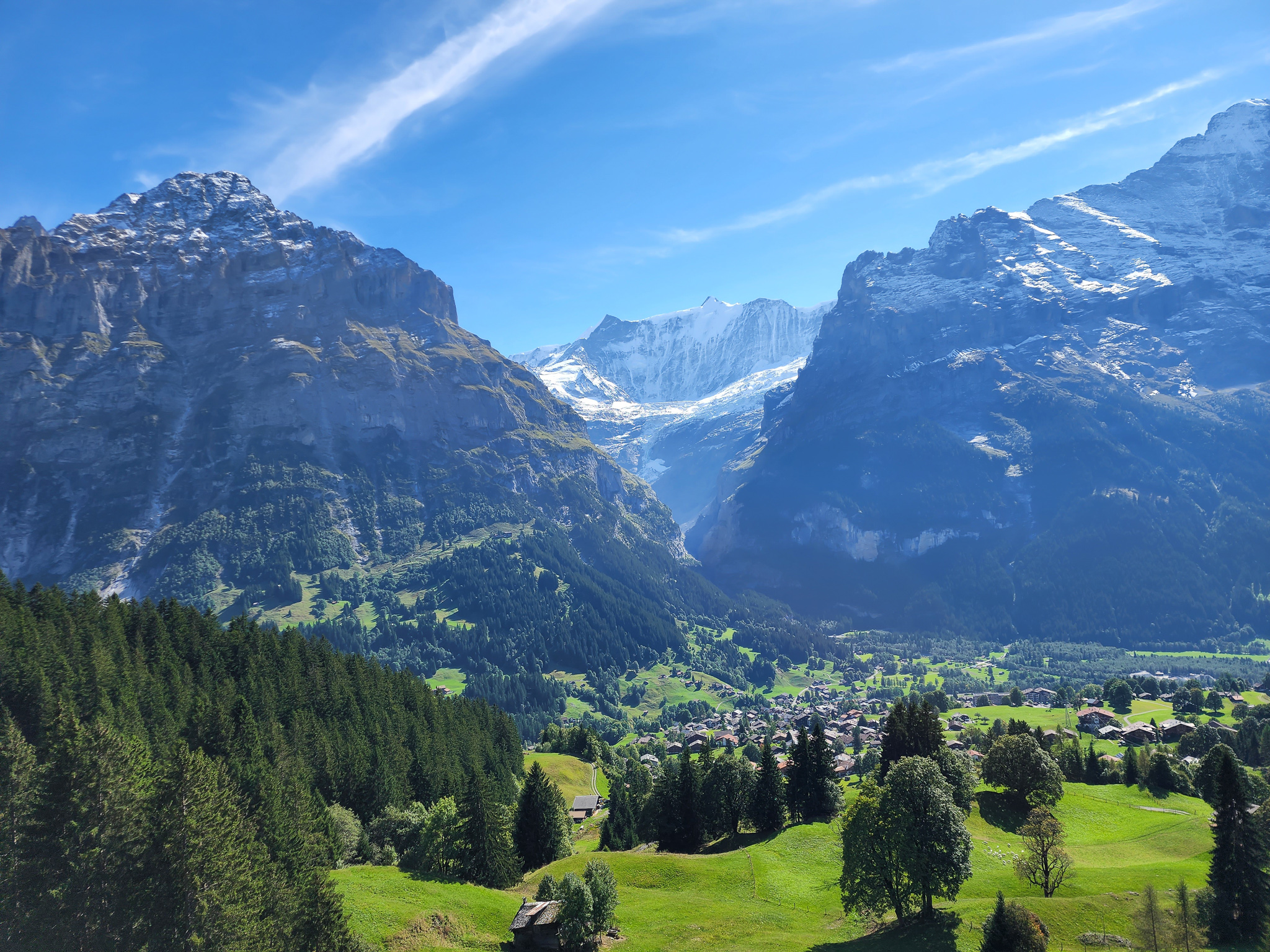
Wengen:
The delightful Wengen holds a special place in our heart. Recommended by a friend, we booked Wengen as our main base during our stay in the Jungfrau region. Located at 1274m elevation on the side of the mountains, Wengen boasts spectacular views of the Lauterbrunnen valley. This is a car-free town, meaning you need to catch the train up. Want to know more about Wengen? Take a look at some highlights and recommendations from our stay!
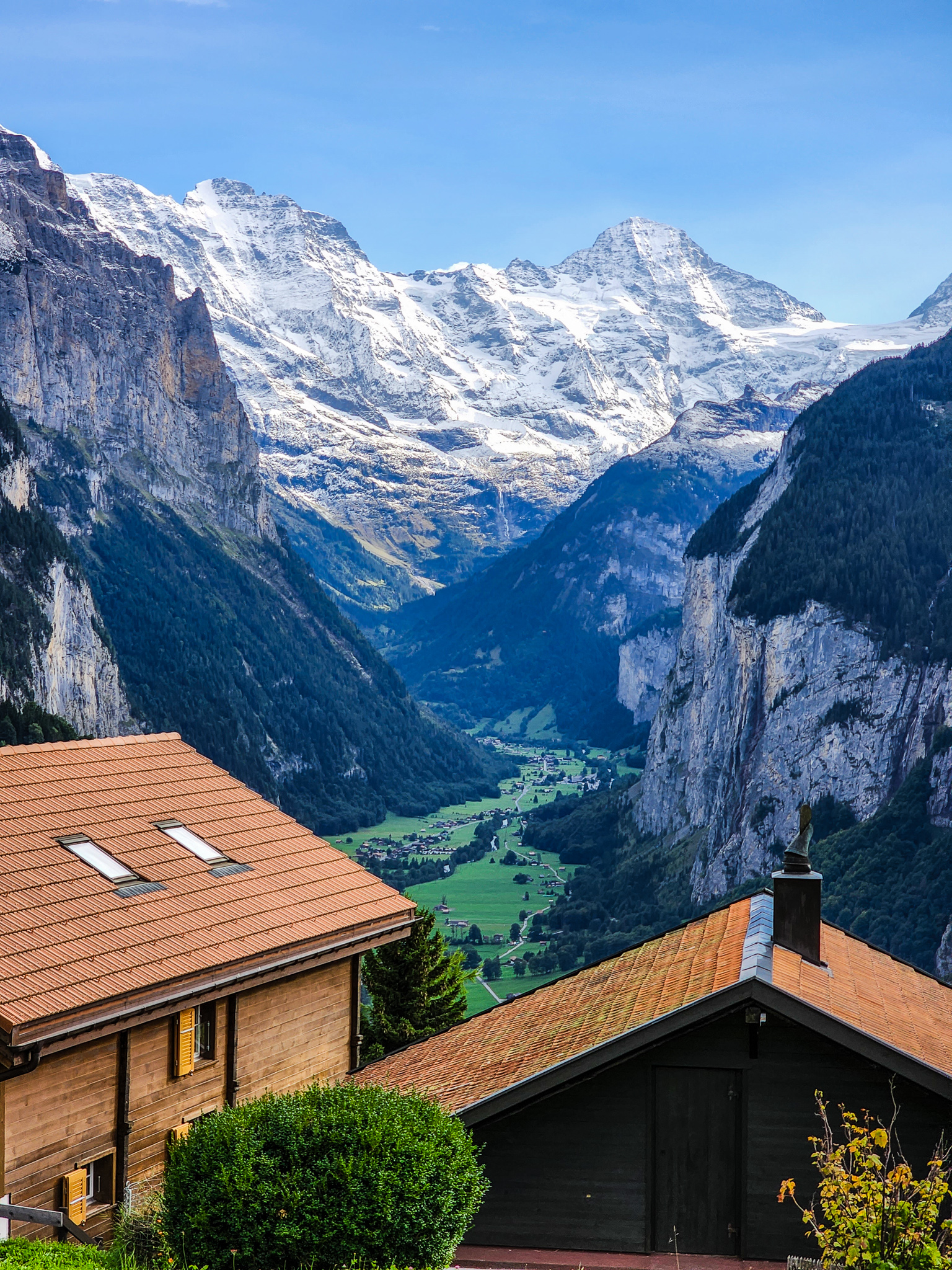
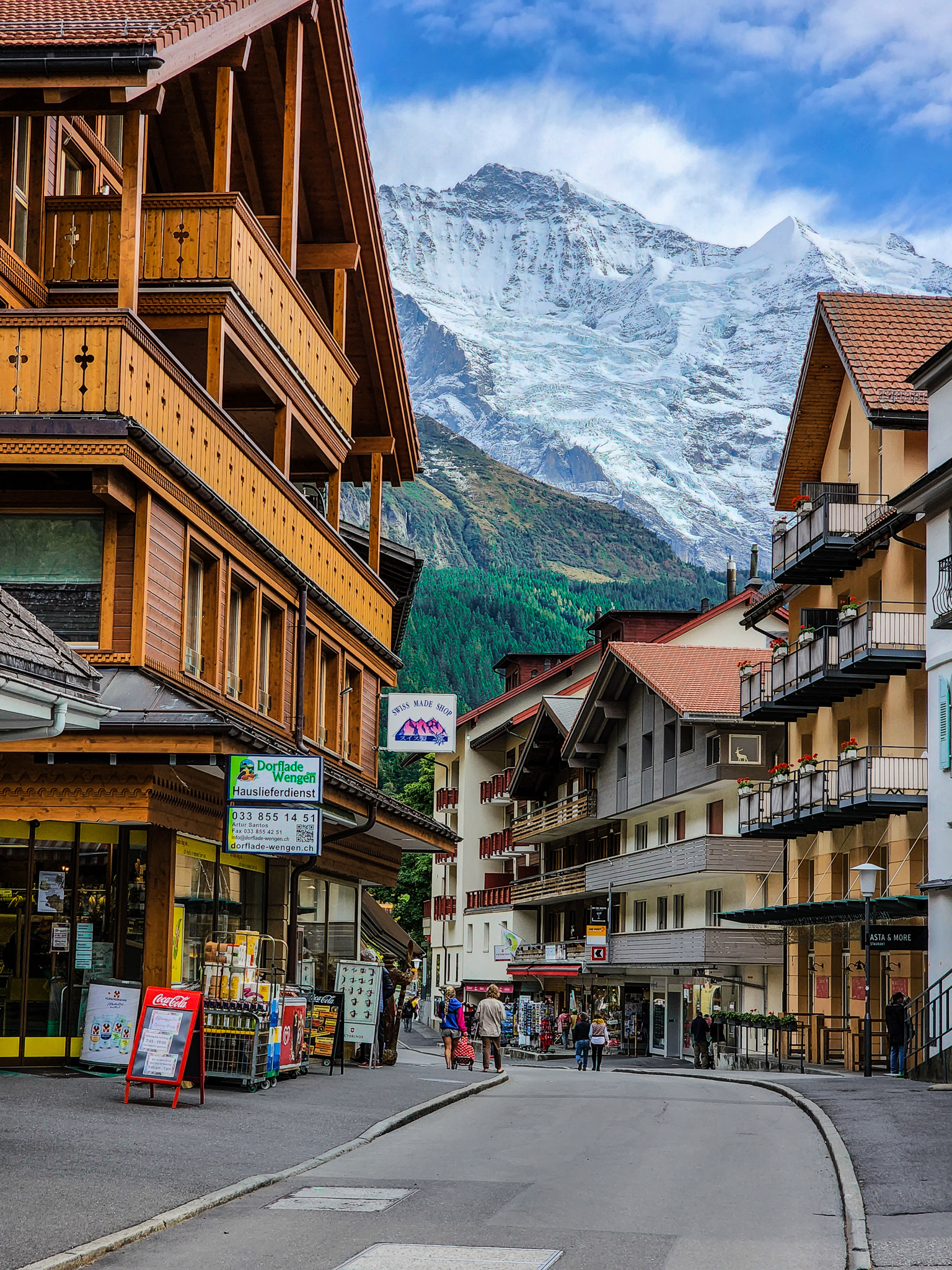
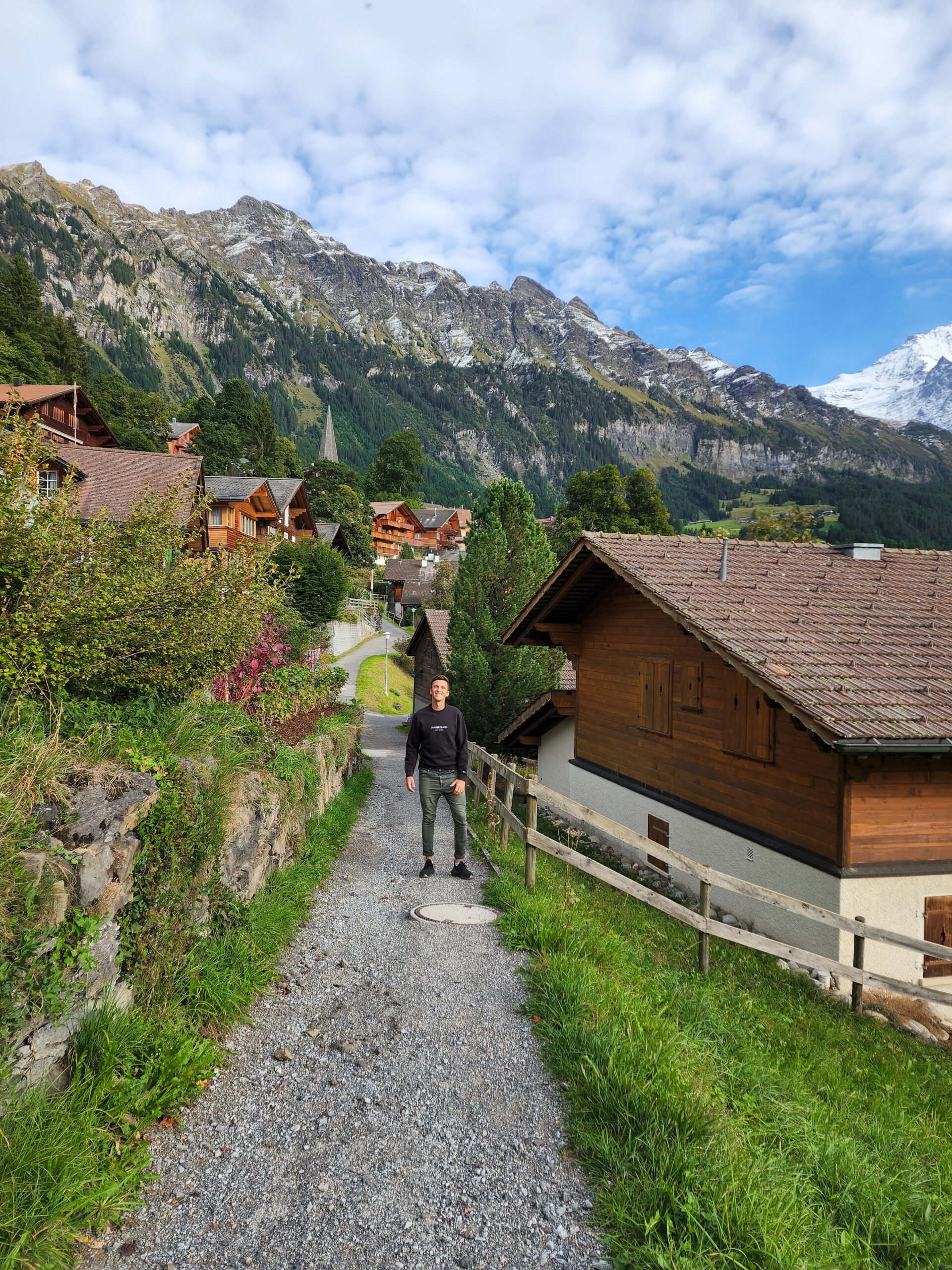

Murren:
The small town of Murren is situated at the end of the Lauterbrunnen valley. This mountain village sits 1,638m up, offering views of the valley below, and mountains from all directions. Whilst harder to get to, this town delivers excellent views, great cafe’s, and a relaxed vibe. We would even consider staying here should we visit again. Read below for information on the hikes and how to get to Murren.
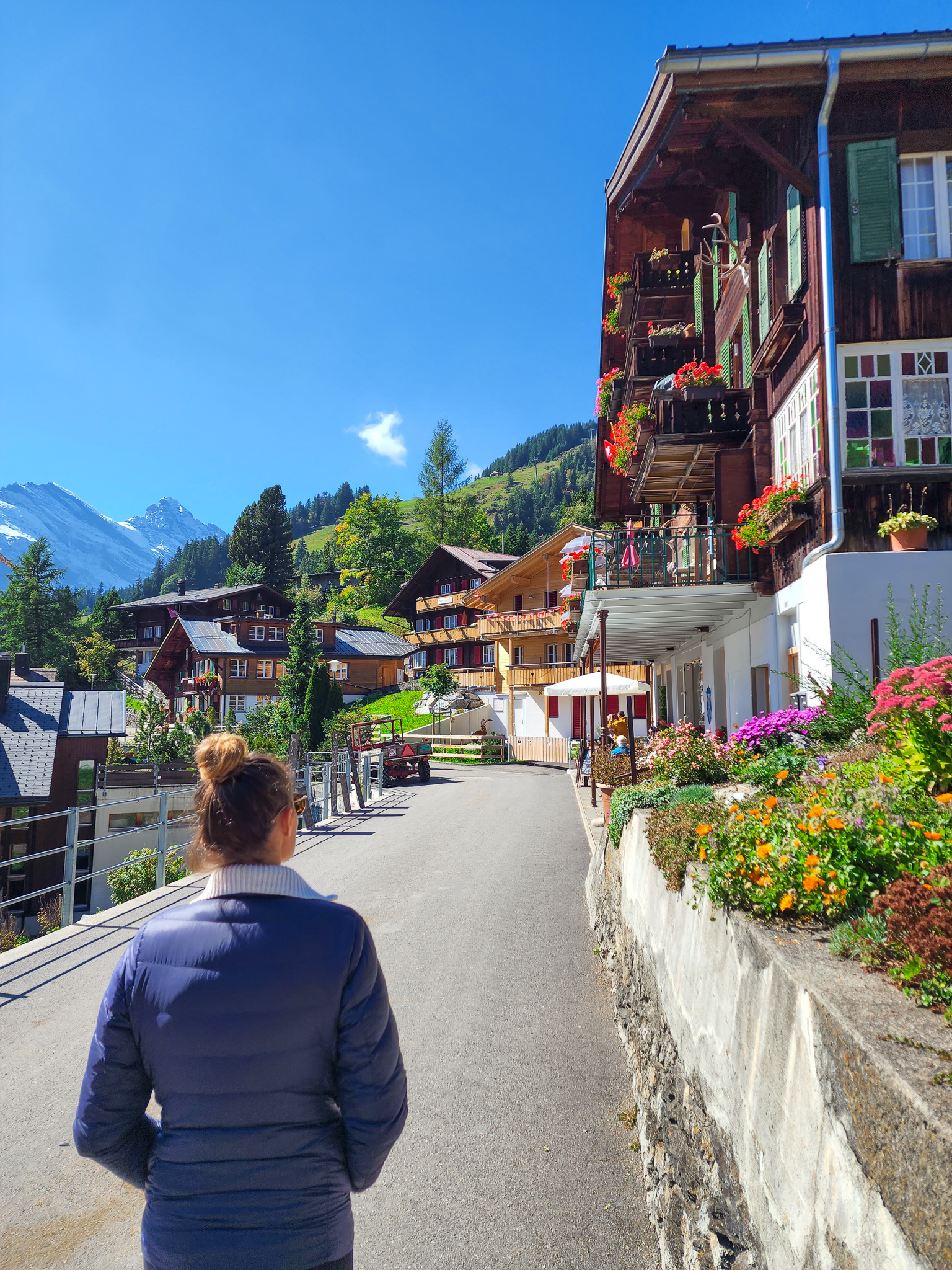
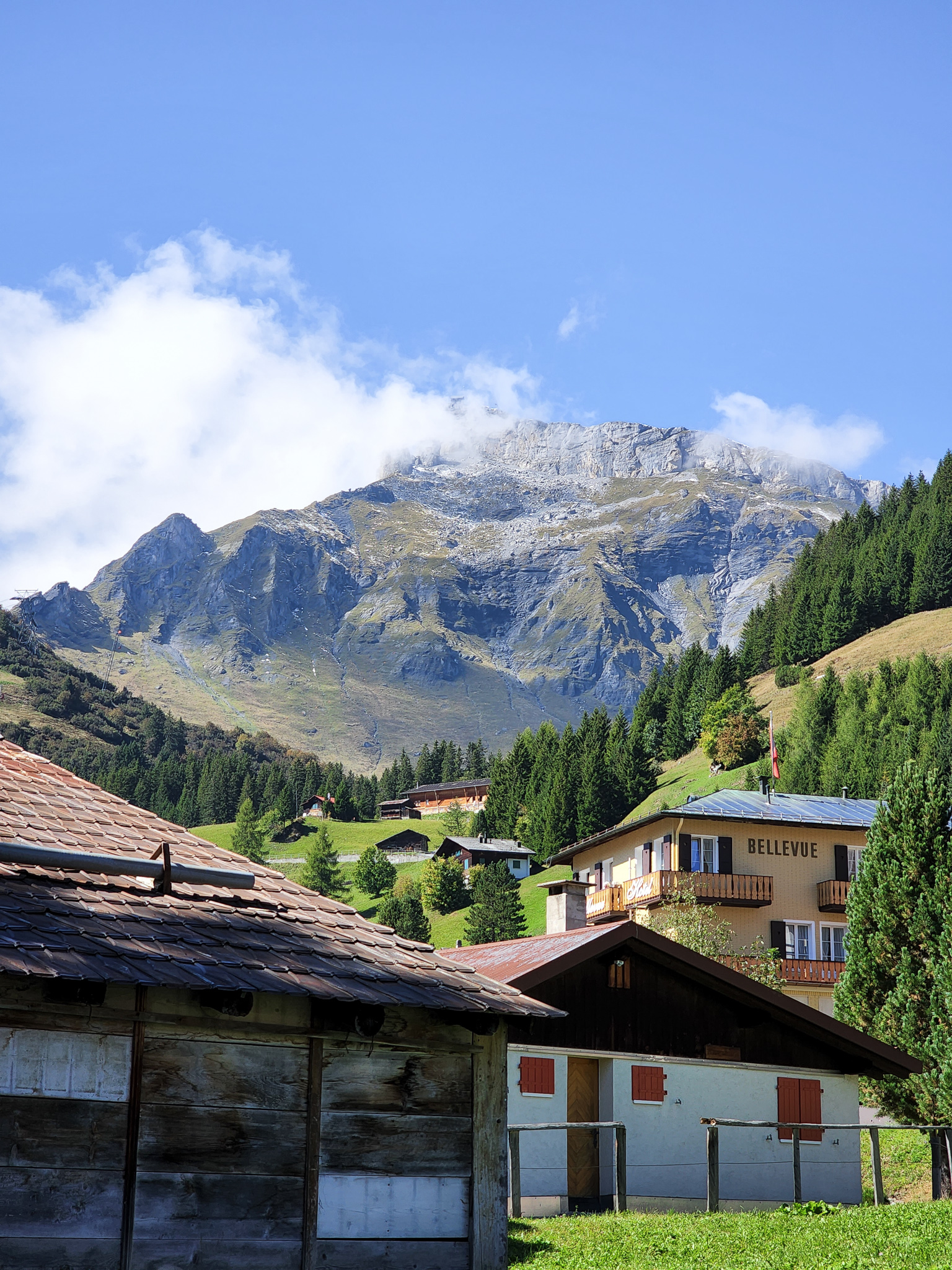
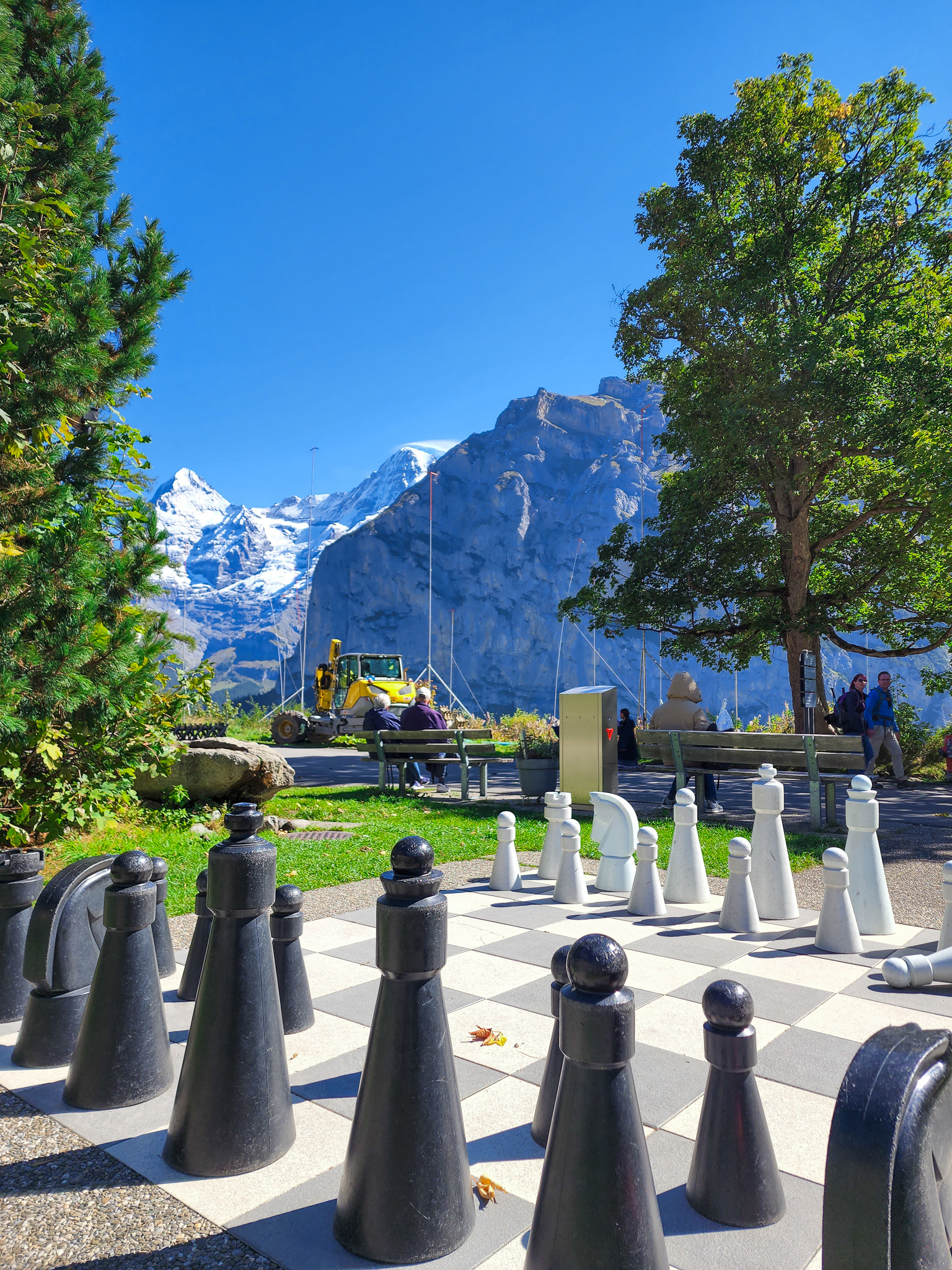
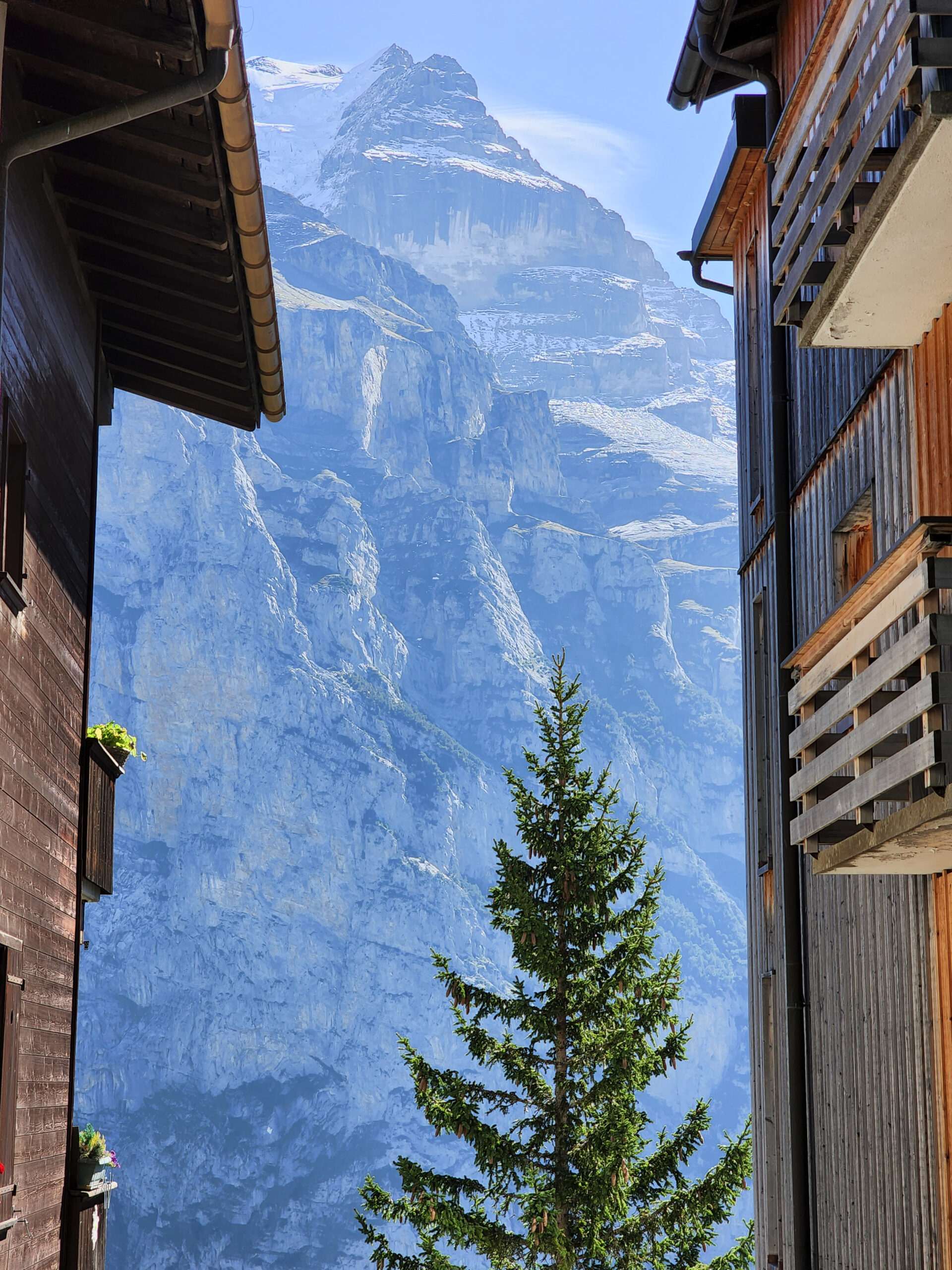
Interlaken:
Located between Lake Brienz and Lake Thun, Interlaken forms the ‘entrance’ to the Jungfrau region. All public transport options will likely pass through Interlaken, along with the key road to the valleys. The town itself is much bigger and more established than the villages located within the mountains. Whilst not offering as much ‘charm’ as some other towns, it forms a good base for the region, especially if heading to other lakeside regions (e.g. Lake Brienz) or hikes outside the Jungfrau region (e.g. Oeschinensee).
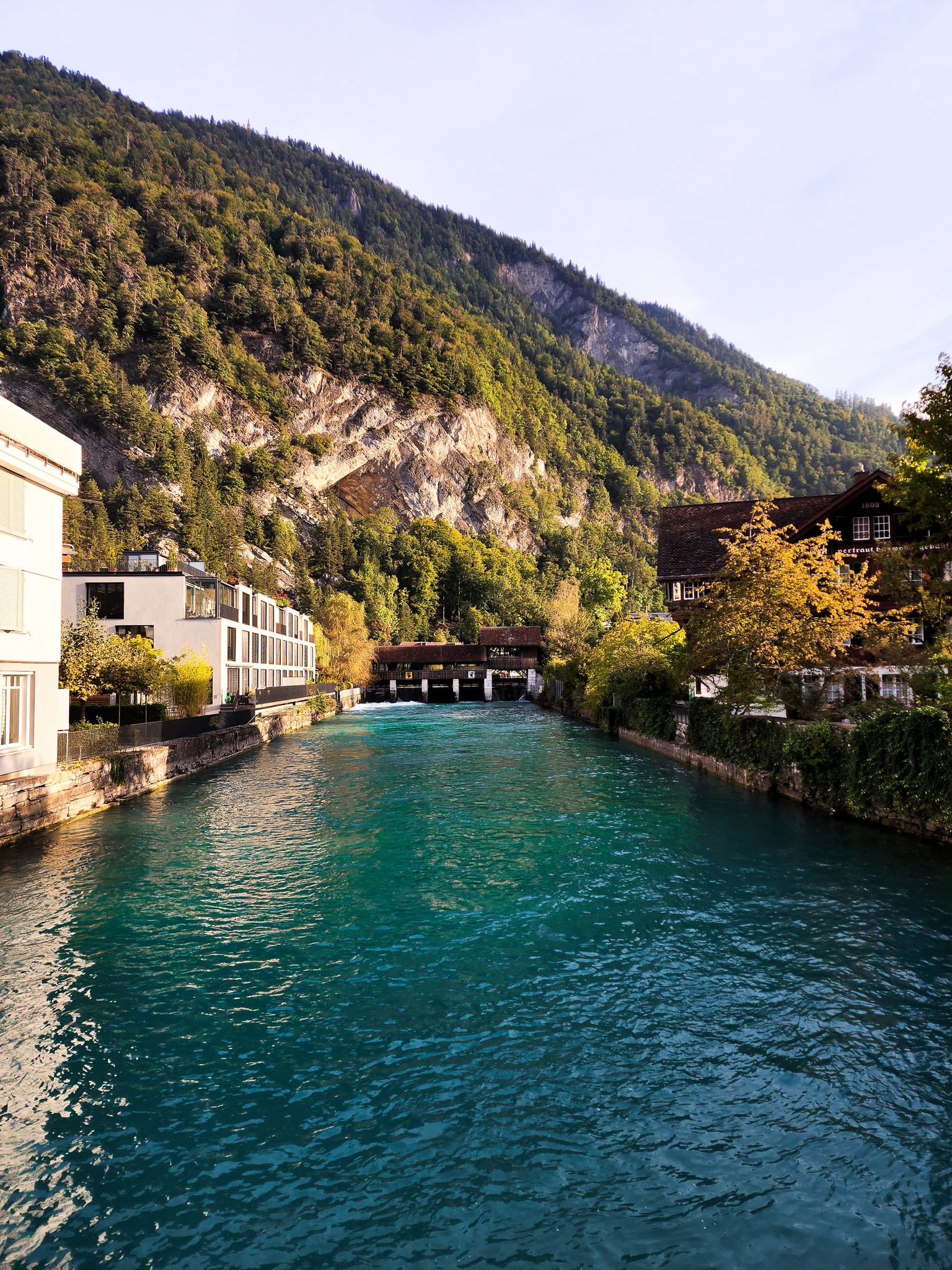
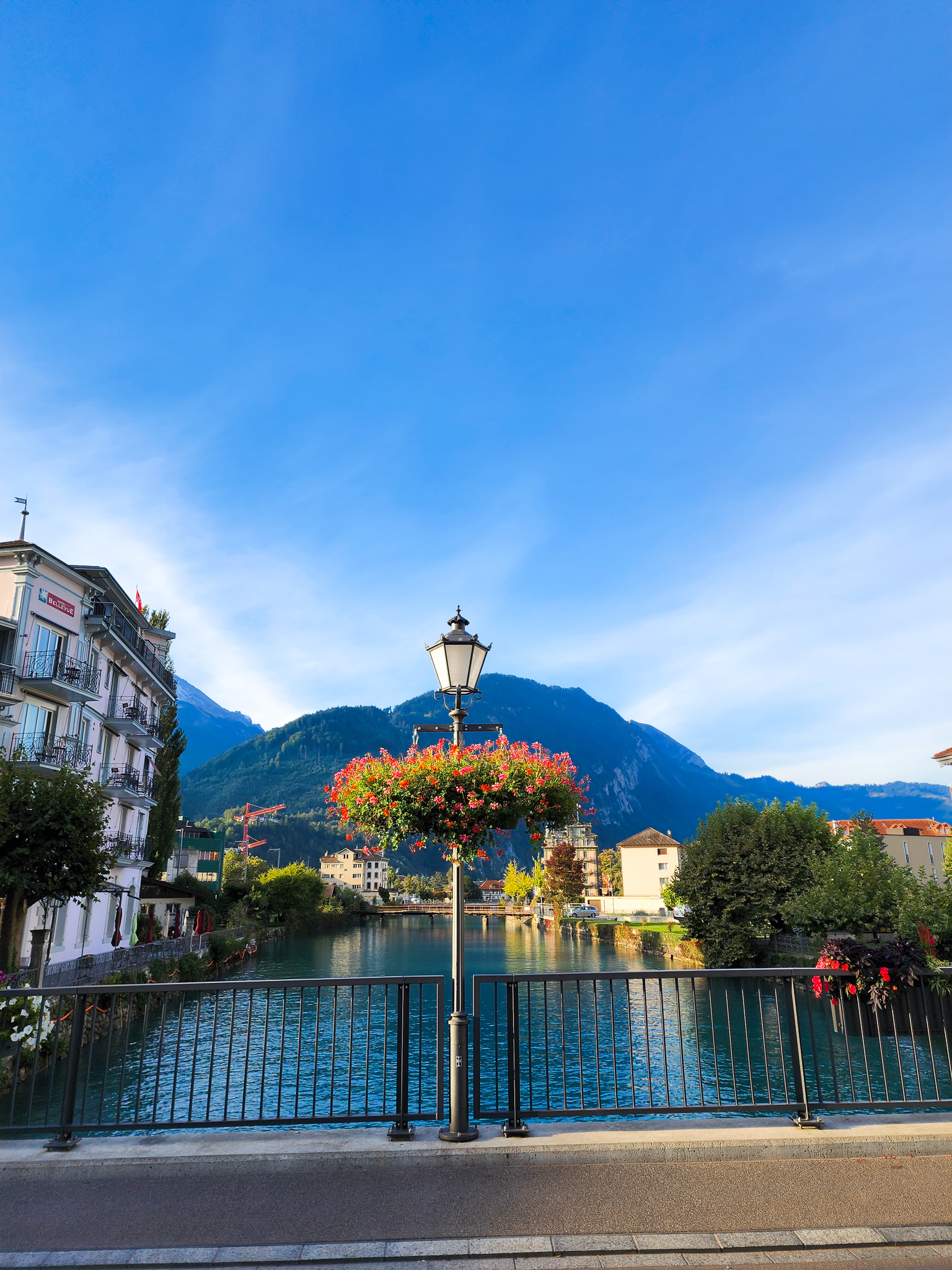
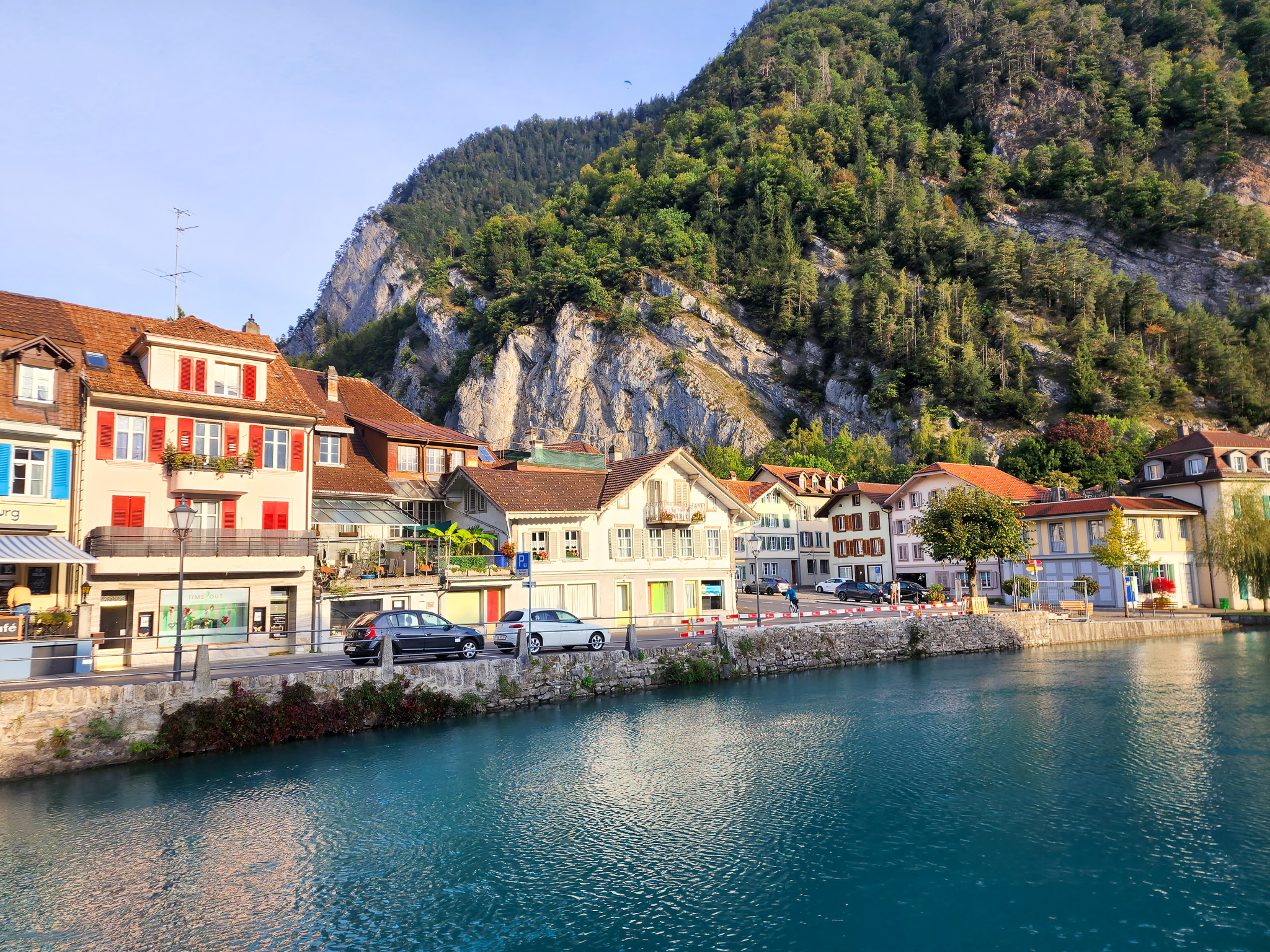
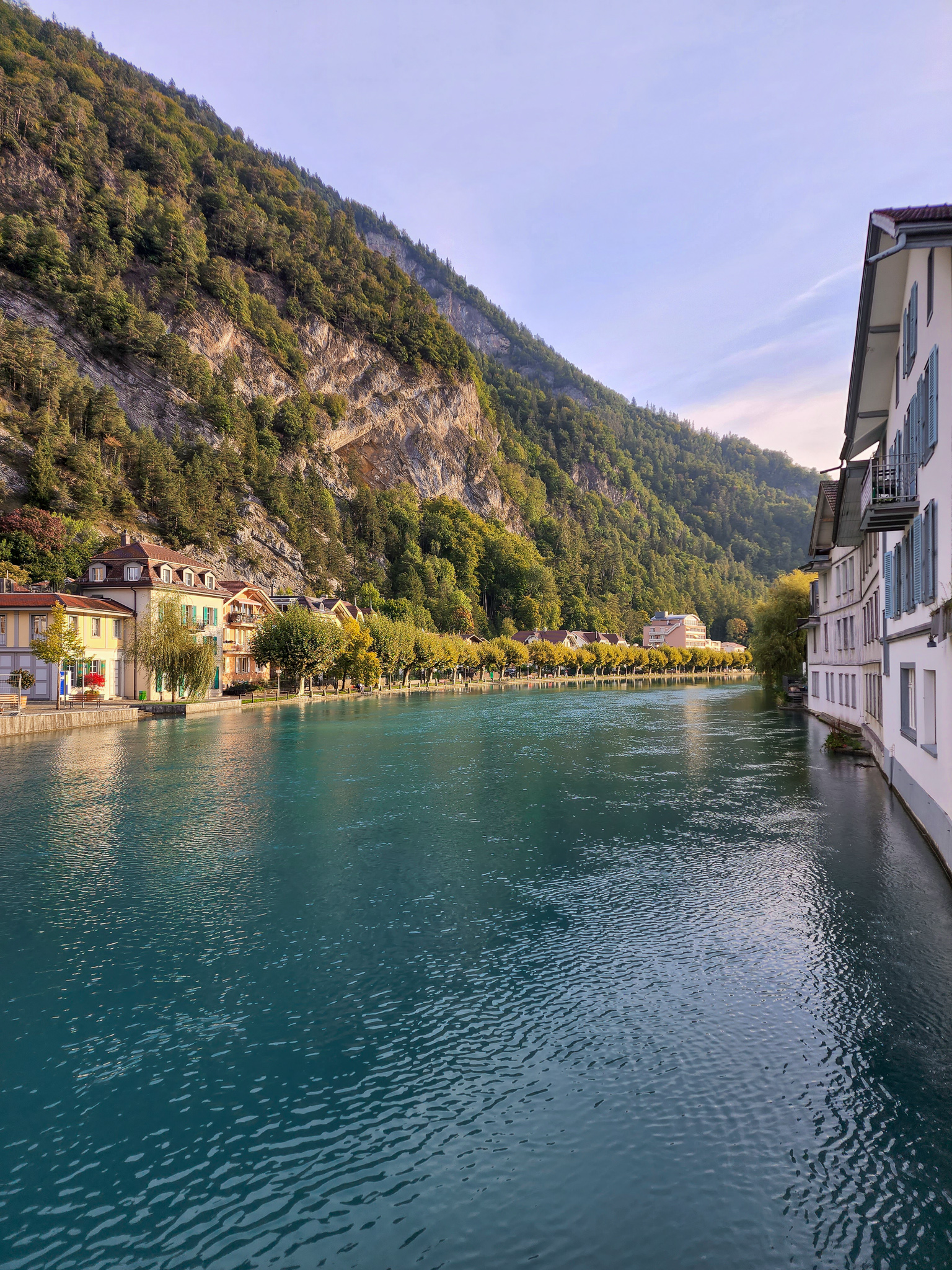
Hiking in the Jungfrau region:
Must do hike: Panoramic Hike from Männlichen to Kleine Scheidegg
If you are looking for the best ‘bang for buck’ hike, the Panoramic Hike should be your pick! Start in the mountain ‘town’ of Männlichen, assessable via cable car from Wengen or Grindelwald (you can also hike up if you’re feeling energetic). The panoramic hike itself takes around 1.5hours and is relatively flat, offering views of the mountains and Grindelwald valley.
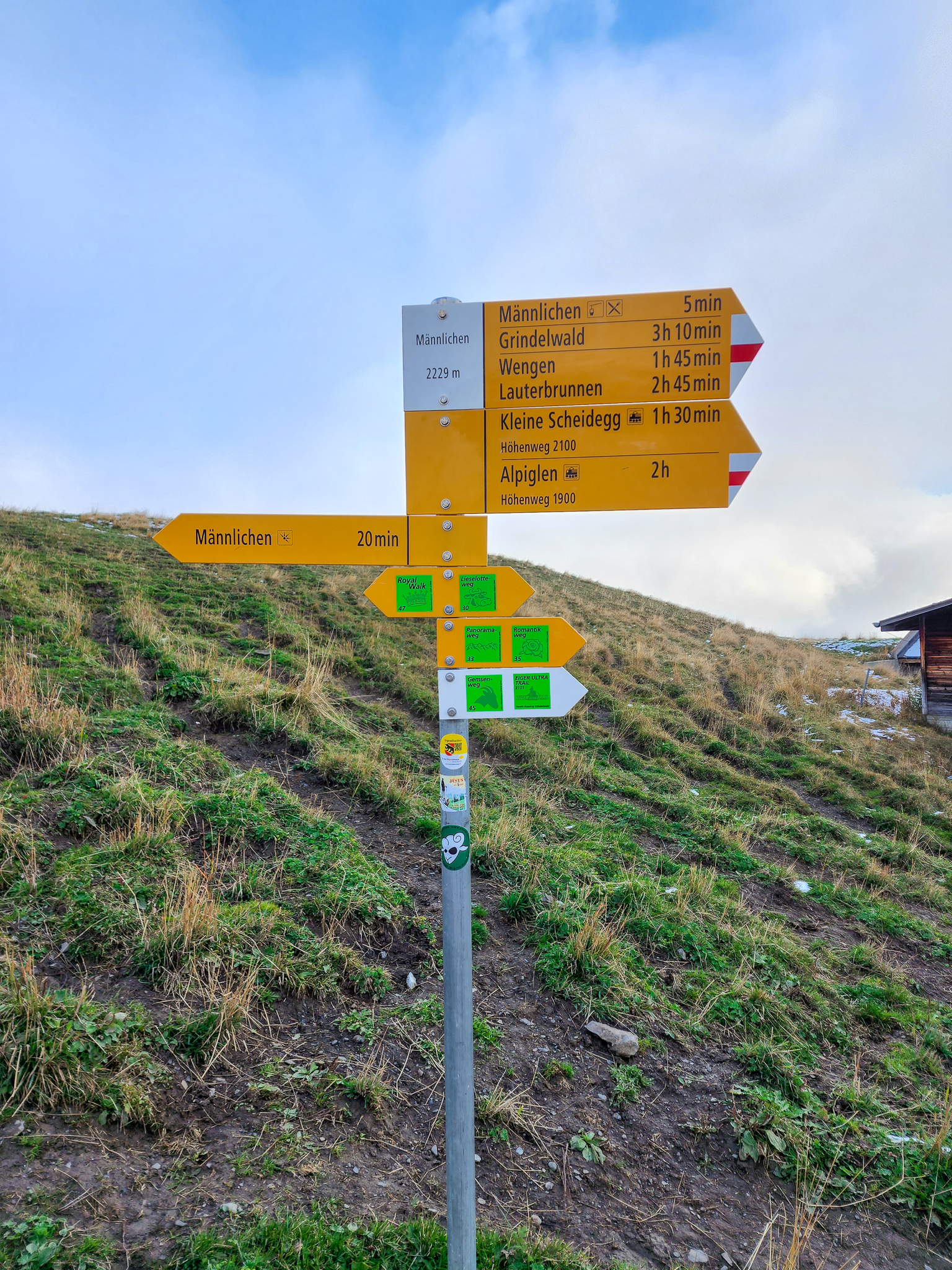
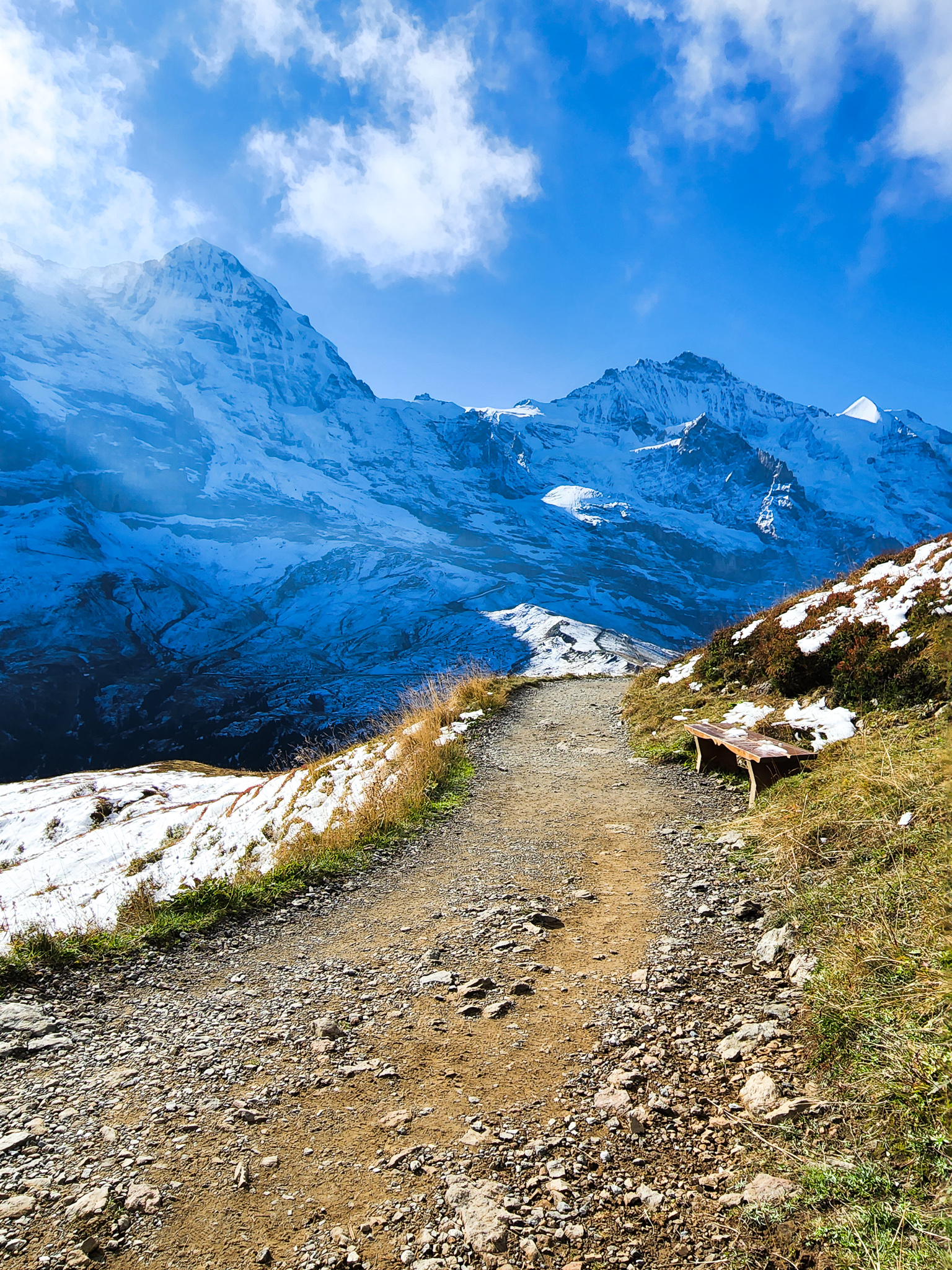
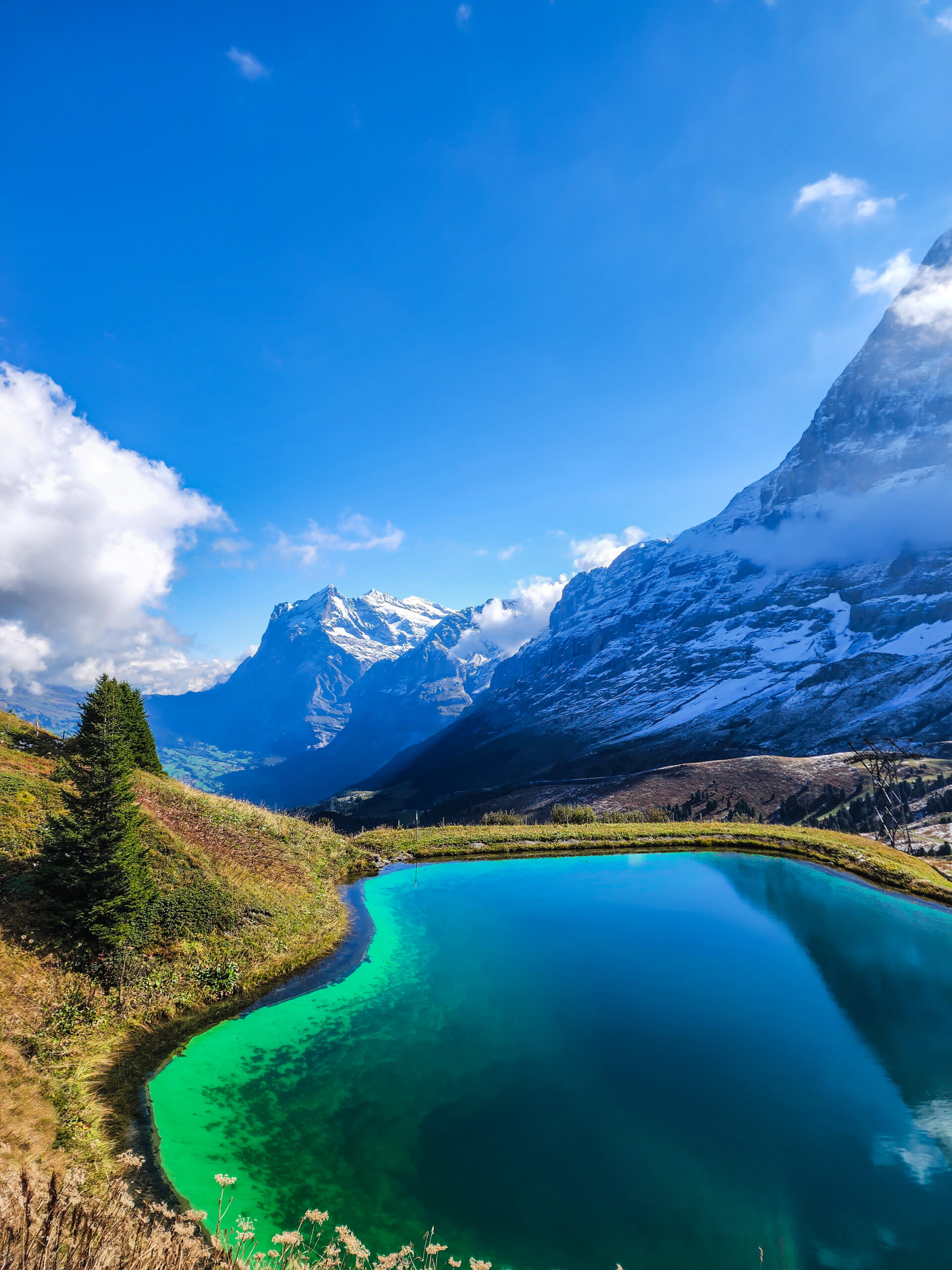
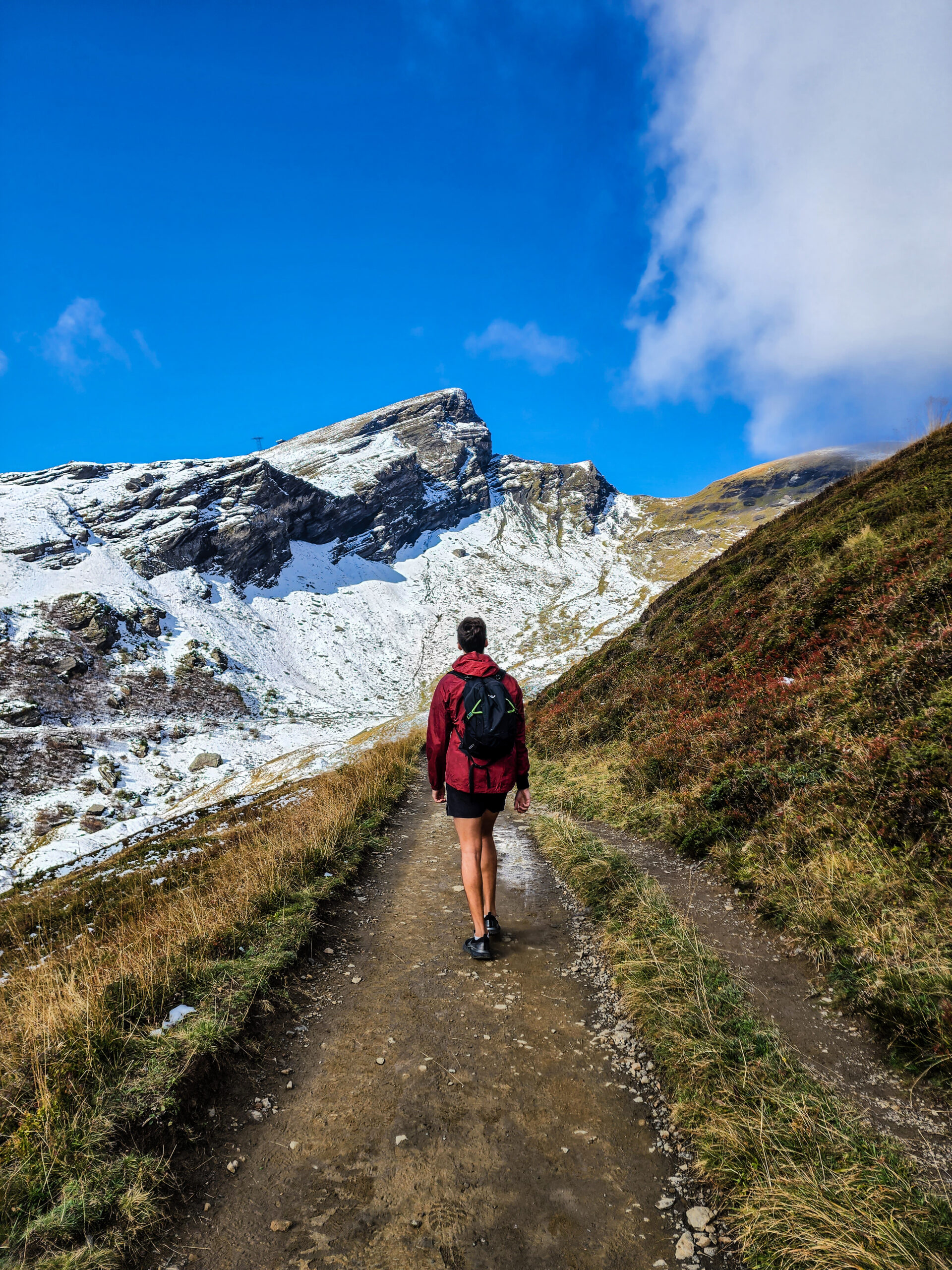
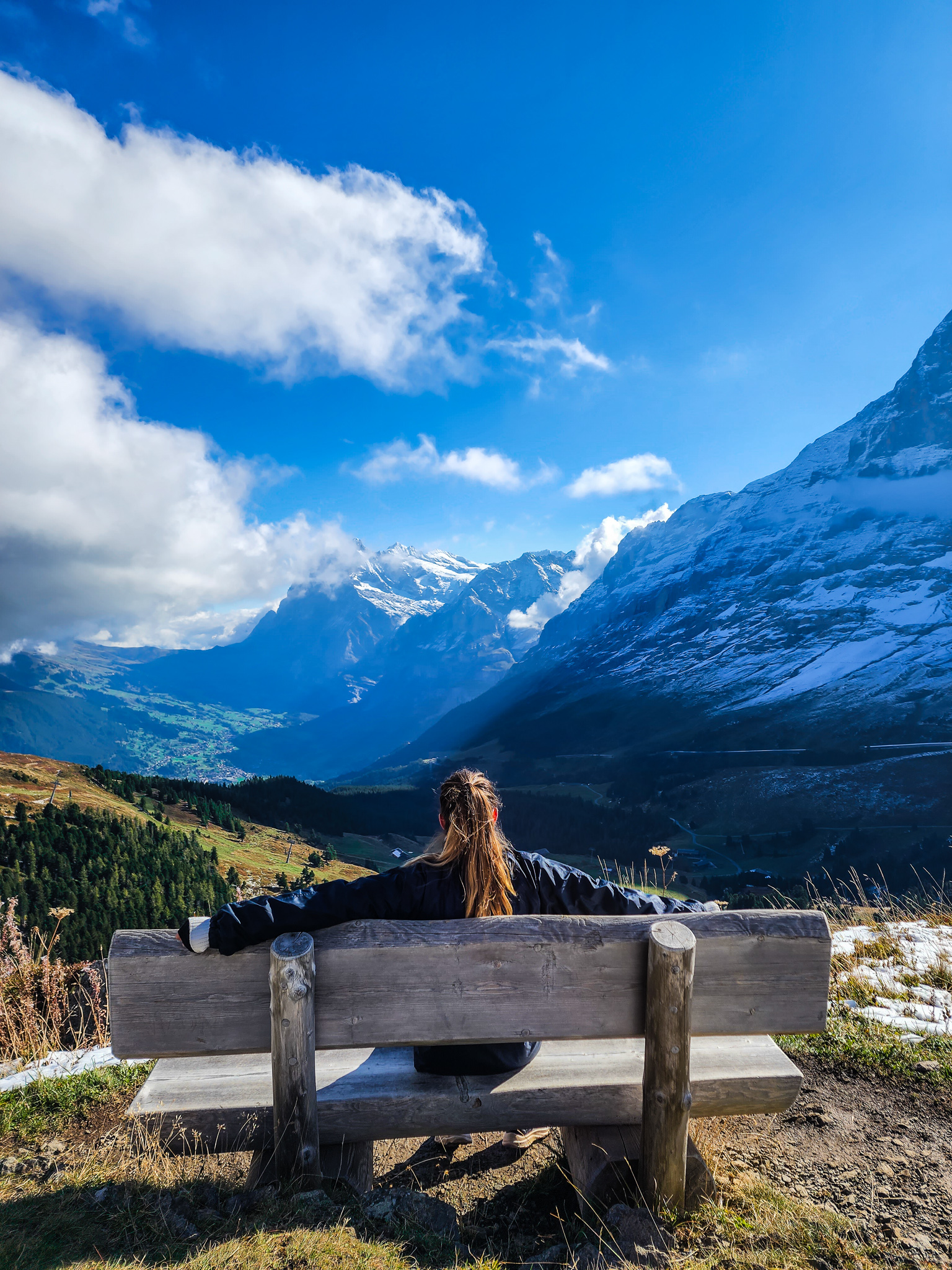
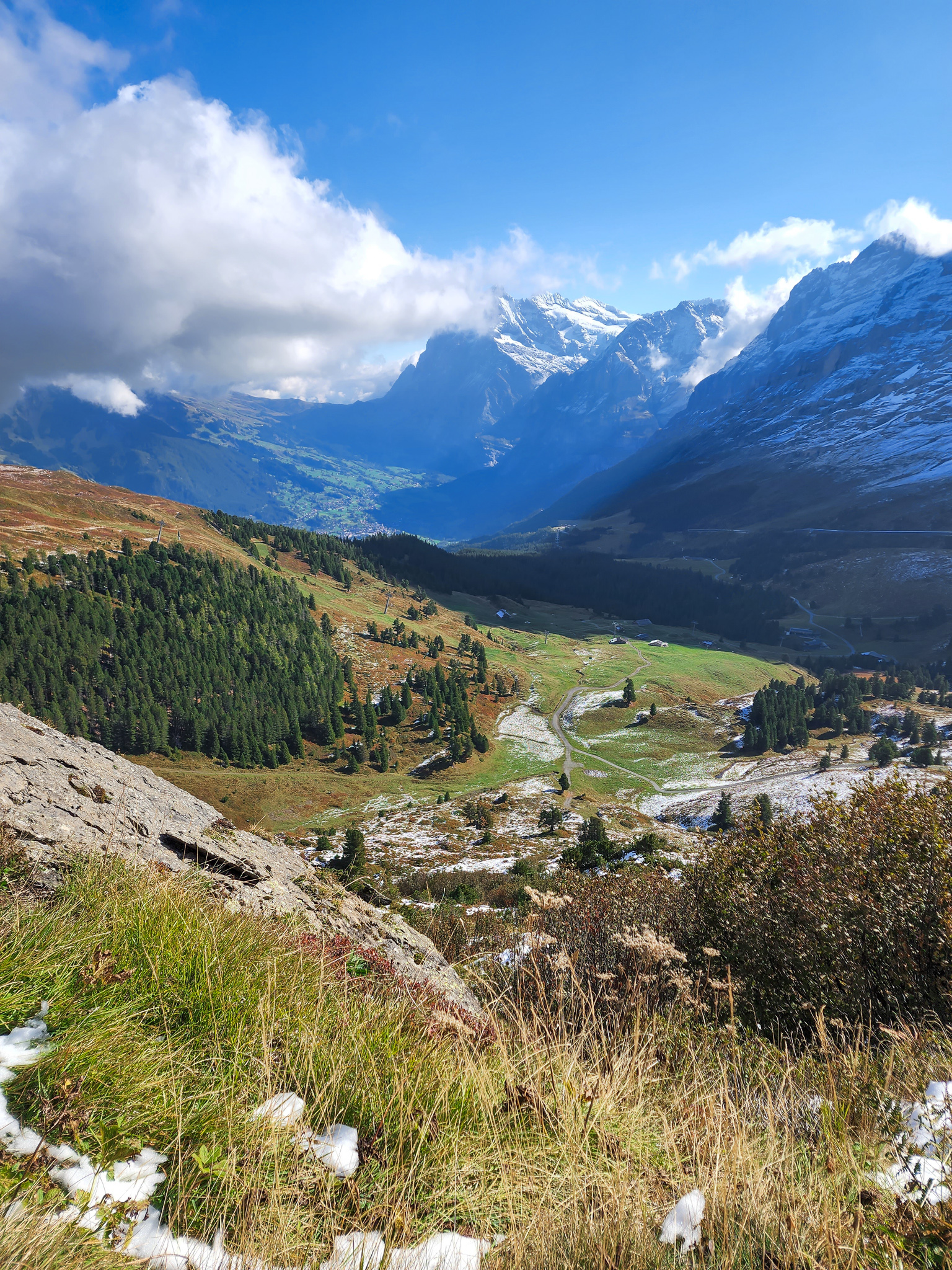
Arriving at Kleine Scheidegg you have the option of a train back down, or a further hike up to Eigergletcher. This hike is around another hour, and has much more elevation (~300m). If you are physically able, we definitely recommend adding it on. The part of the hike takes you much closer to the mountains, and offers great views of Murren and the Lauterbrunnen valley. You can then take the scenic cable car down from Eigergletcher to Grindelwald.
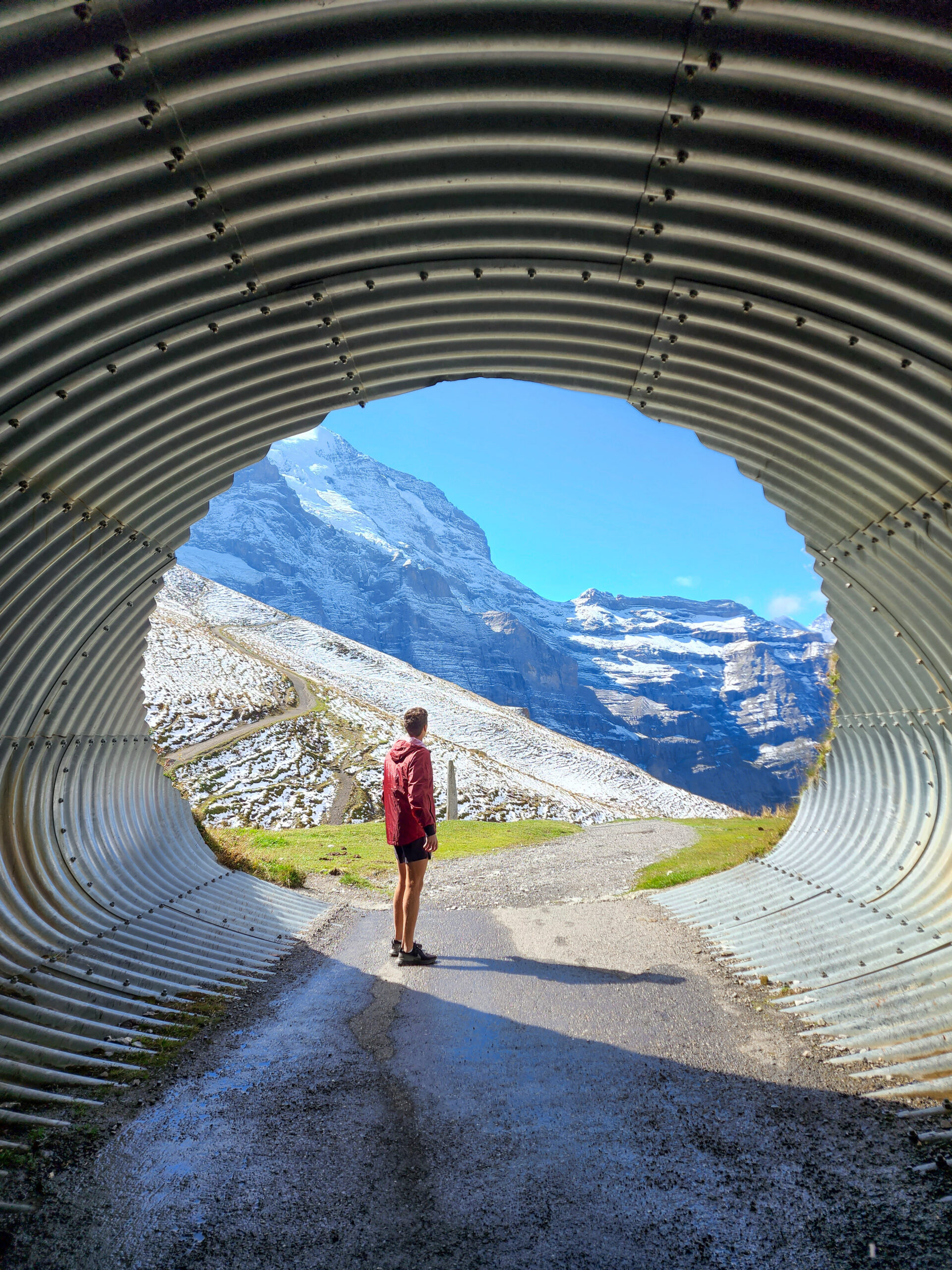
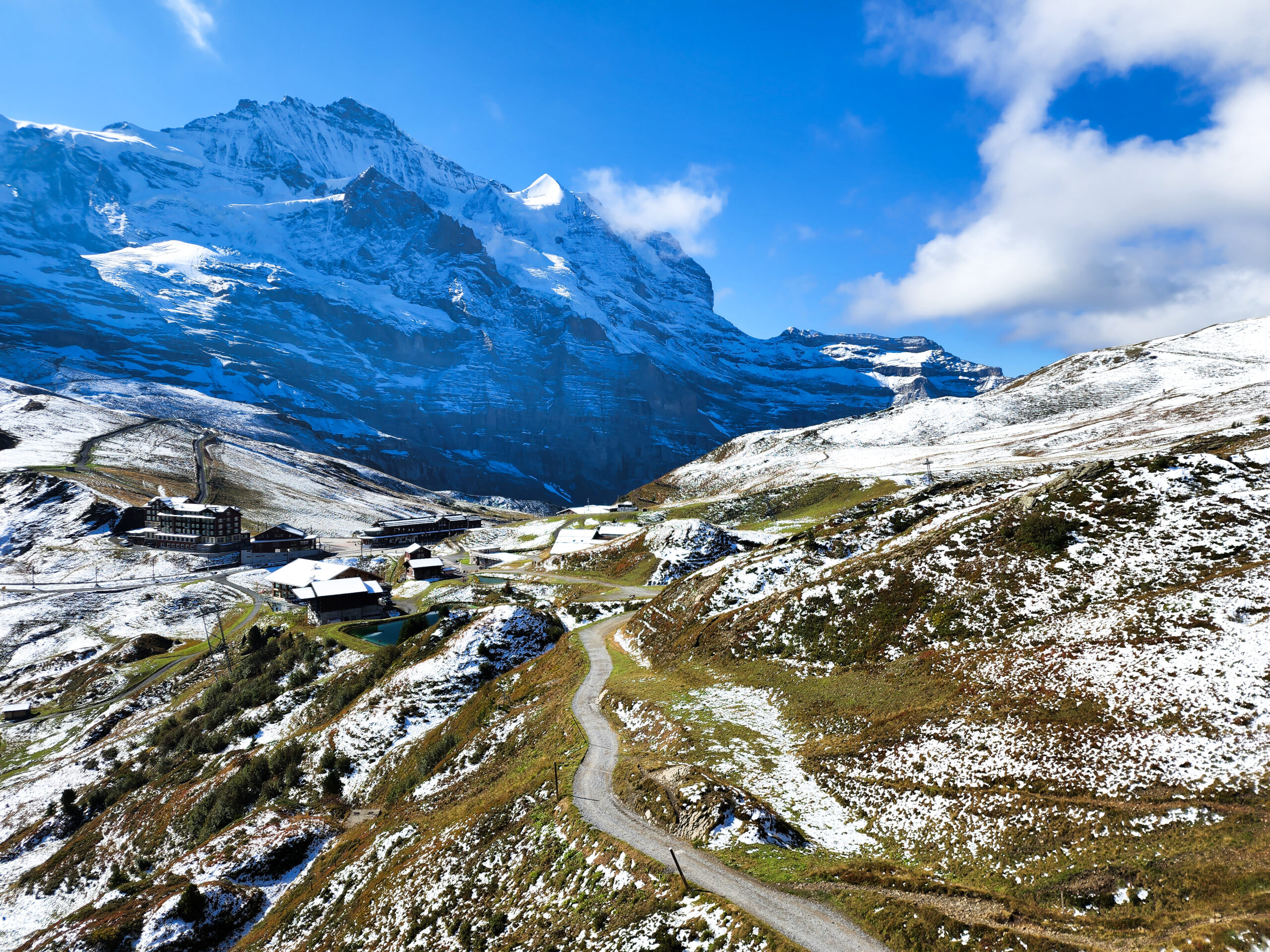
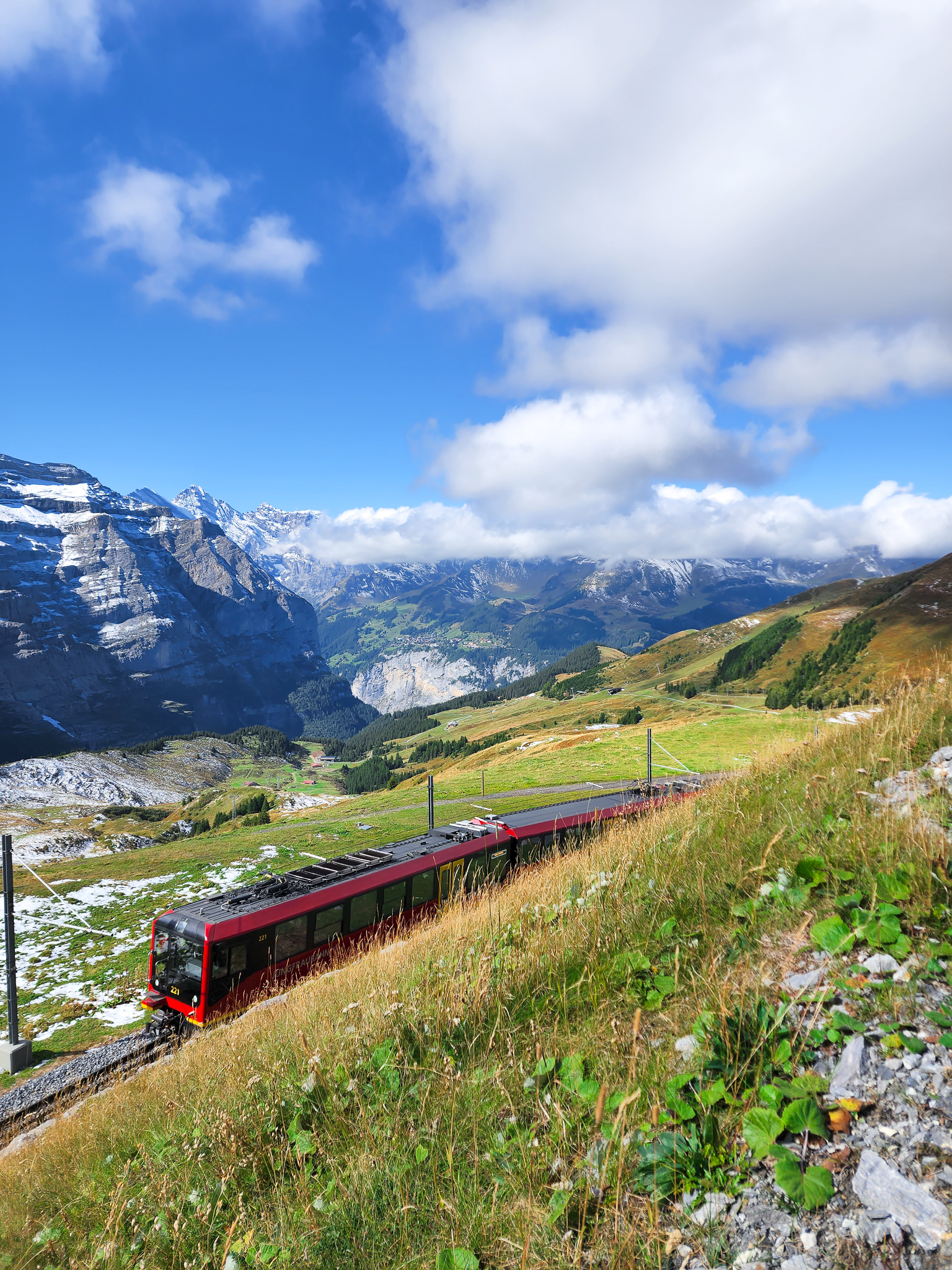
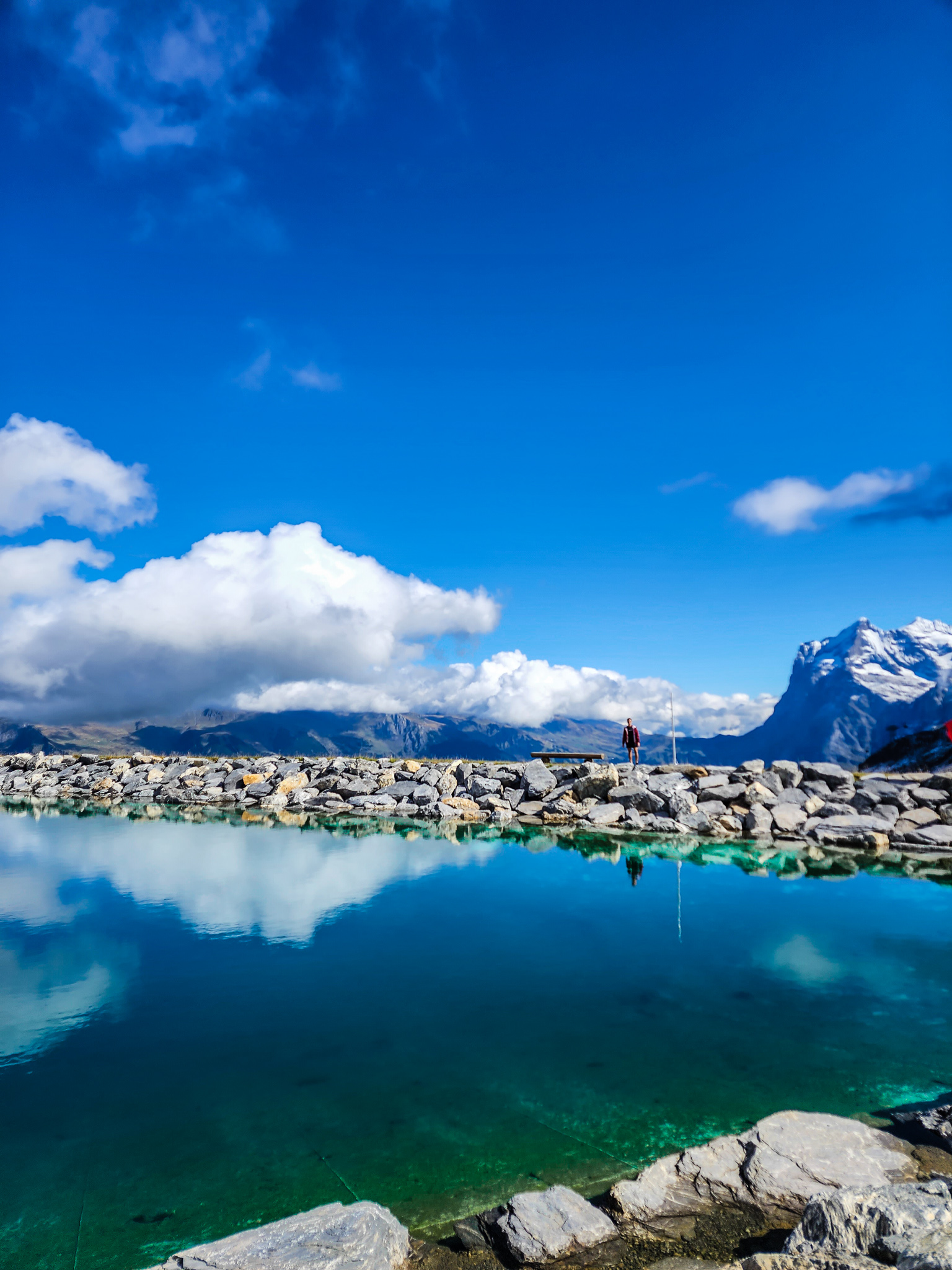
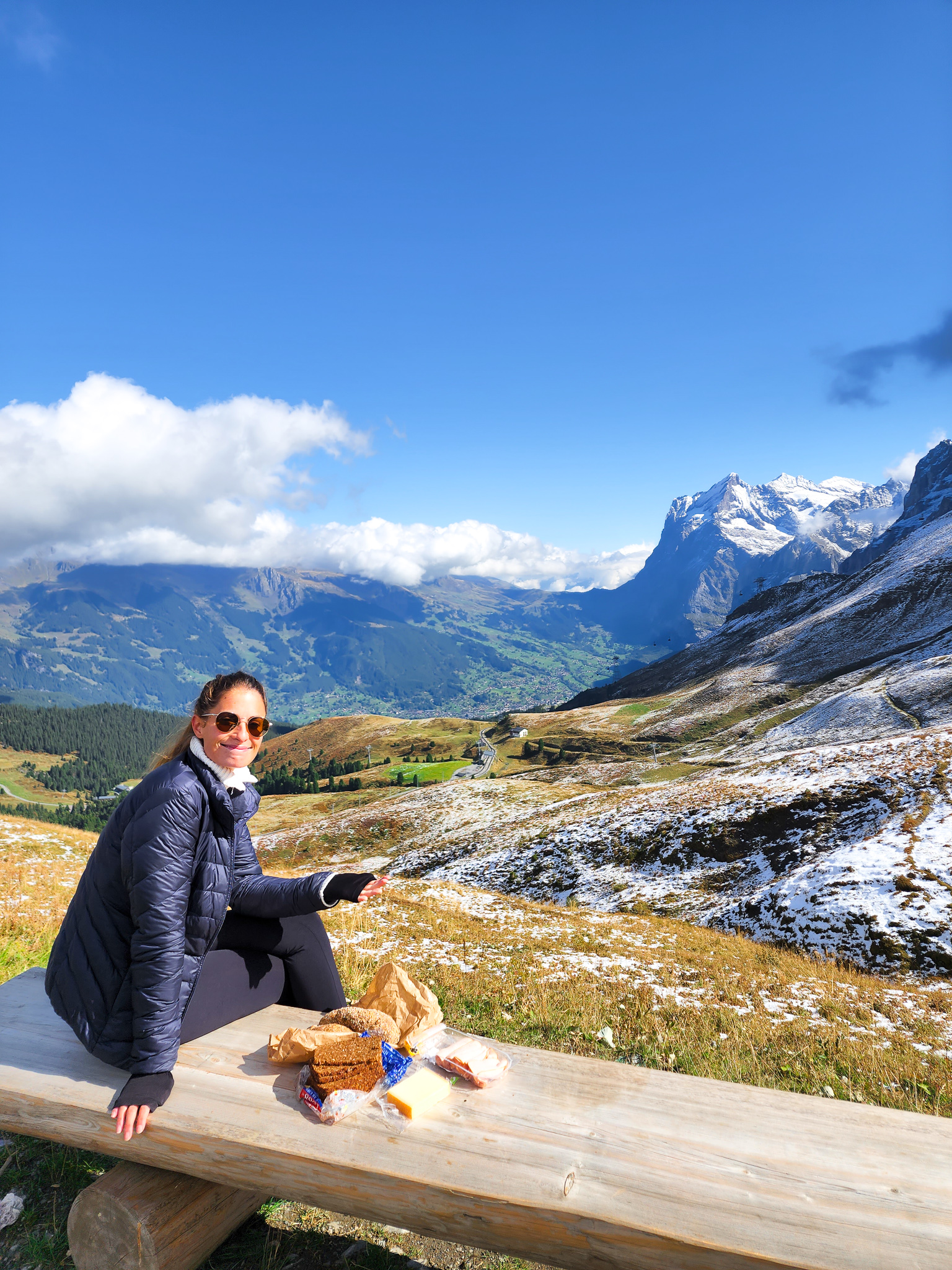
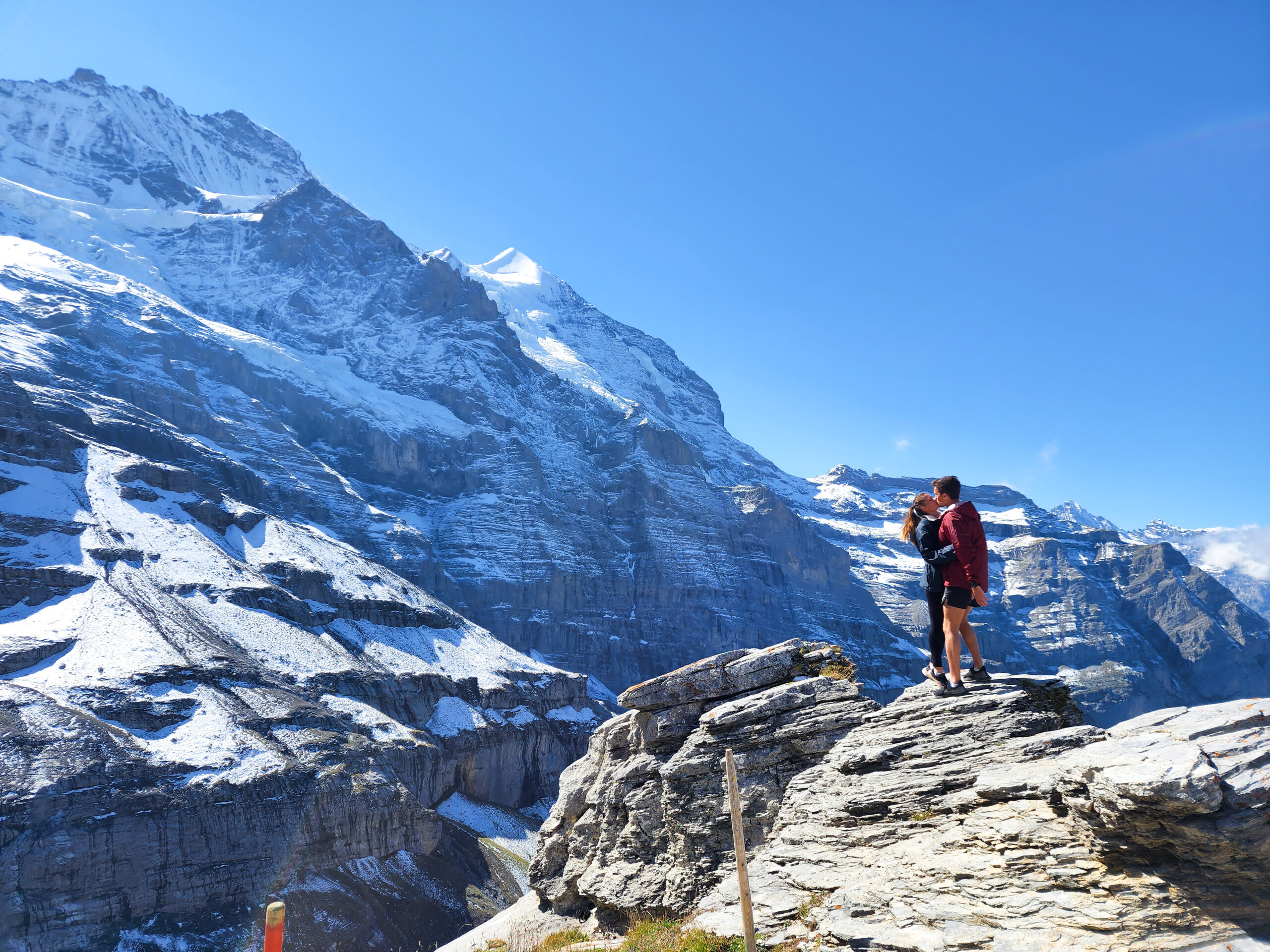
TOP PICK: Oeschinensee
This hike only narrowly misses our on being our number 1 pick due to it’s location. Whilst the Panoramic Hike is situated in the heart of Jungfrau, Oeschinensee is around 1 hour away. Located near Kandersteg, a gondola will take you up the mountain. From here you can hike an easy 25-35 minutes to Oechinen Lake, with further challenging hikes available around the edges of the bright blue lake. Getting to Kandersteg by car is the easiestoption, however trains do run to the region. Check out highlights and further recommendations here.
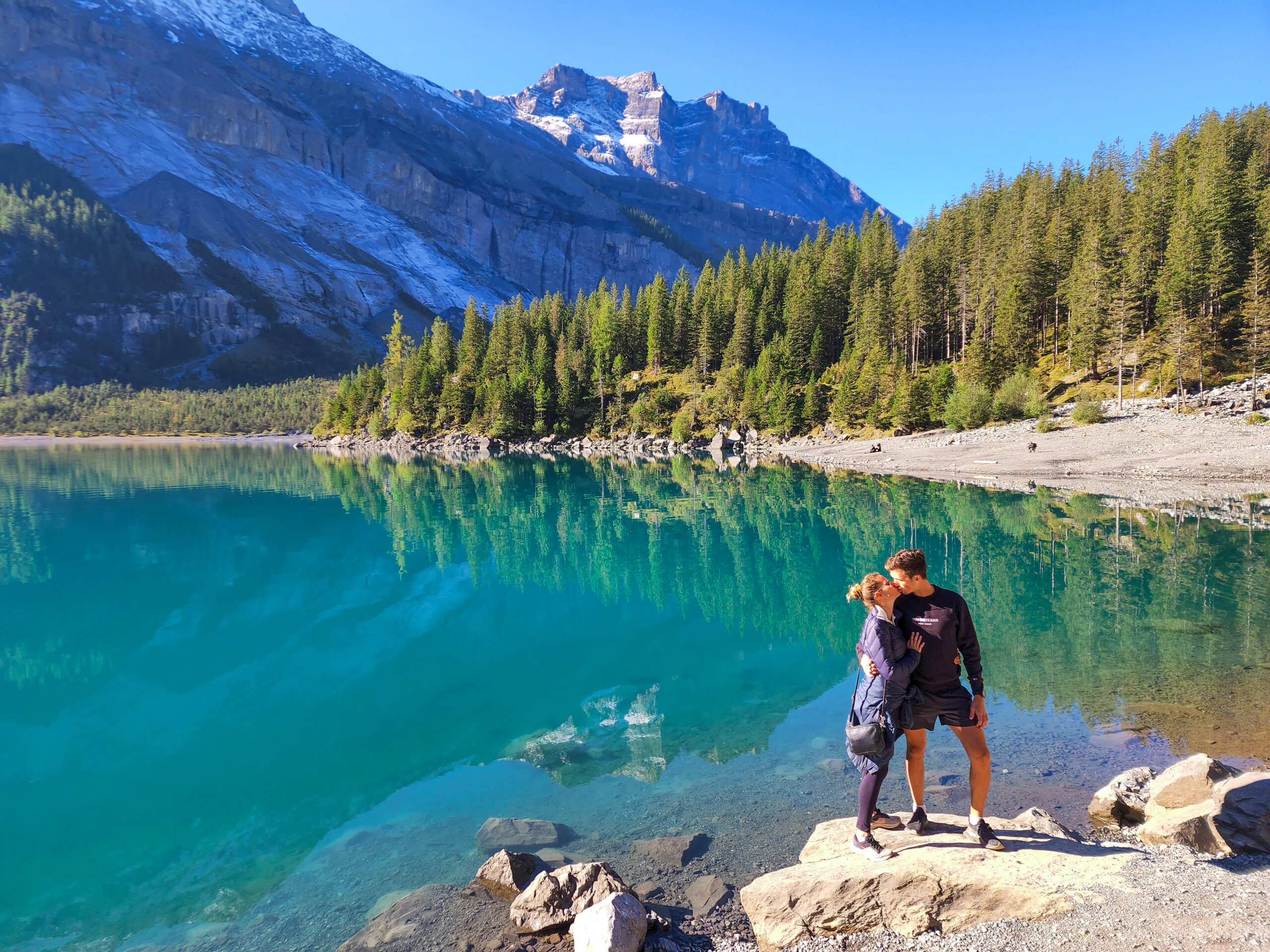
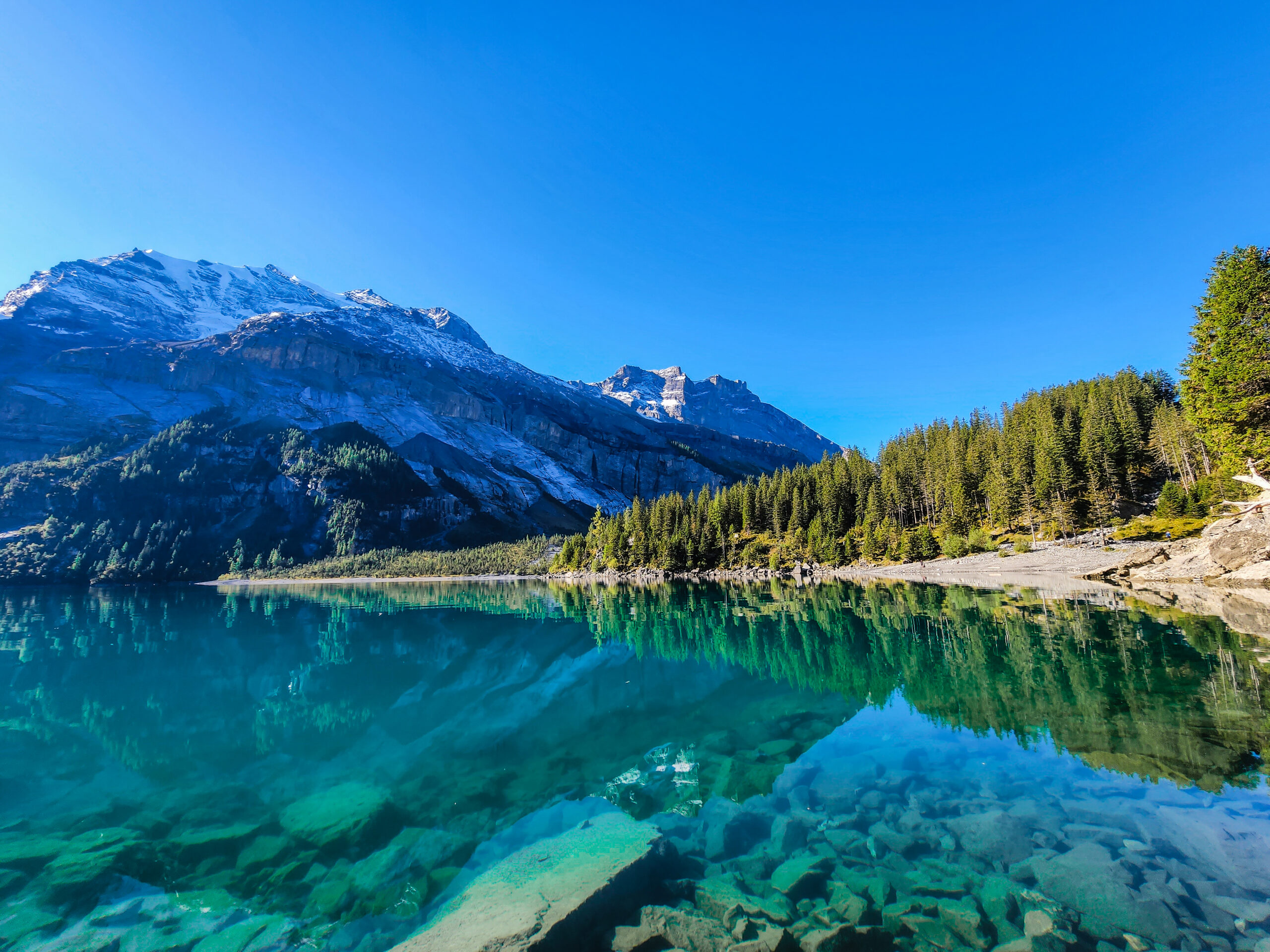
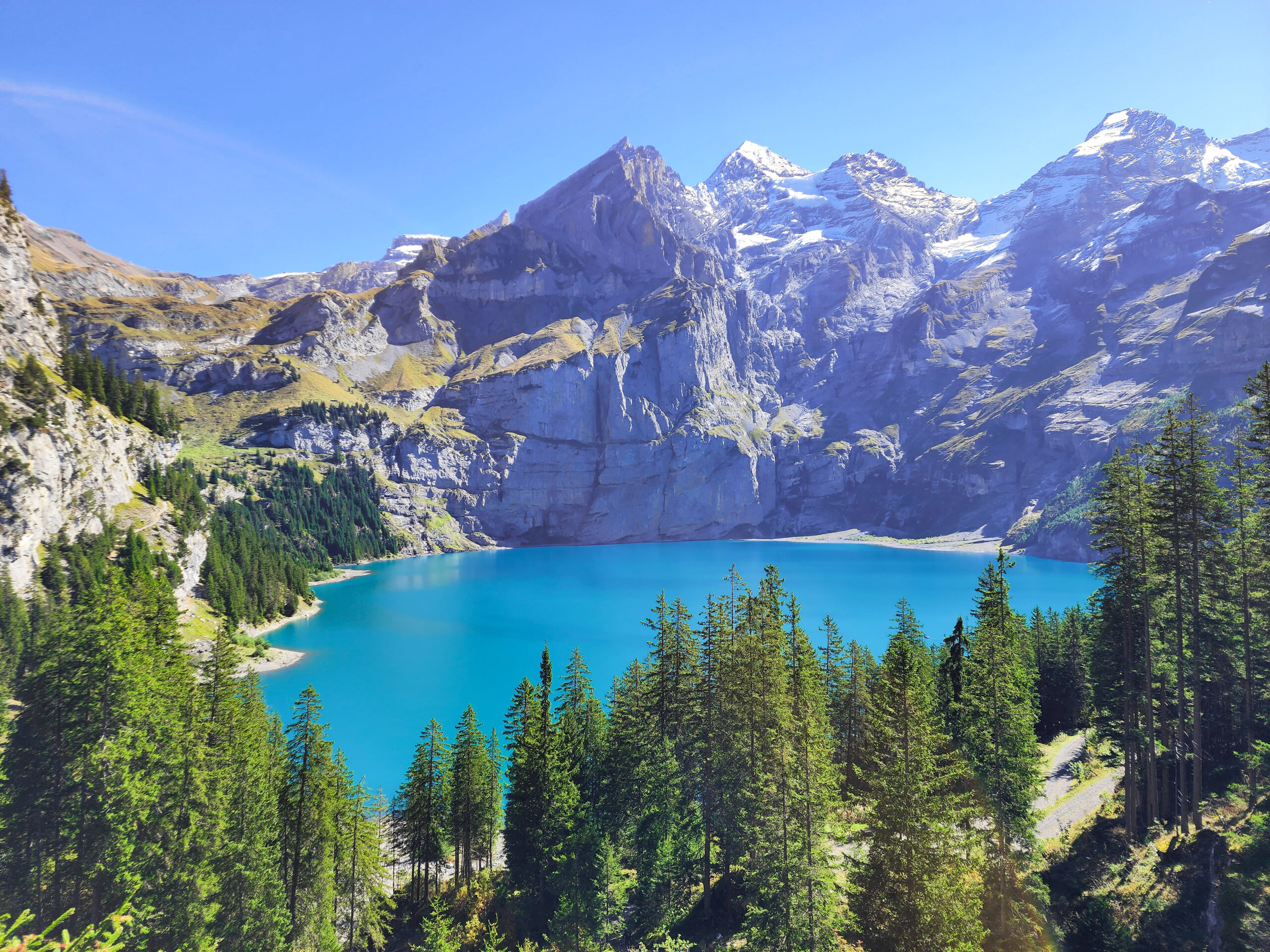
Other top hike recommendations:
Grindelwald to First to Bachalpsee:
The hike from First to Lake Bachalpsee was incredible and one of our favourites in the region. The views on the cable car up the mountain were out of this world, whilst the walk up to the lake was calm and scenic. The lakes themselves at Bachalpsee were postcard worthy. The hike from the top of the gondola at first to Bachalpsee was around 1 hour (1.5-2hours return). We walked later in the day, which was perfect for the afternoon sun (however be aware of the last cable car time down the mountain which changes depending on the season).
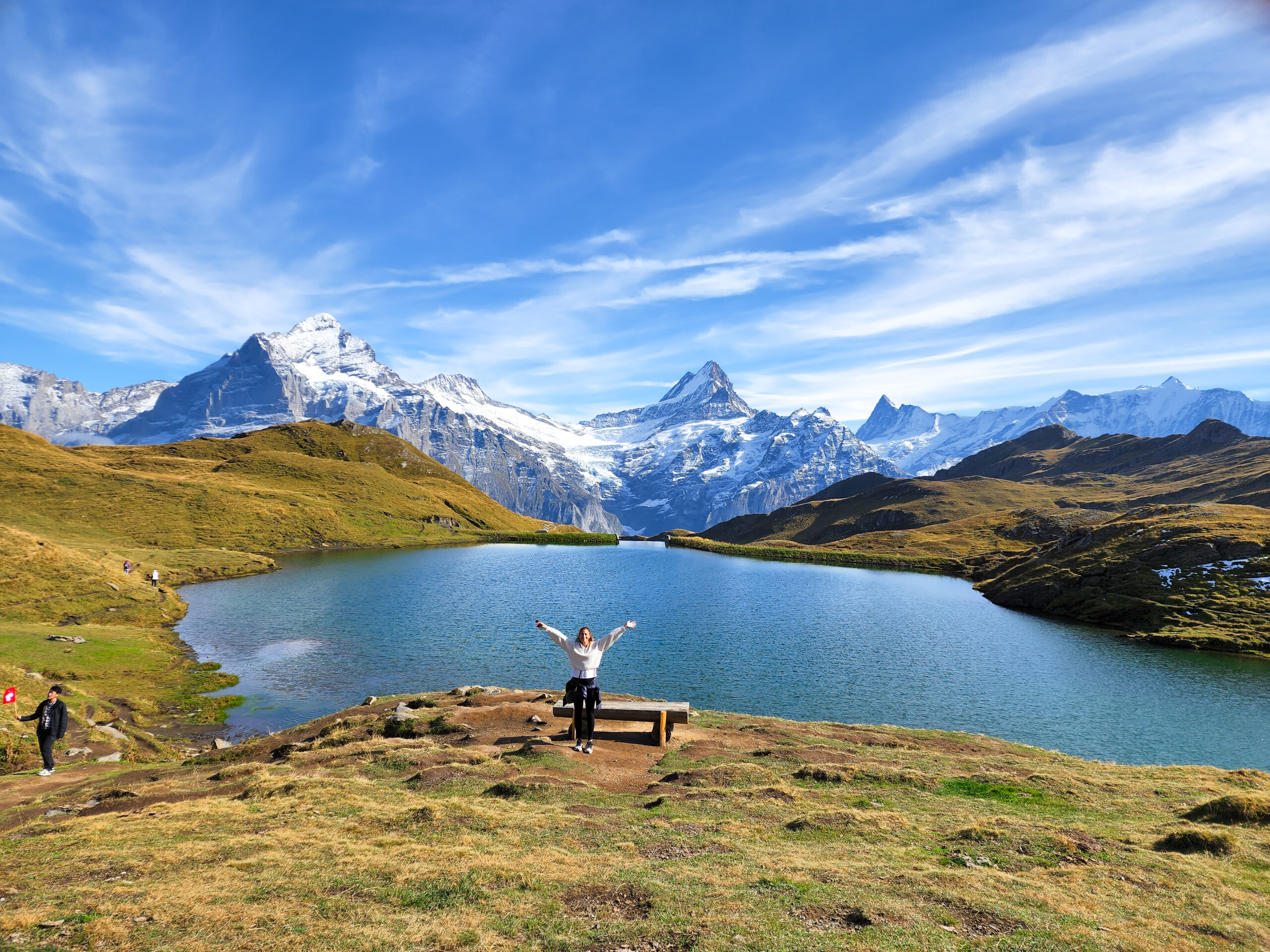
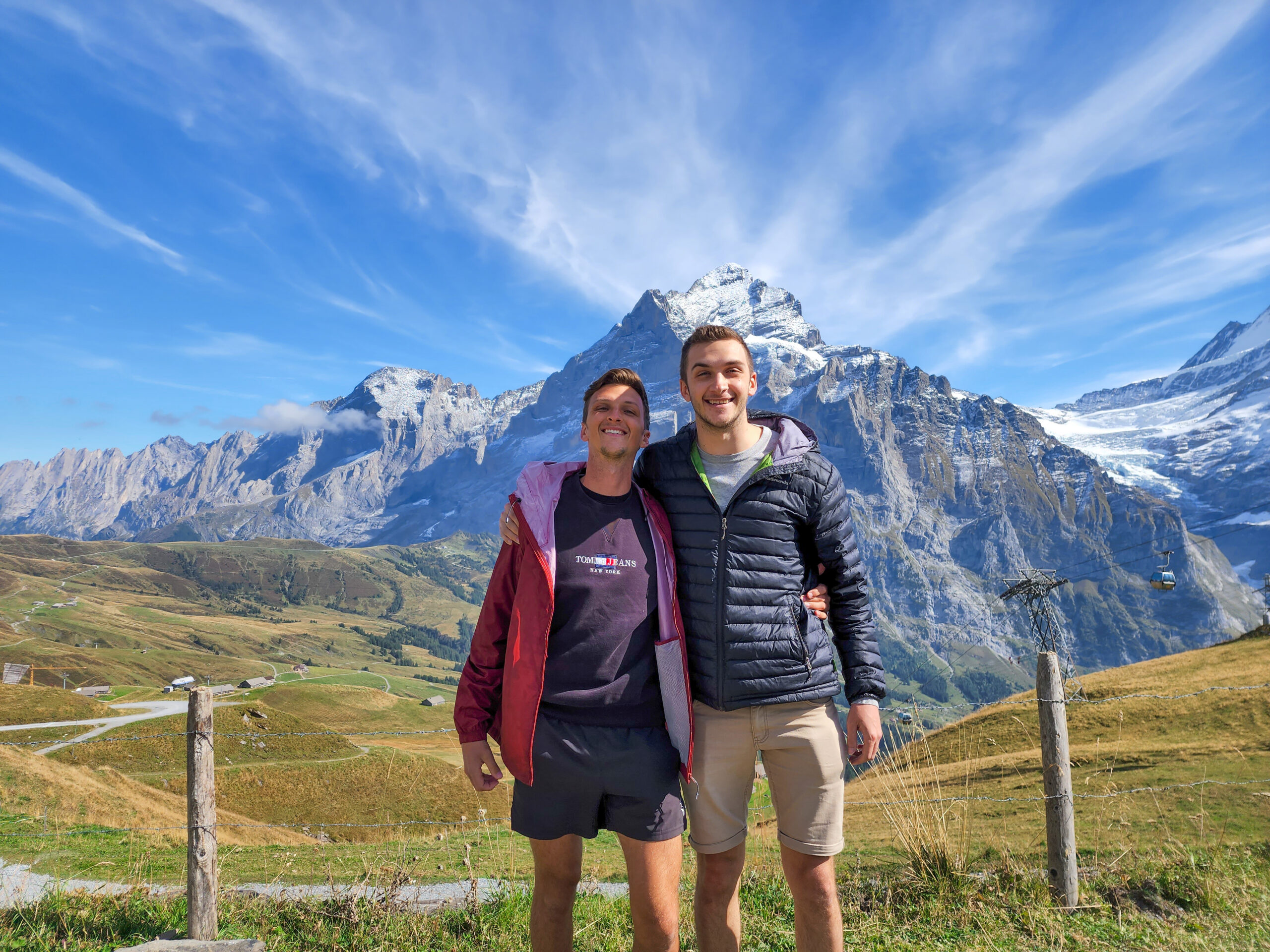
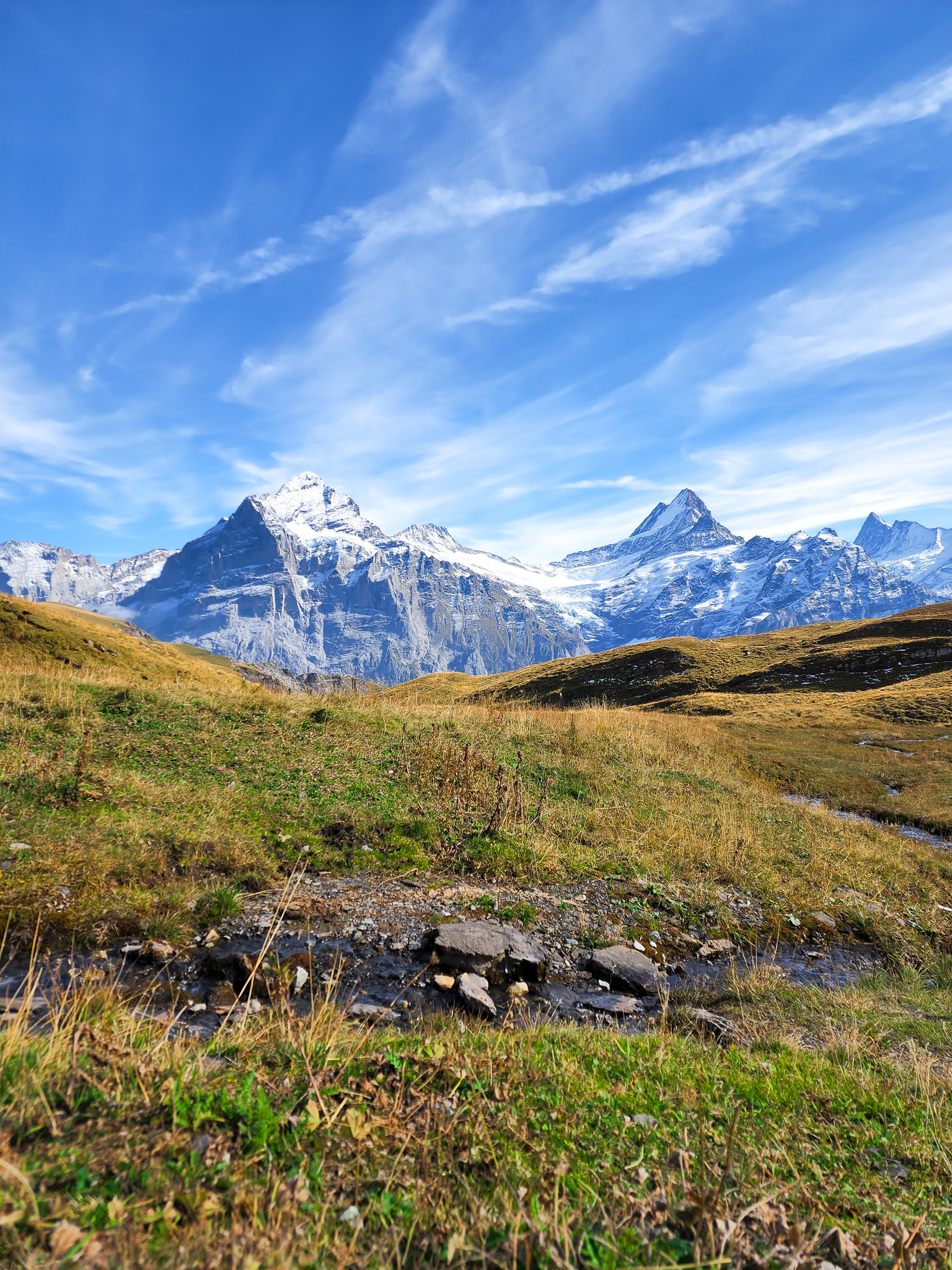
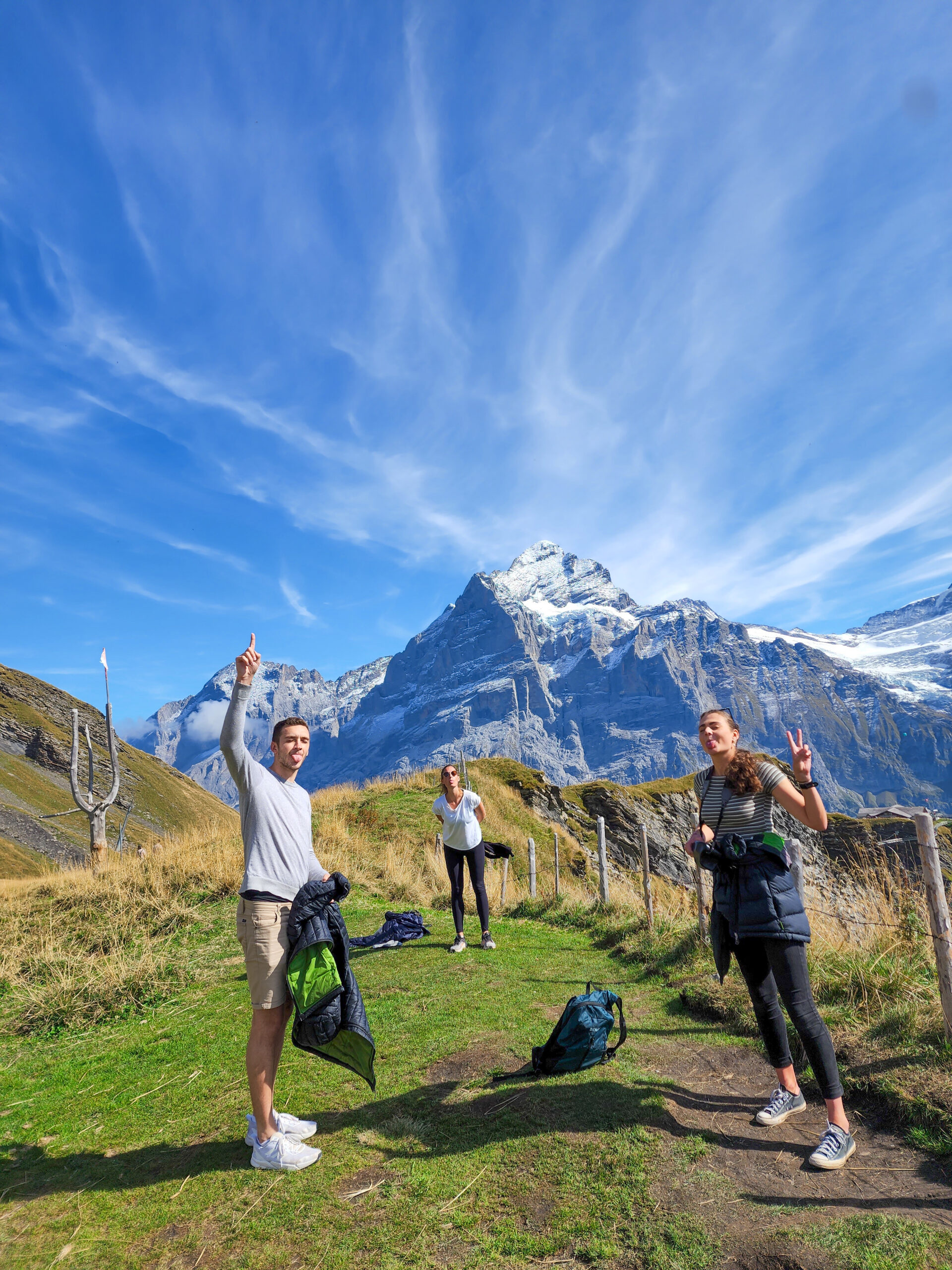
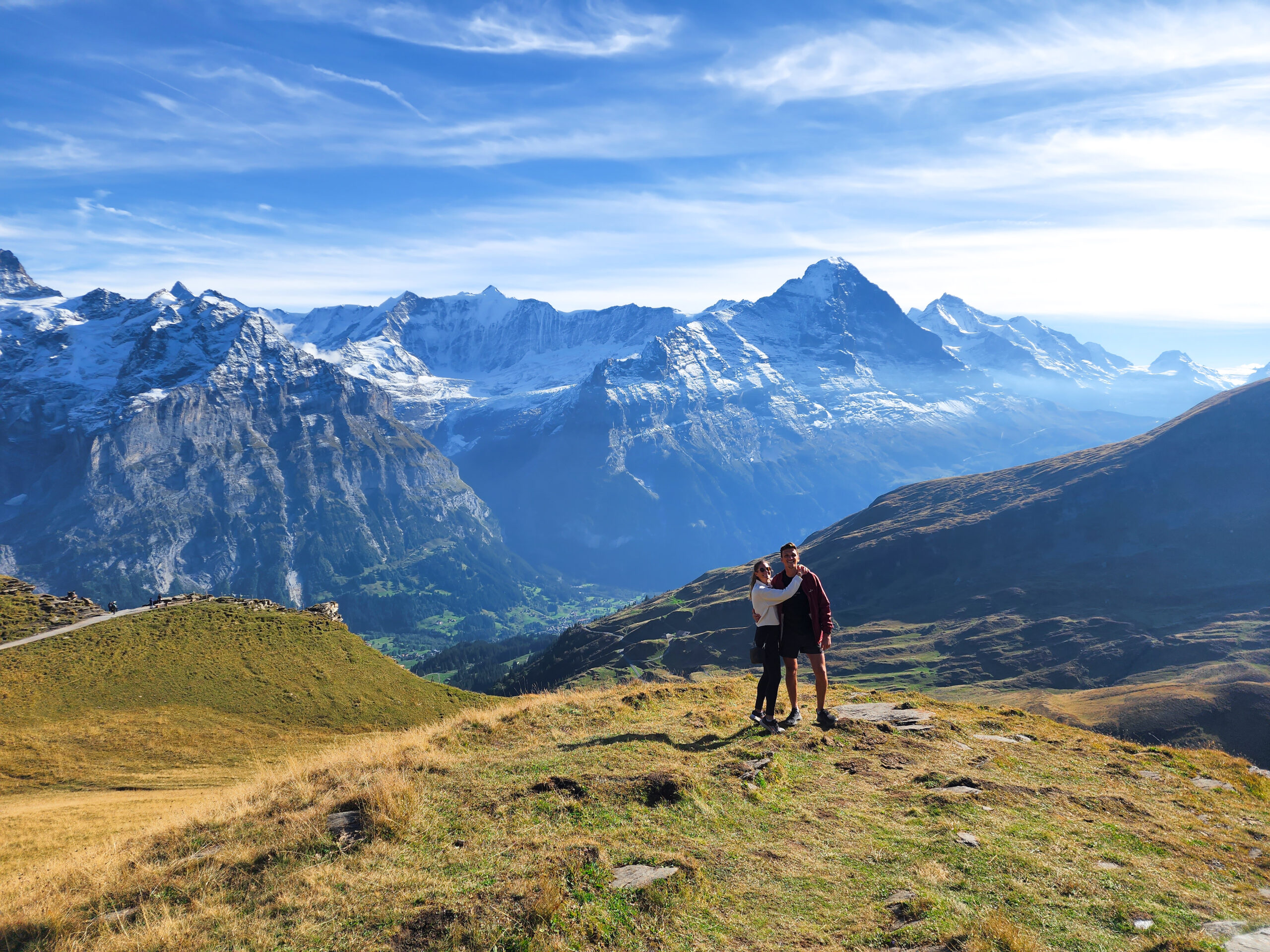
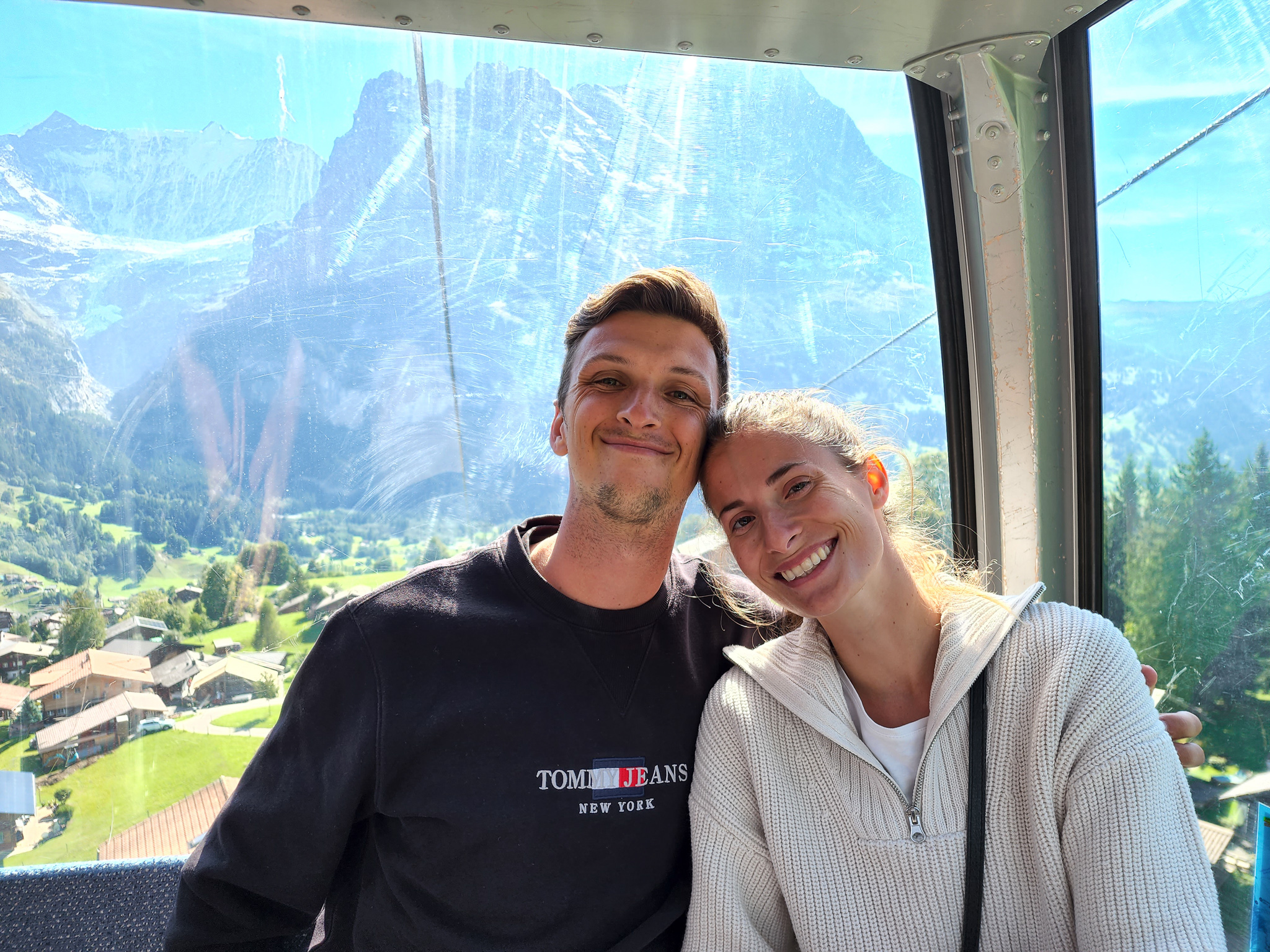
We also enjoyed the First Cliff Walk, a free edge bridge along the edge of the mountain adjacent to the cable car station.
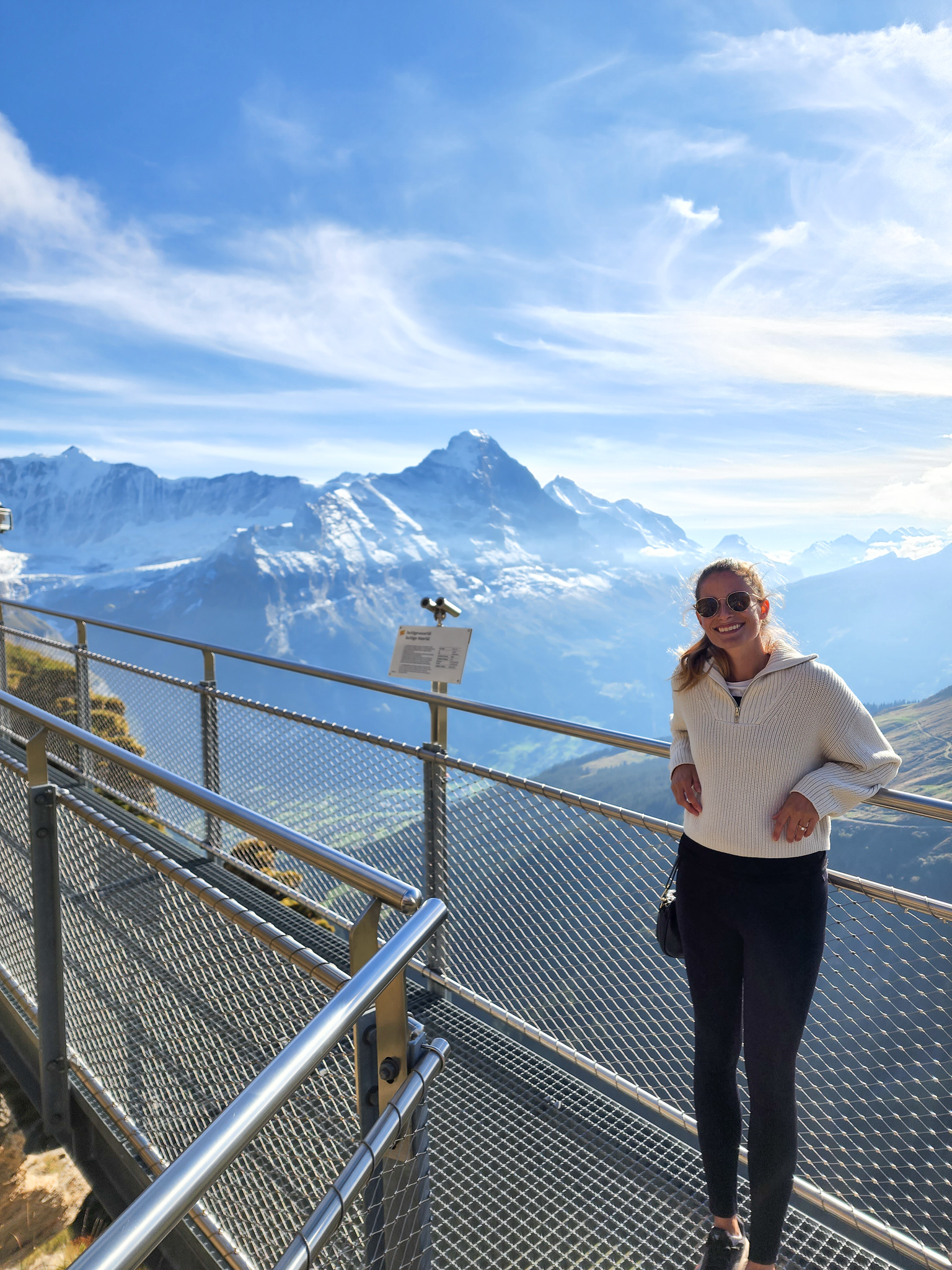
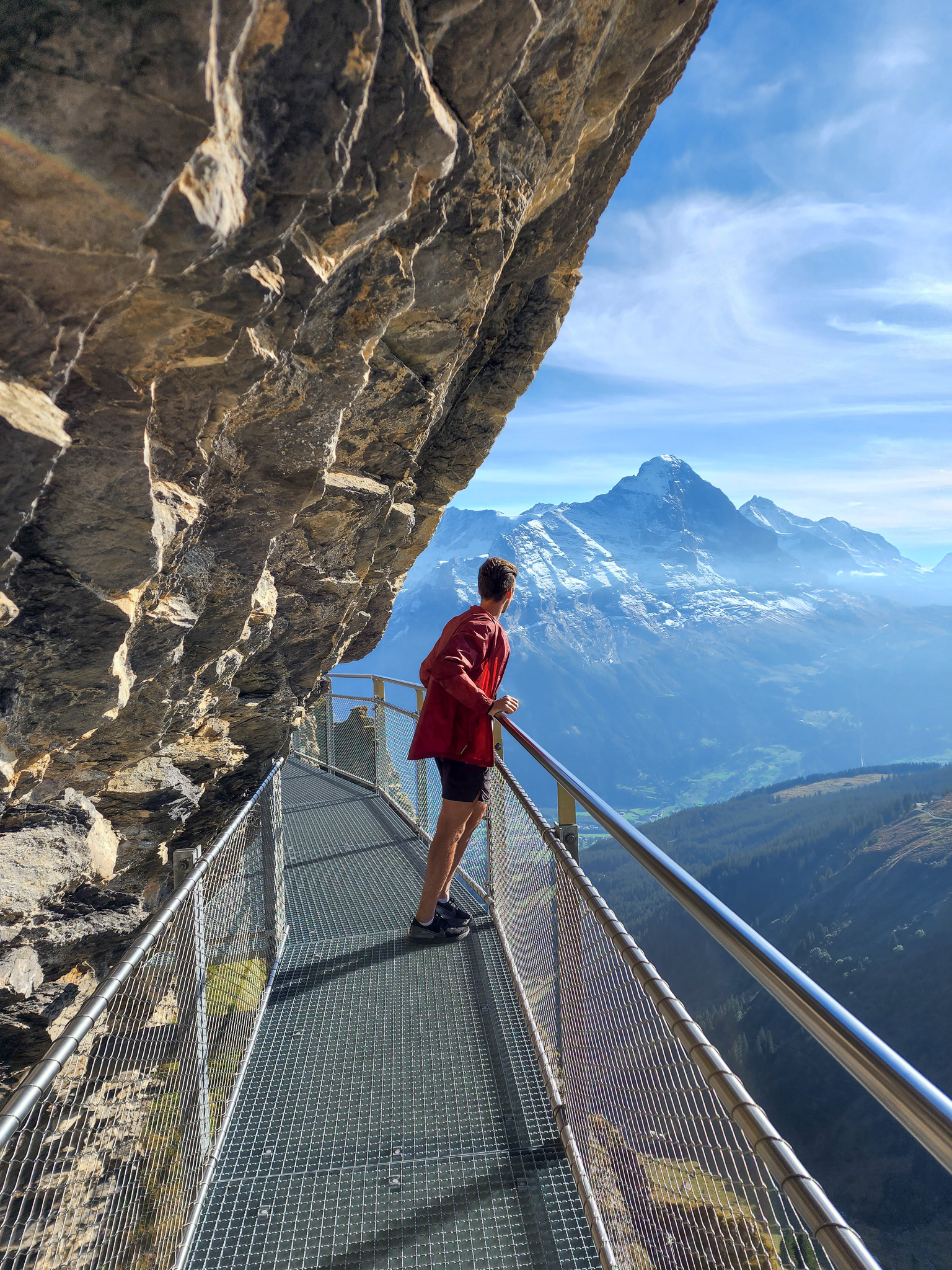
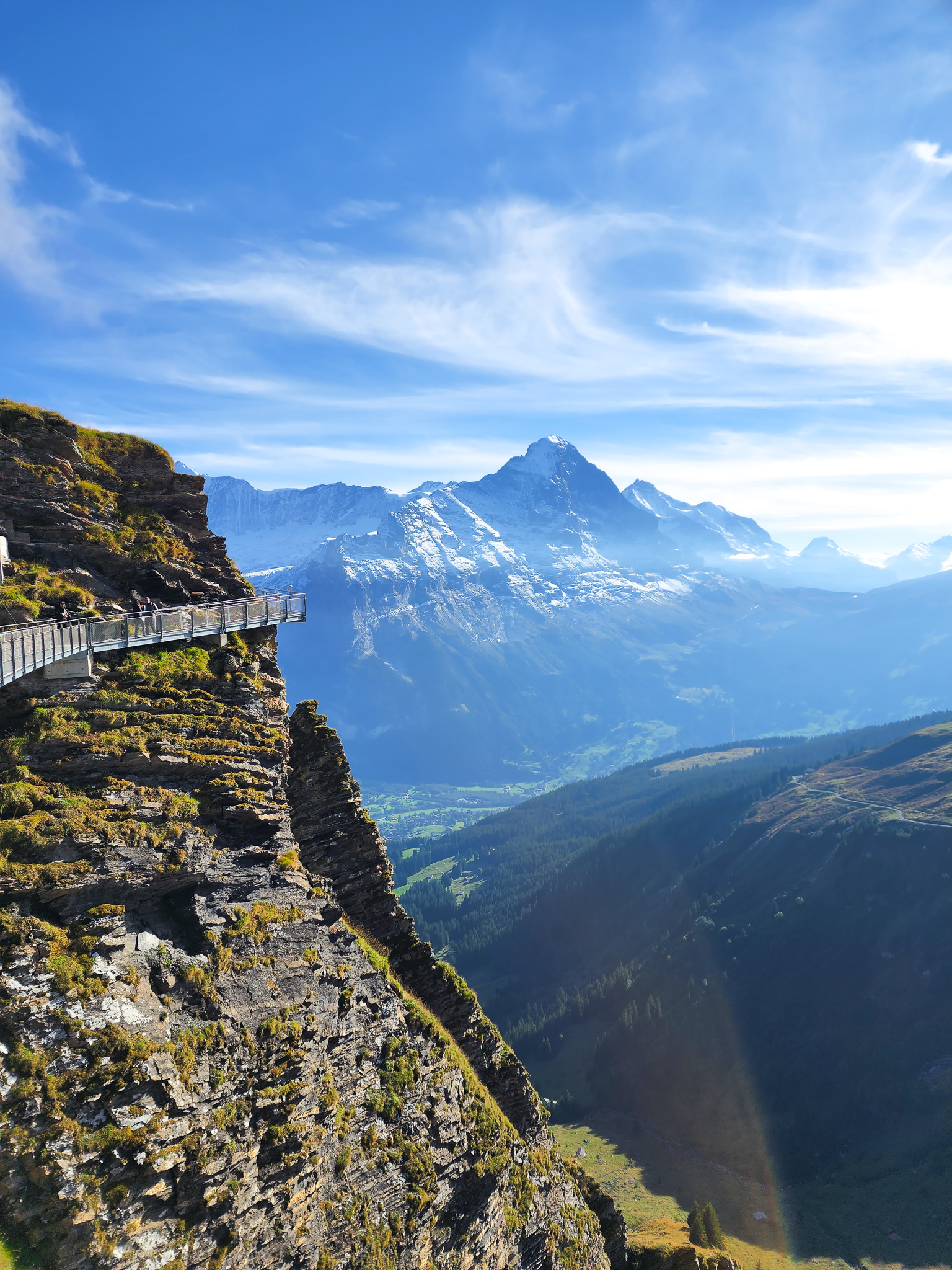
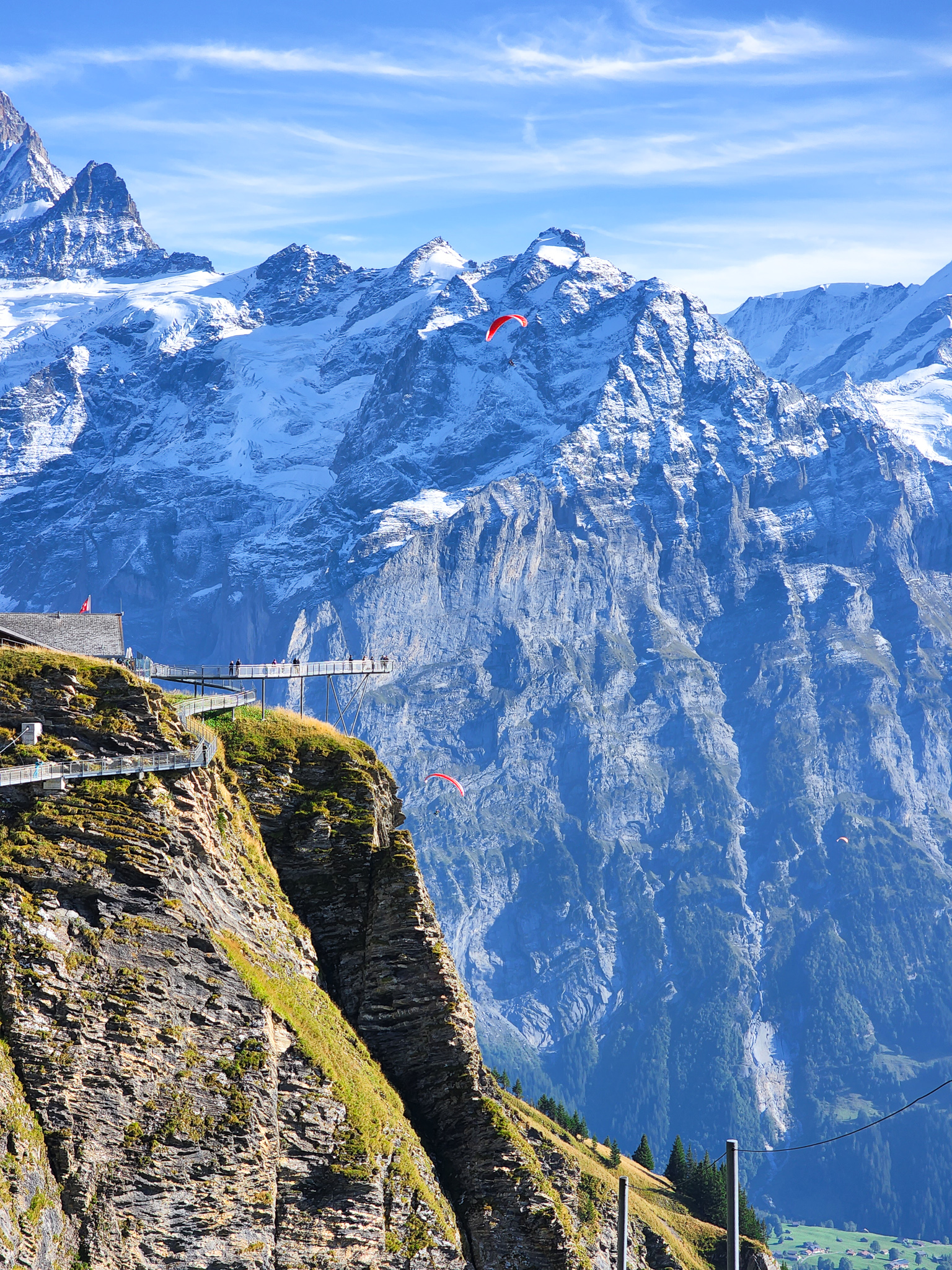
Grutschalp to Murren:
We hiked the trail from Grutschalp to Murren, wandering through the forest and admiring the views of Wengen and Lauterbrunnen Valley. This was a short hike (~1-1.5hours), but one we definitely enjoyed. When you arrive in Murren, stop at Cafe Liv and relax before either catching a cable car up the mountain, or hiking further to Gimmelwald (see below).
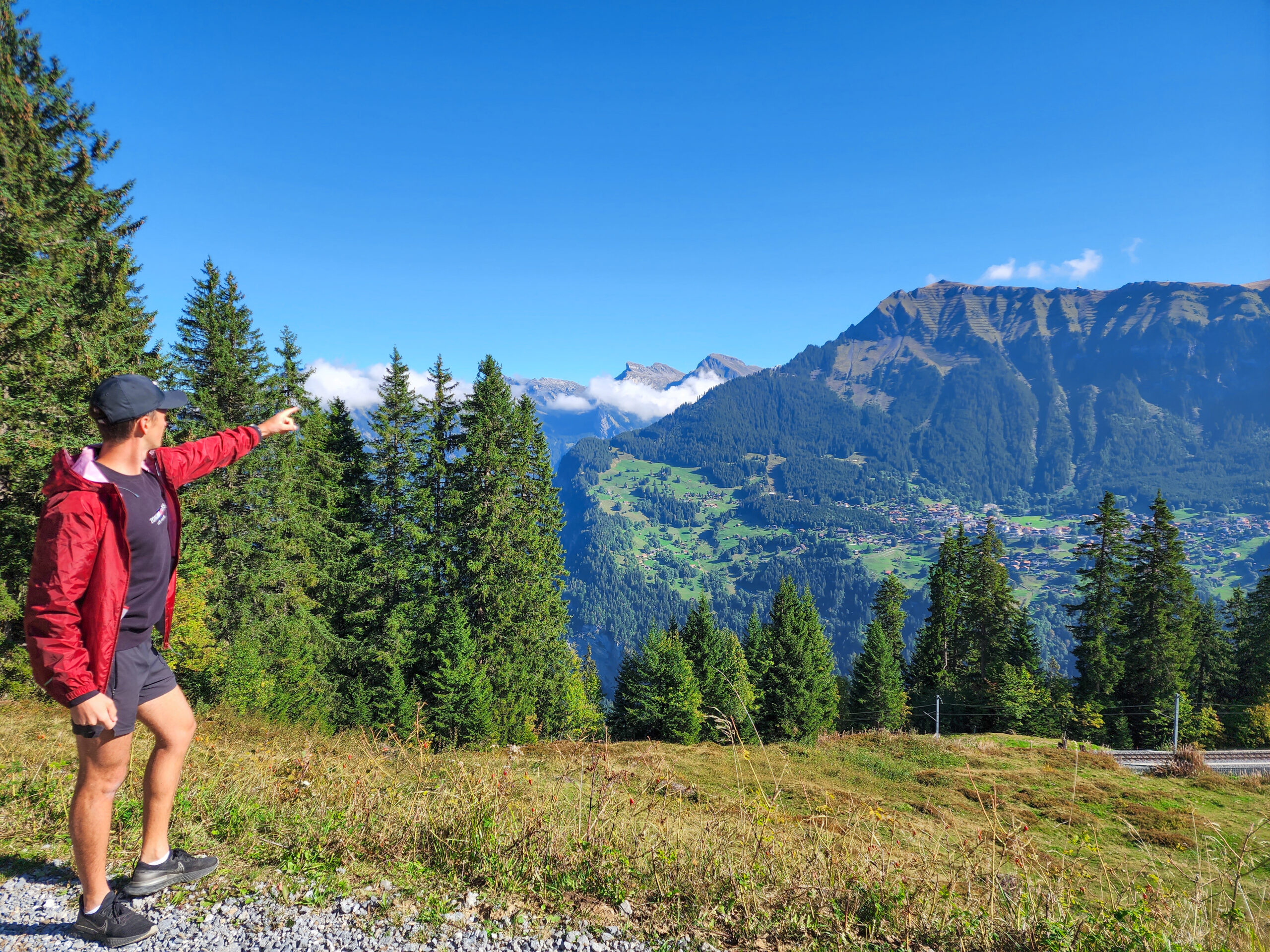
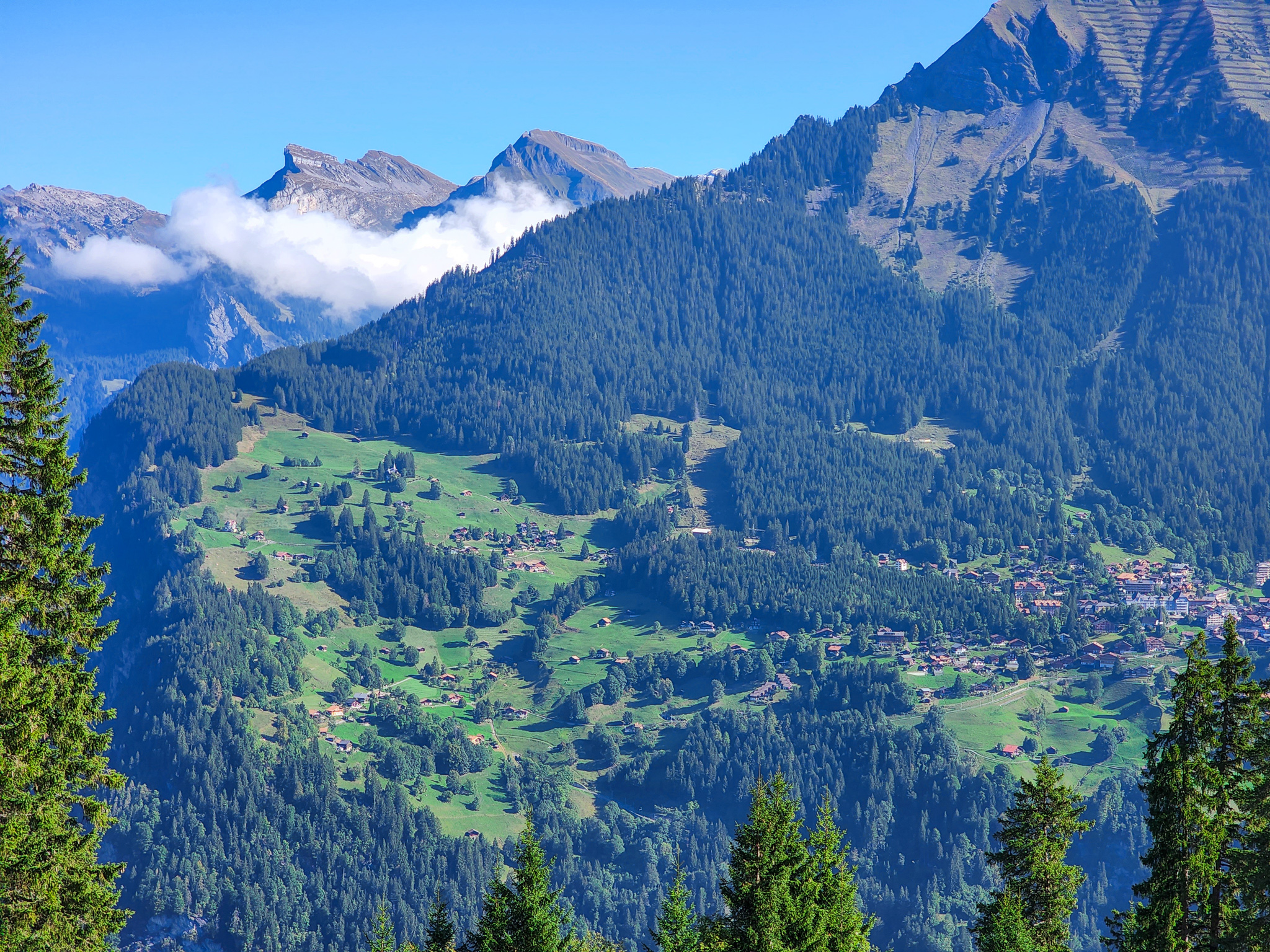
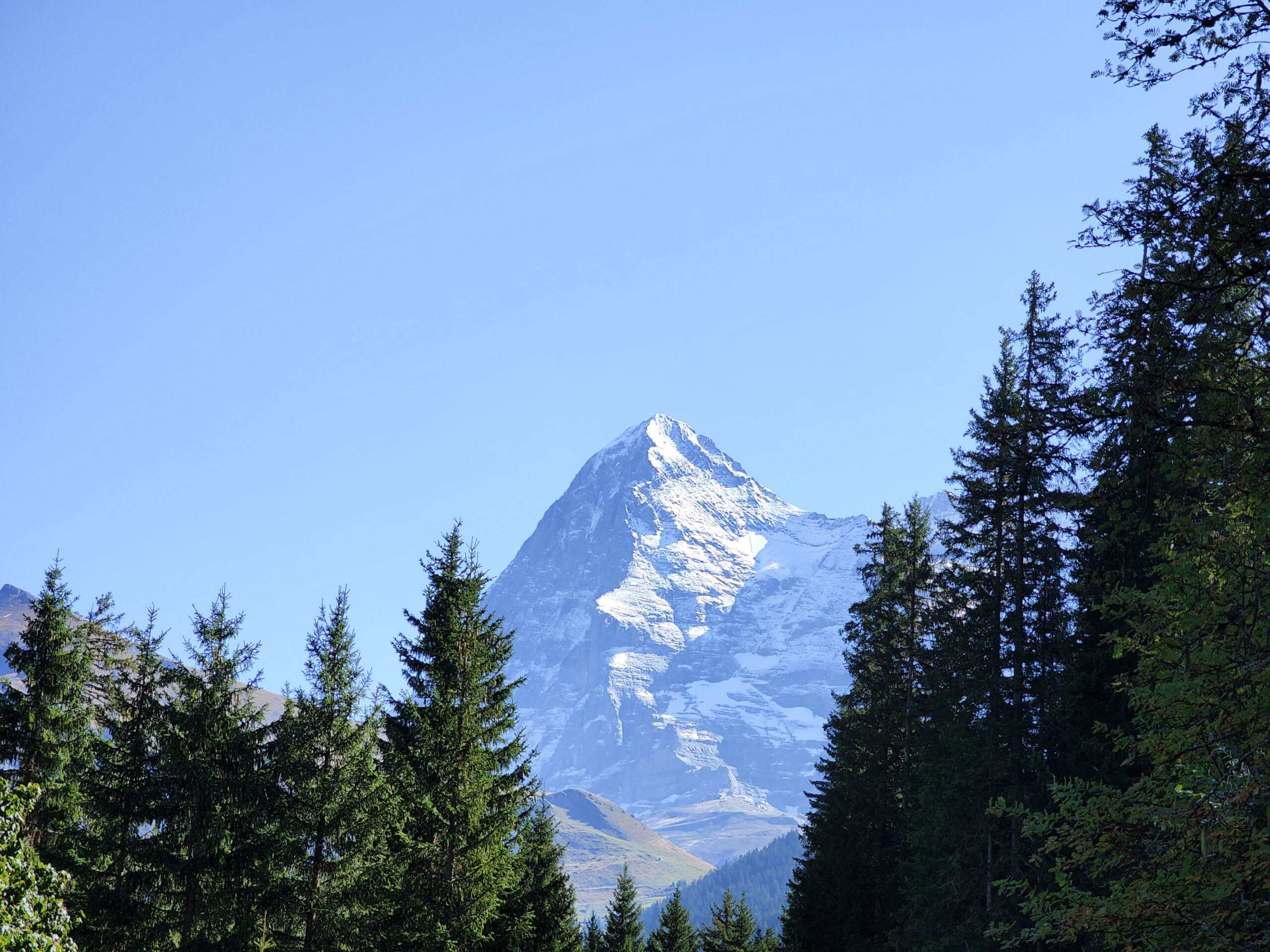
Murren to Gimmelwald:
Whilst not particularly a ‘hike’, this 30-45minute walk provided wonderful views of the mountains, valley and rolling hills. Gimmelwald was also particularly charming. Furthermore, if you do the extra hike from Murren, you will only pay half the price of the cable car back down the mountain to Lauterbrunnen valley.
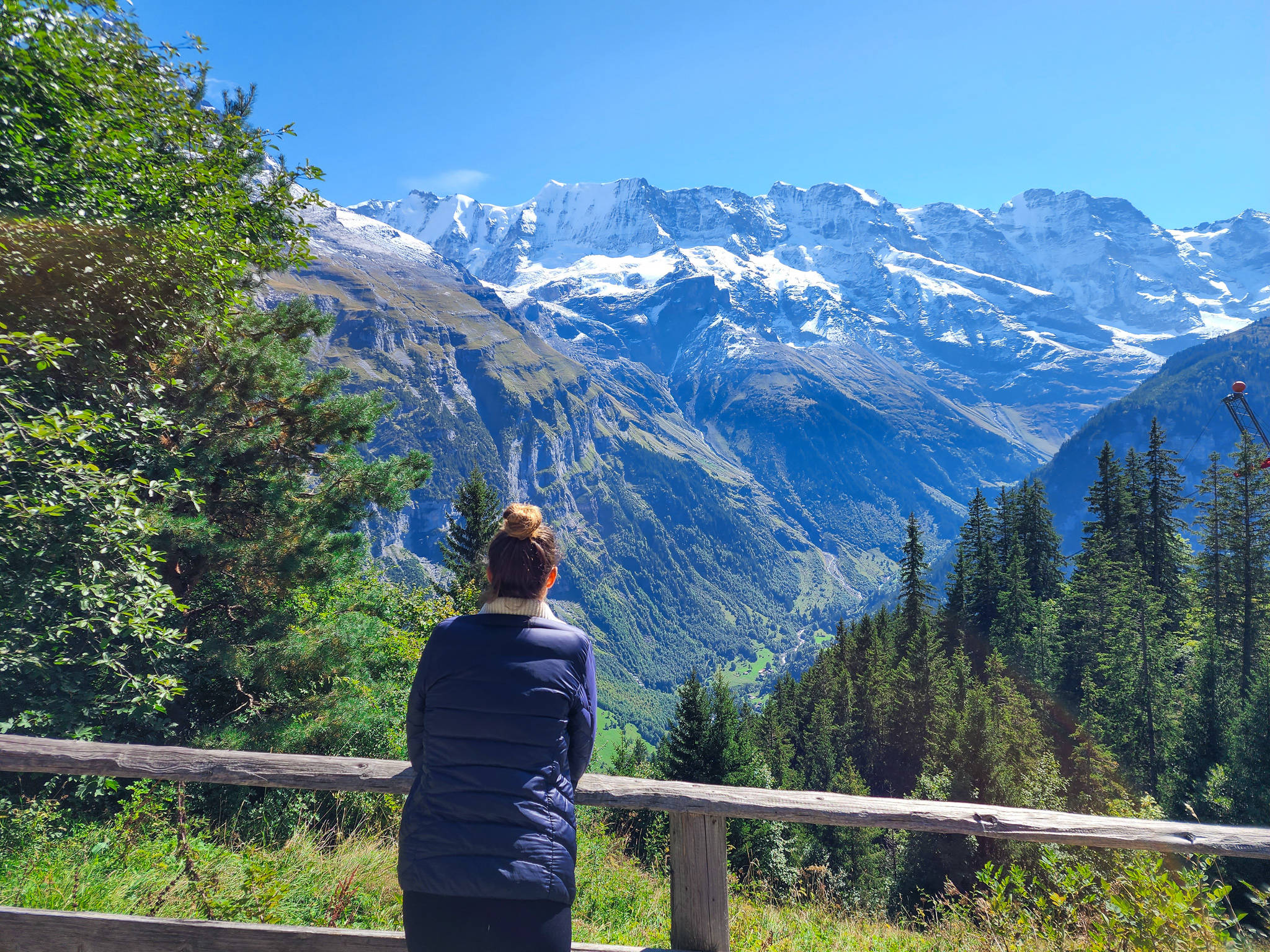
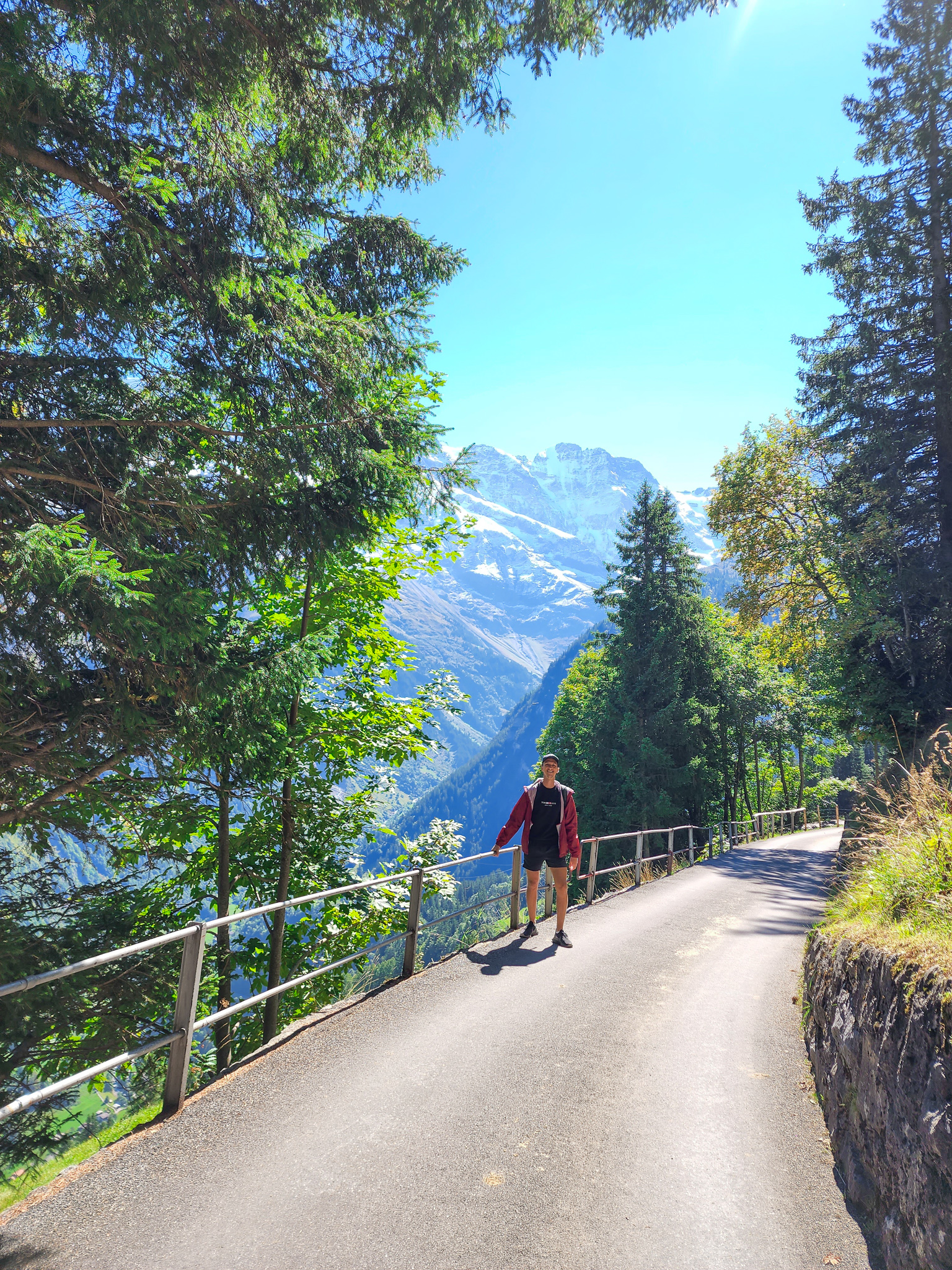
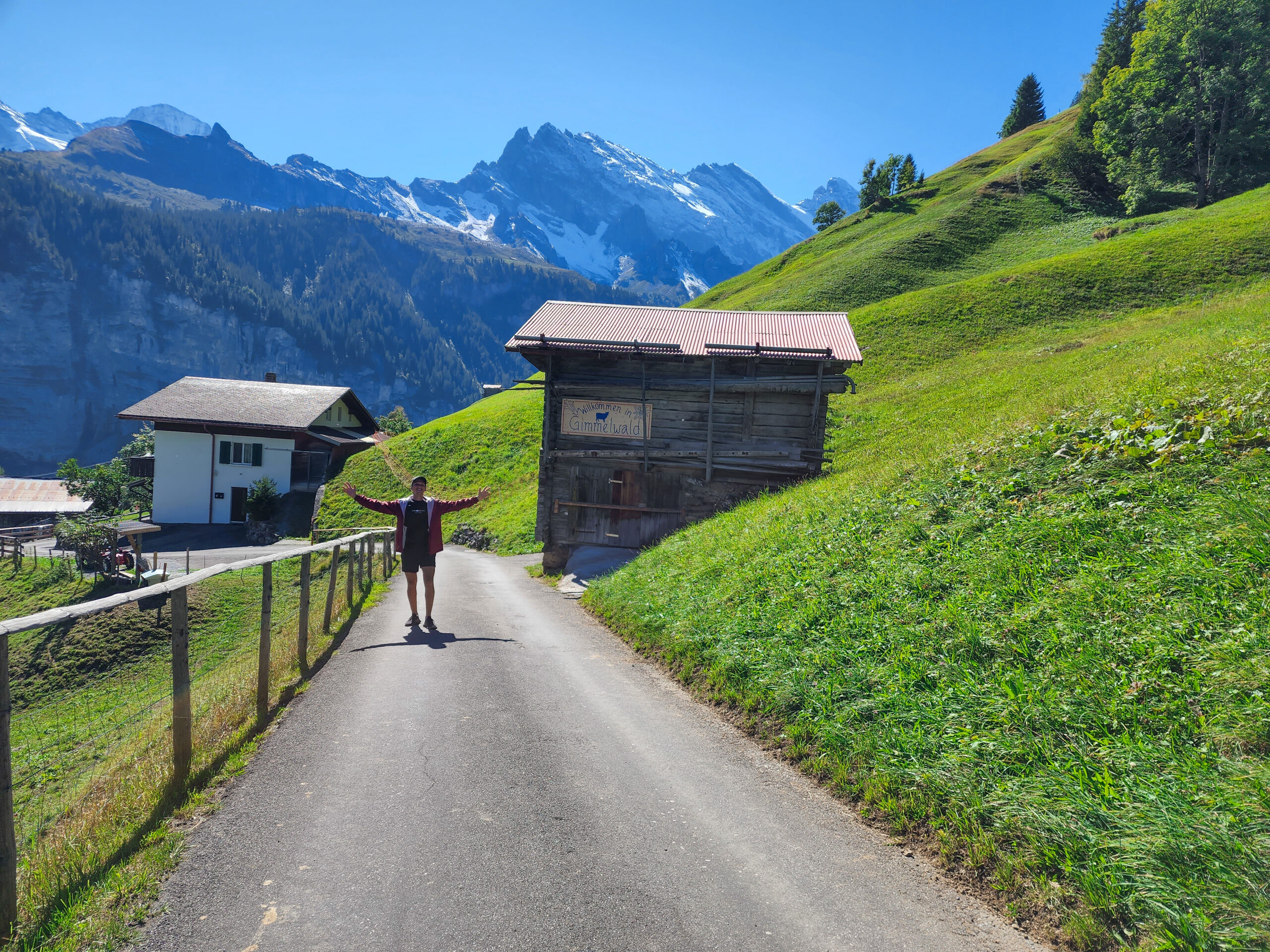
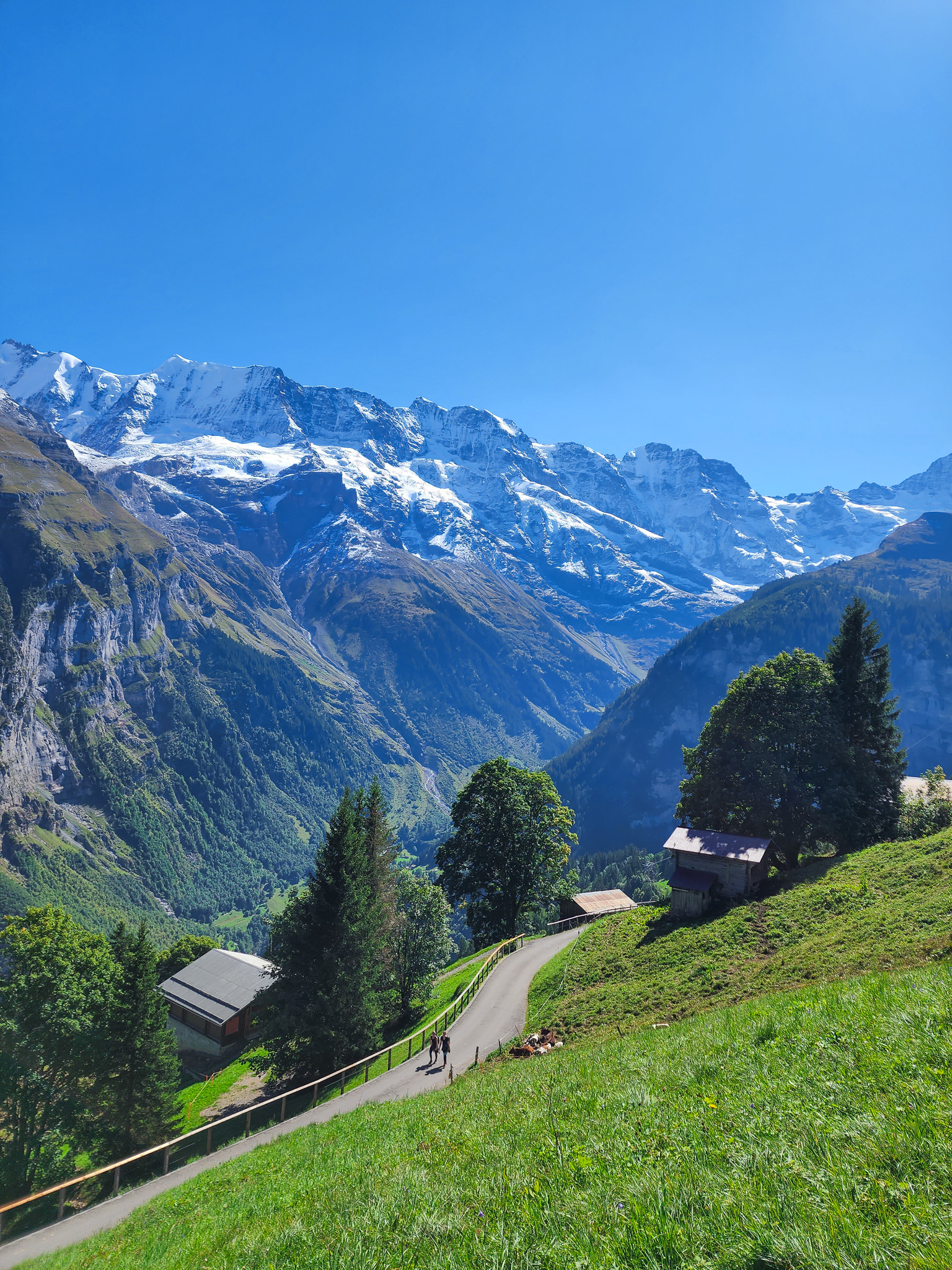
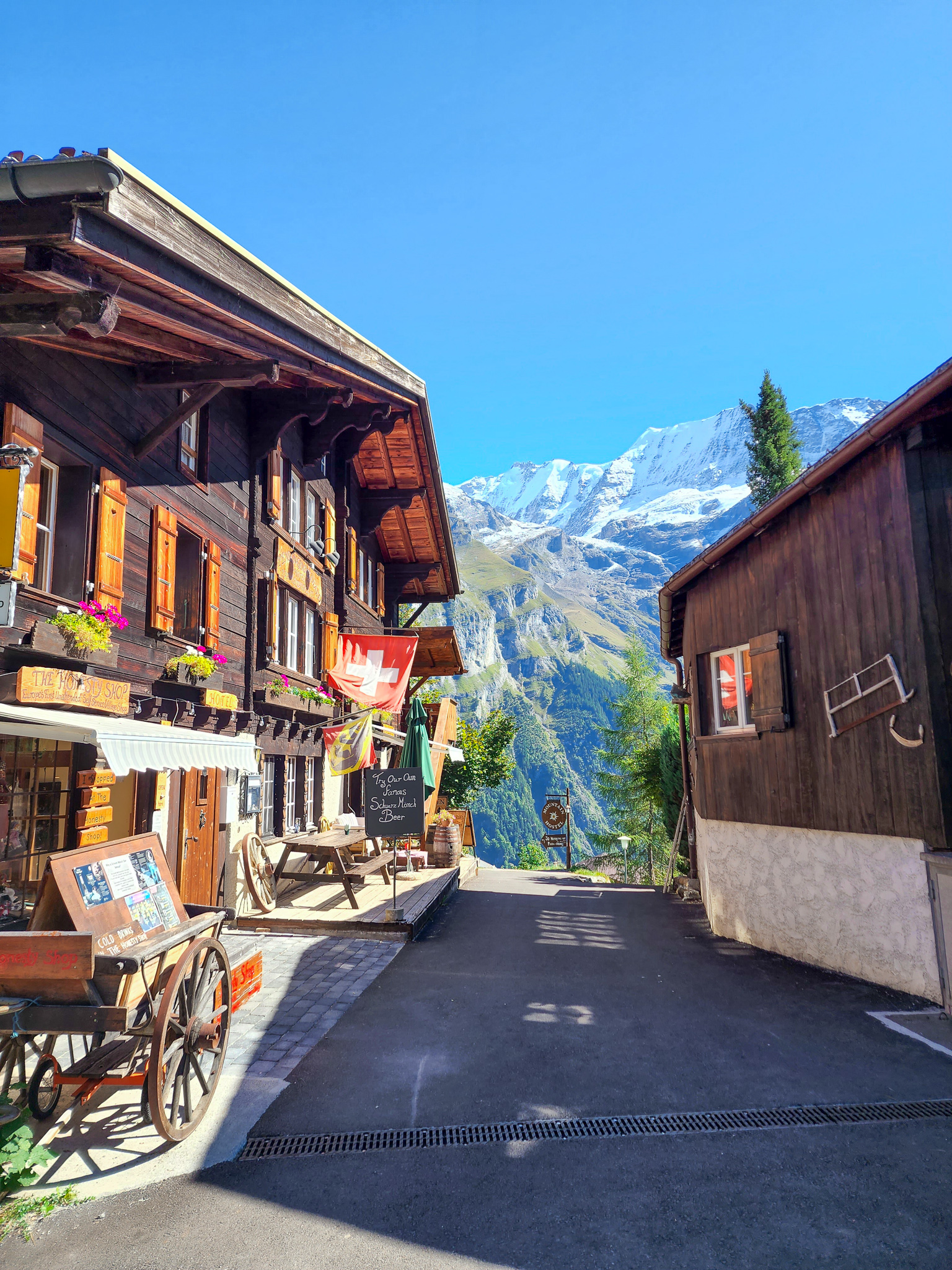
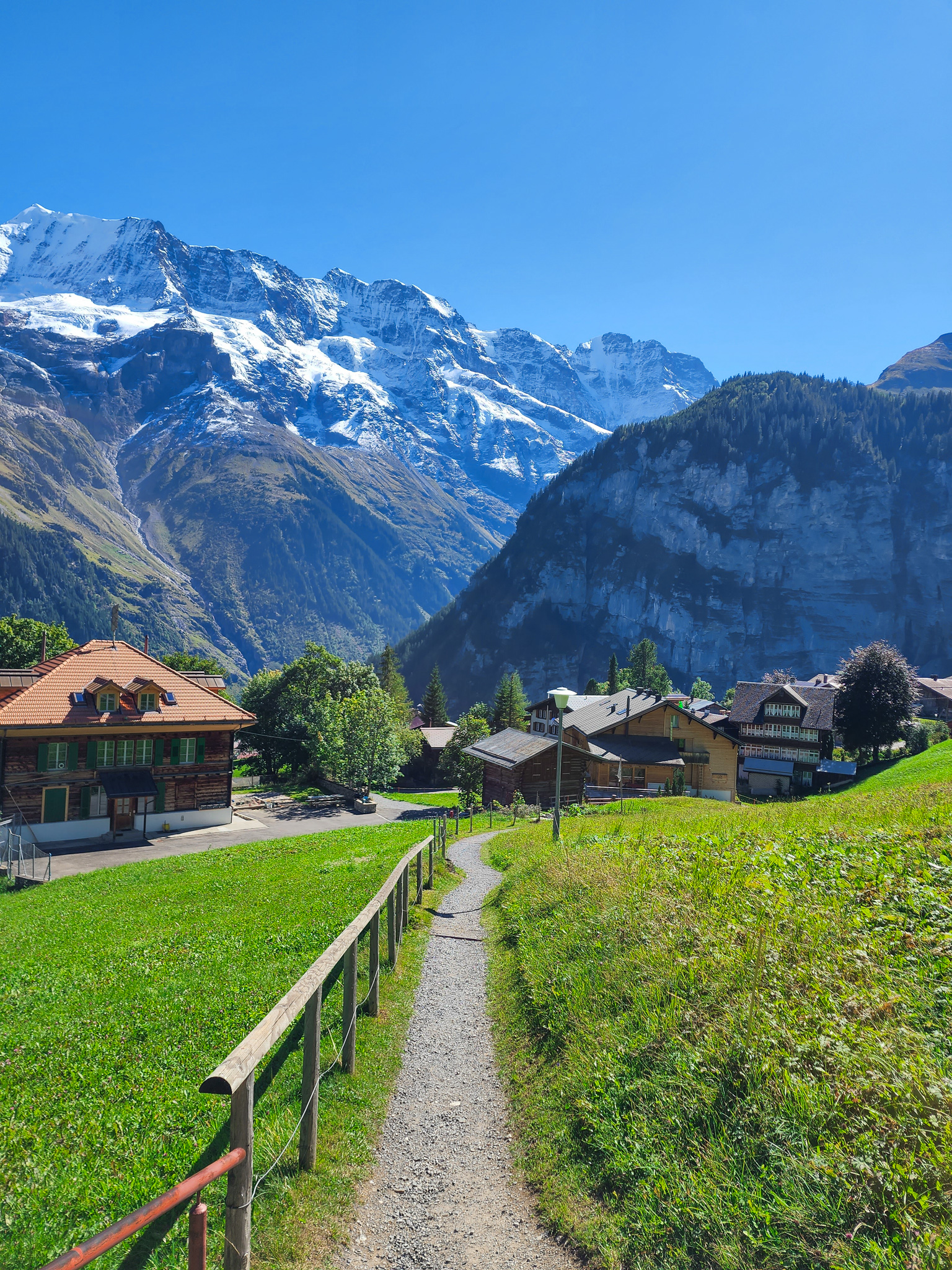
Lauterbrunnen Valley:
The walk along the Lauterbrunnen valley is another good option for an easy and picturesque hike. Taking between 1.5-2hours (less if you only walk some of the way), you pass green fields, towering cliffs, lots of cows, and of course the waterfalls (this is very season dependent – see below). If you have time, stop for a picnic in the sun!
BE AWARE: The Lauterbrunnen Valley gets shrouded in shade at least a few hours before sunset due to the mountains surrounding it. If you are planning a picnic or a walk in the sun, go mid-afternoon or earlier.
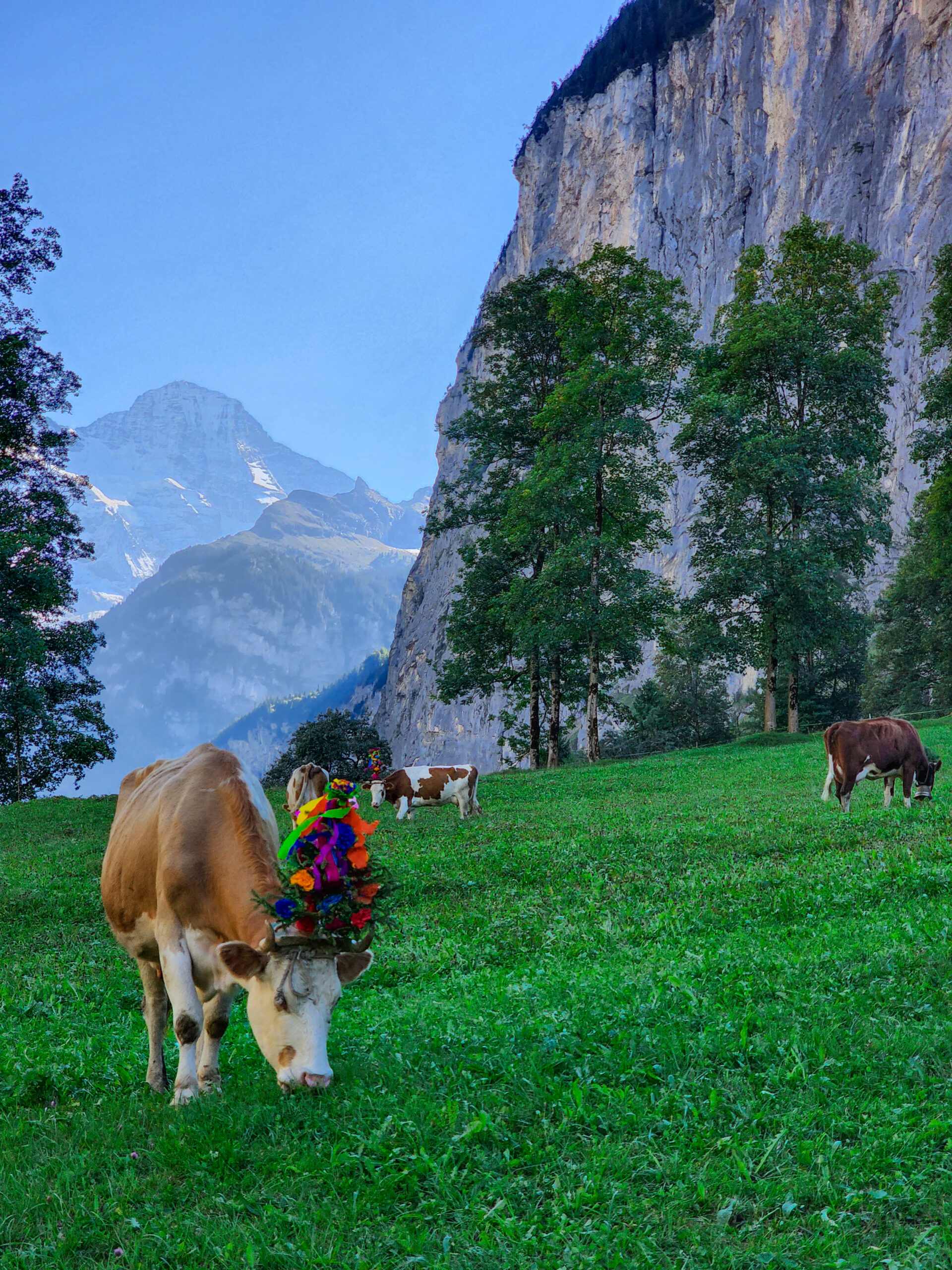
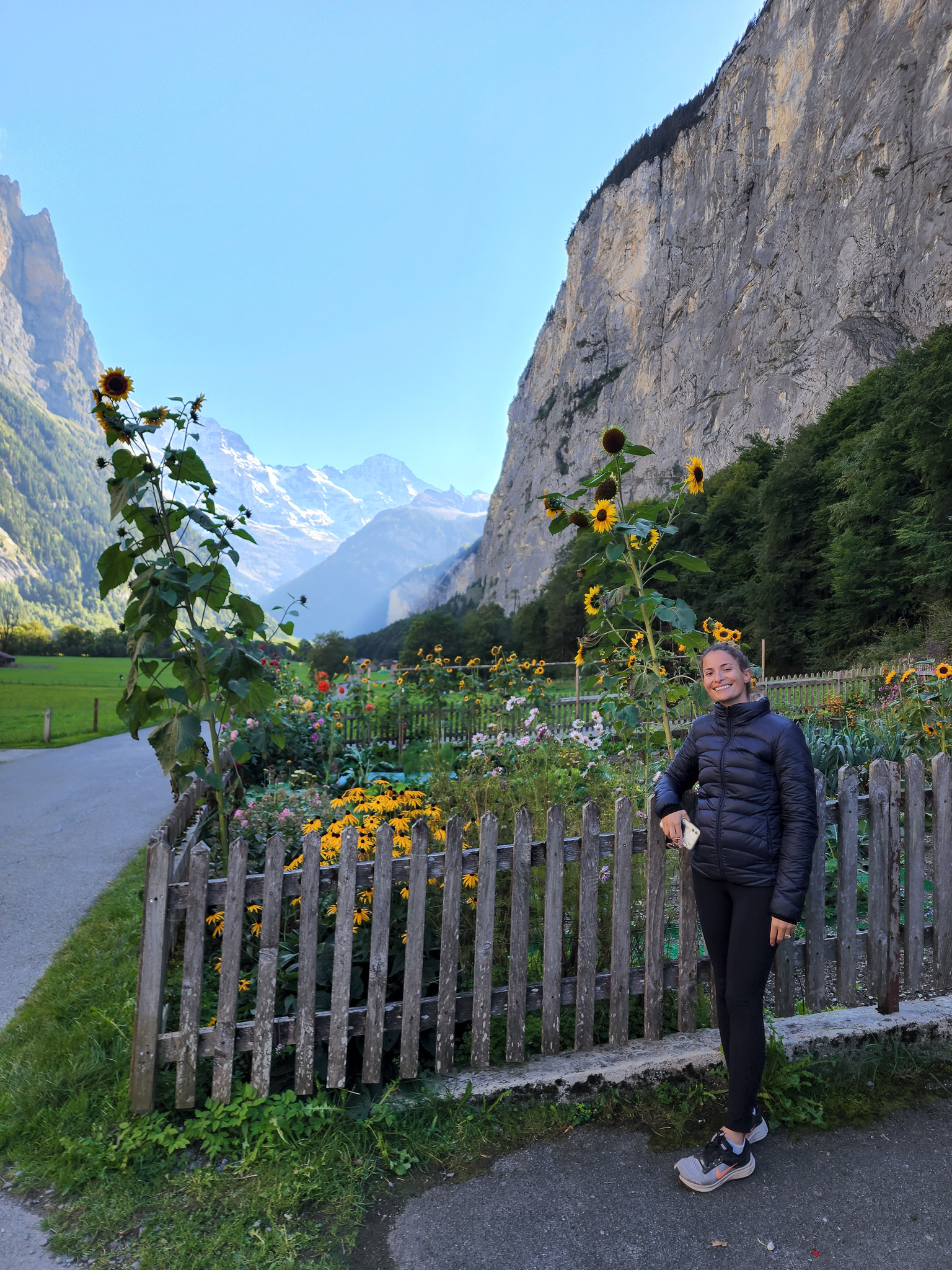
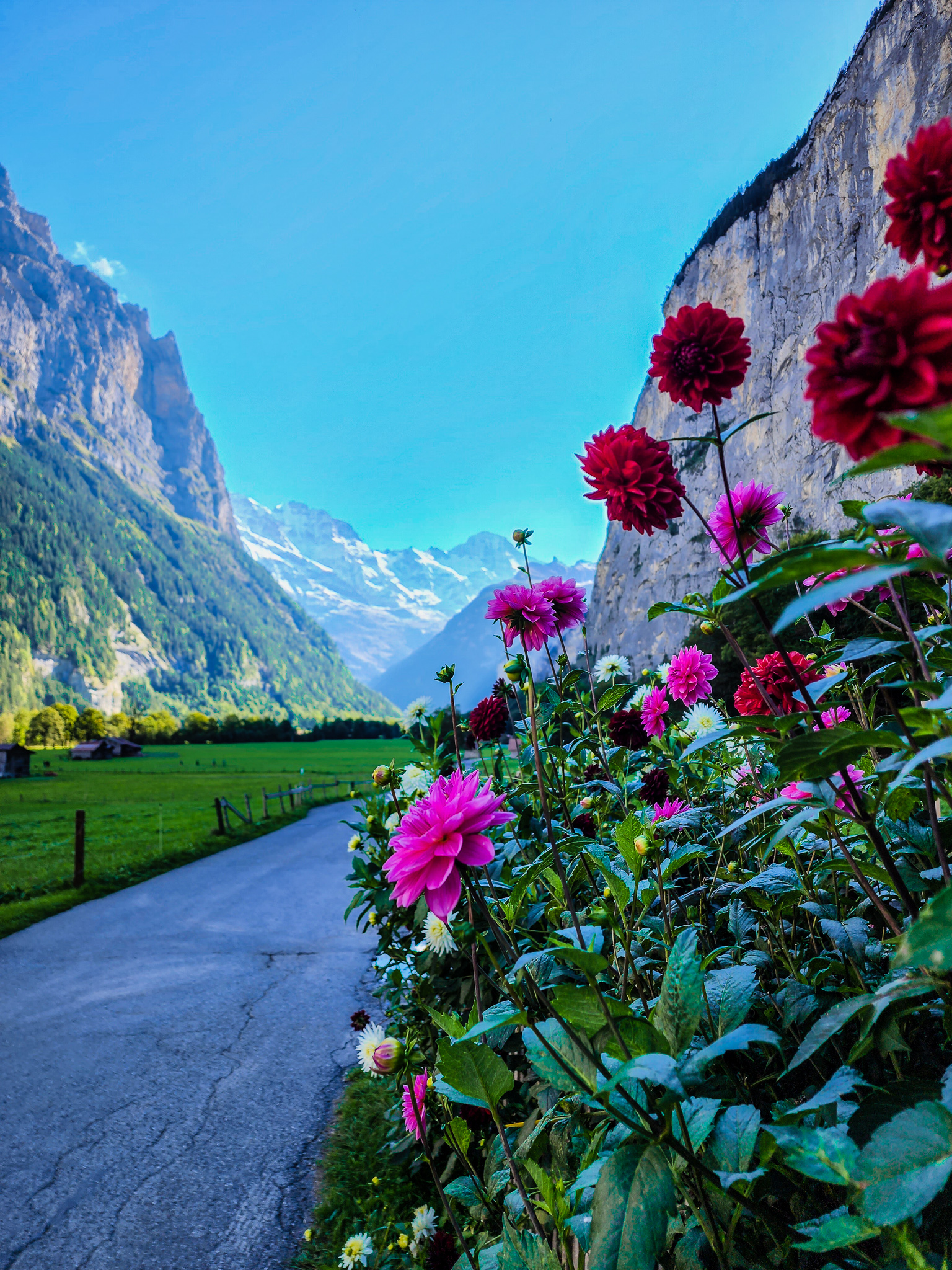
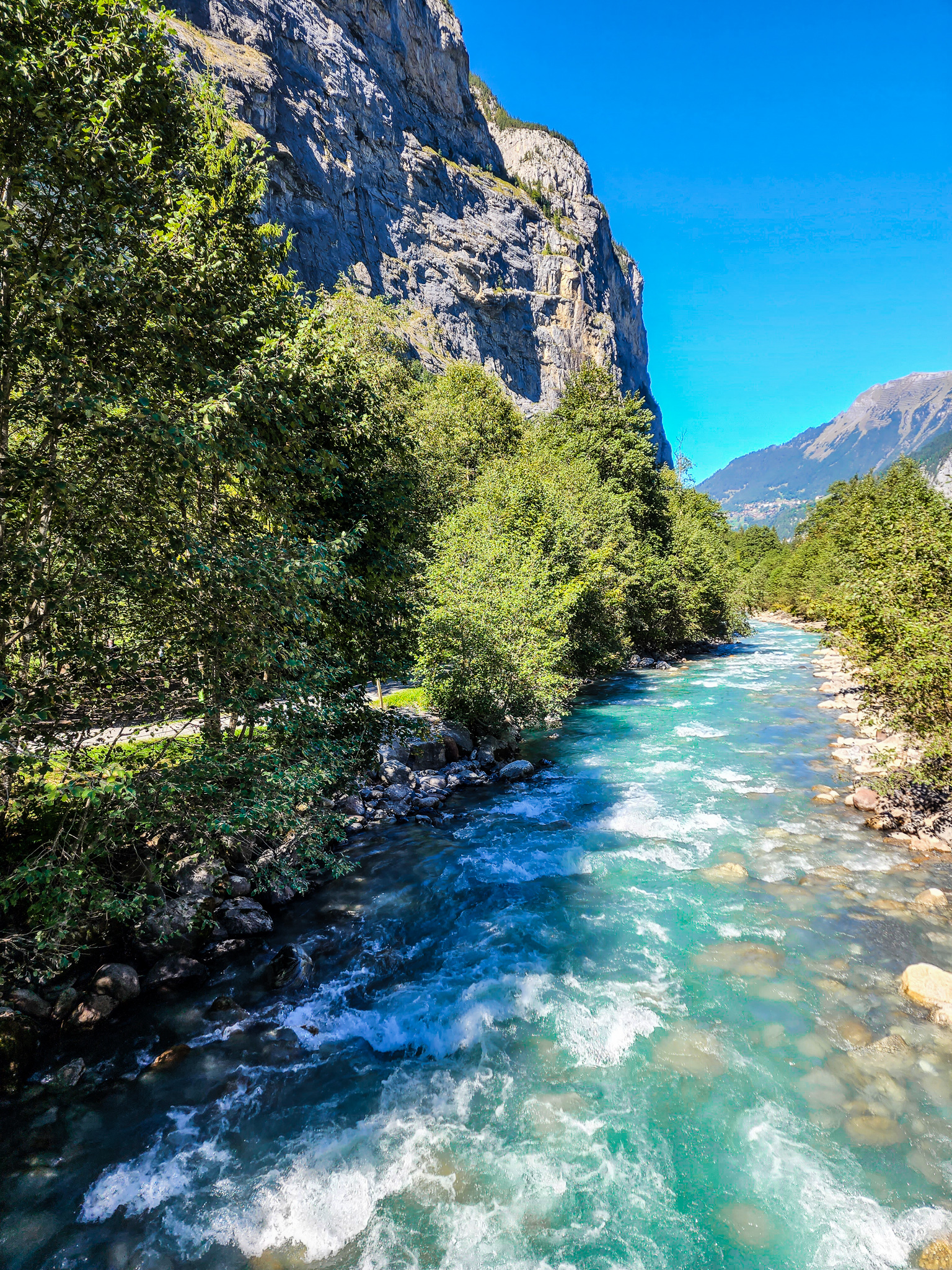
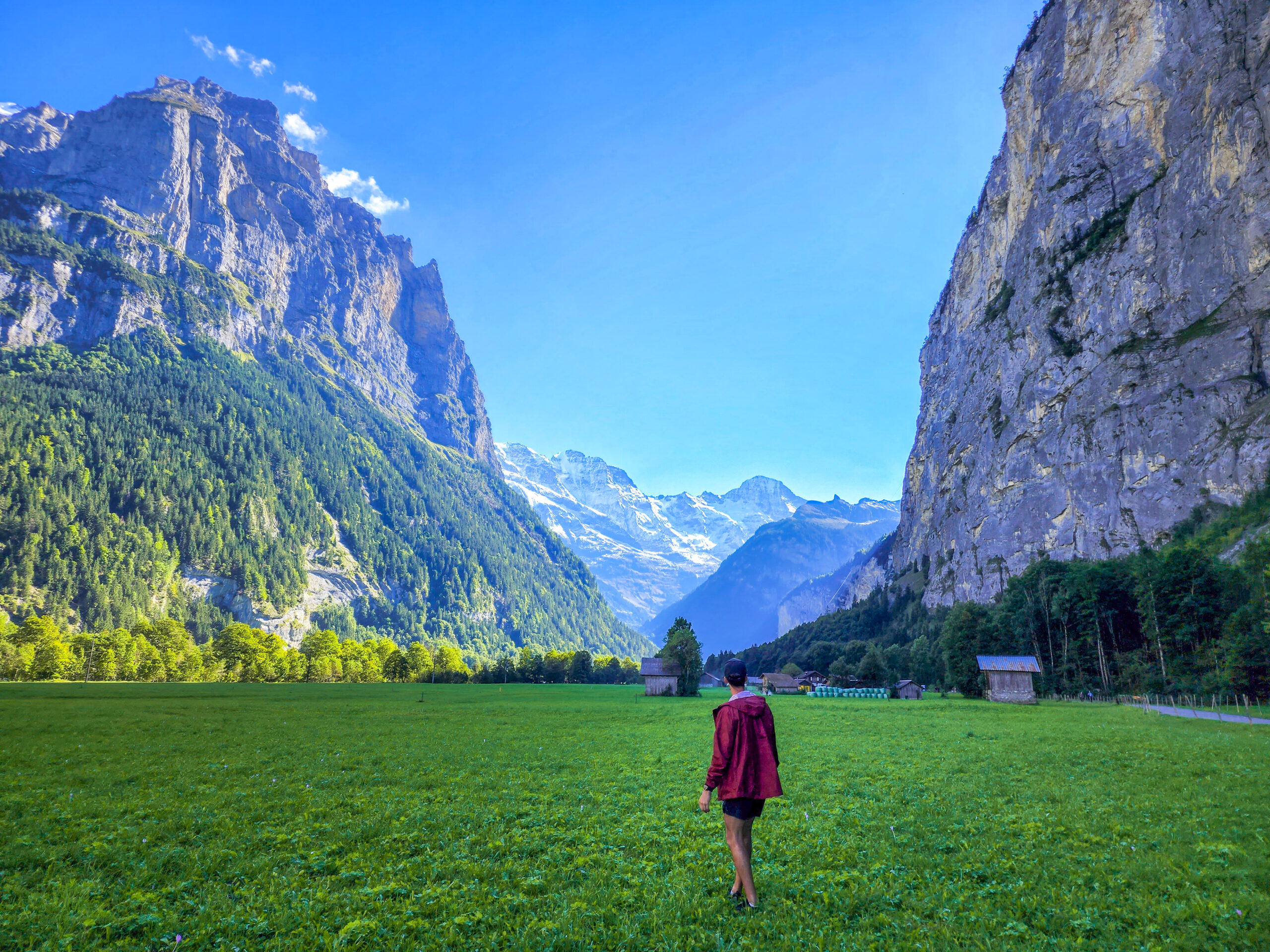
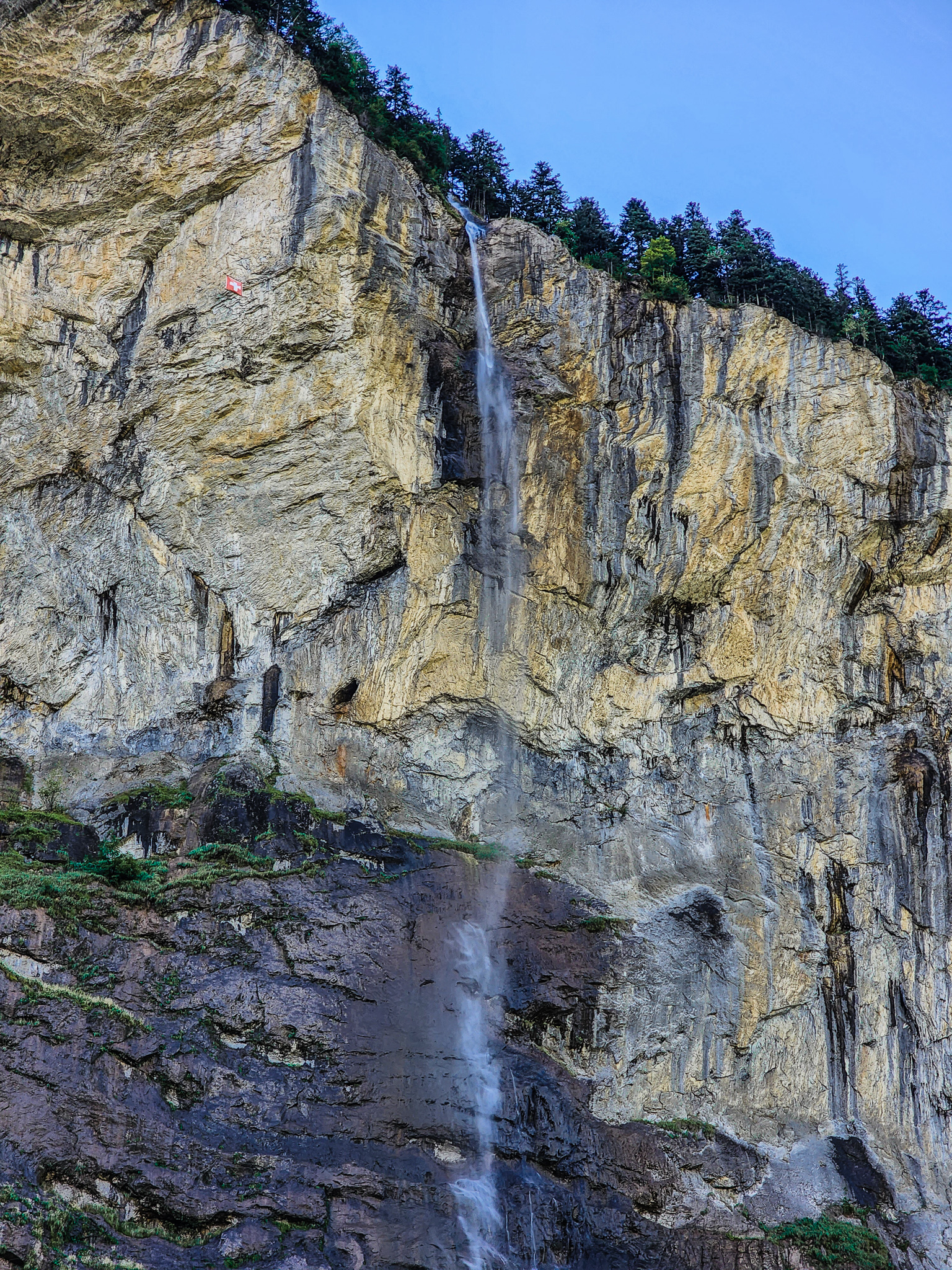
The one we missed: Schynige Platte
Whilst there are many hikes we didn’t get a chance to do (and others we did but didn’t include on here), the main one we are keen to do when we return is Schynige Platte. Offering impressive views, this hike is longer and more challenging than some of the others.
Some things to know before visiting the Jungfrau region:
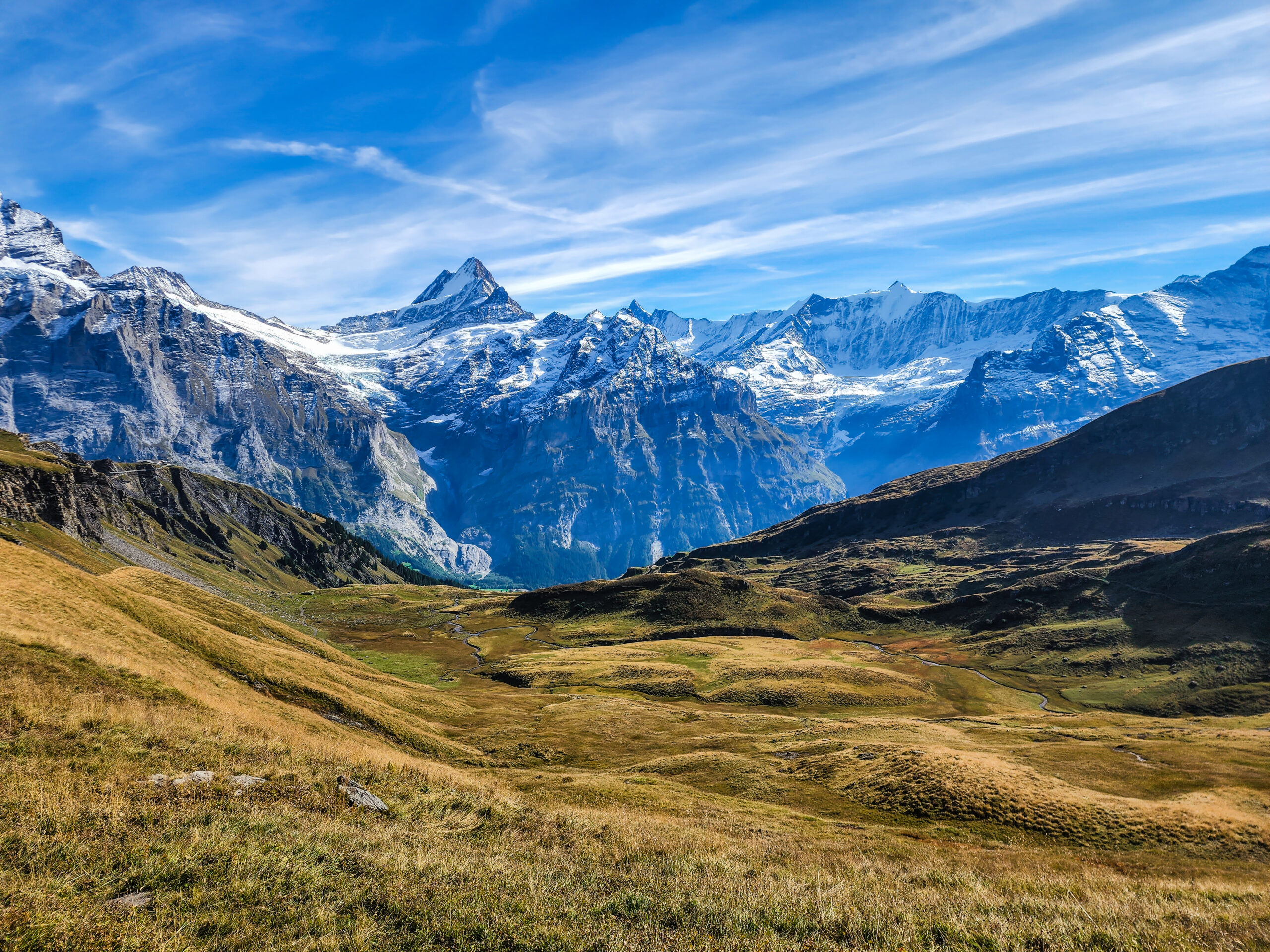
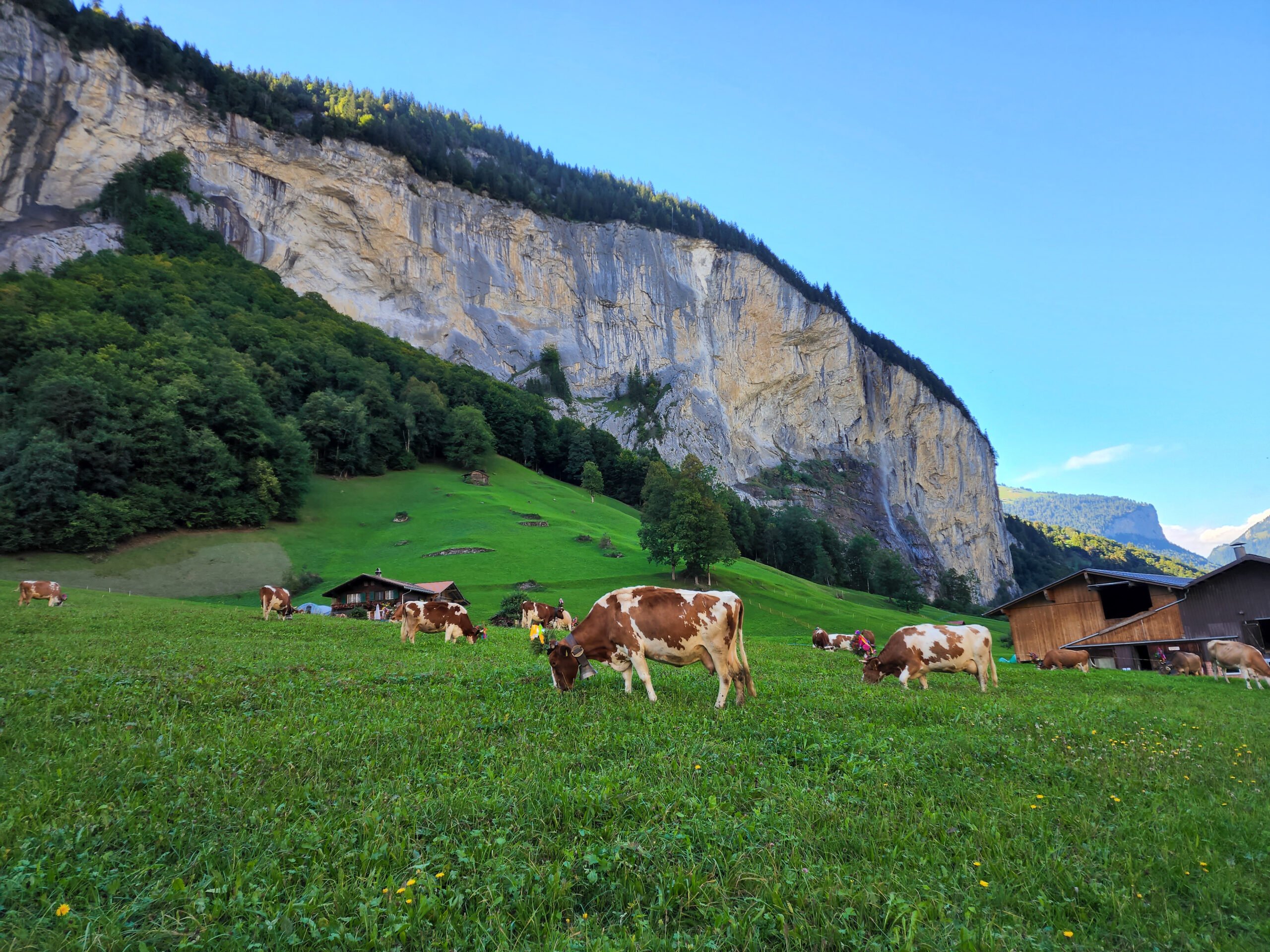
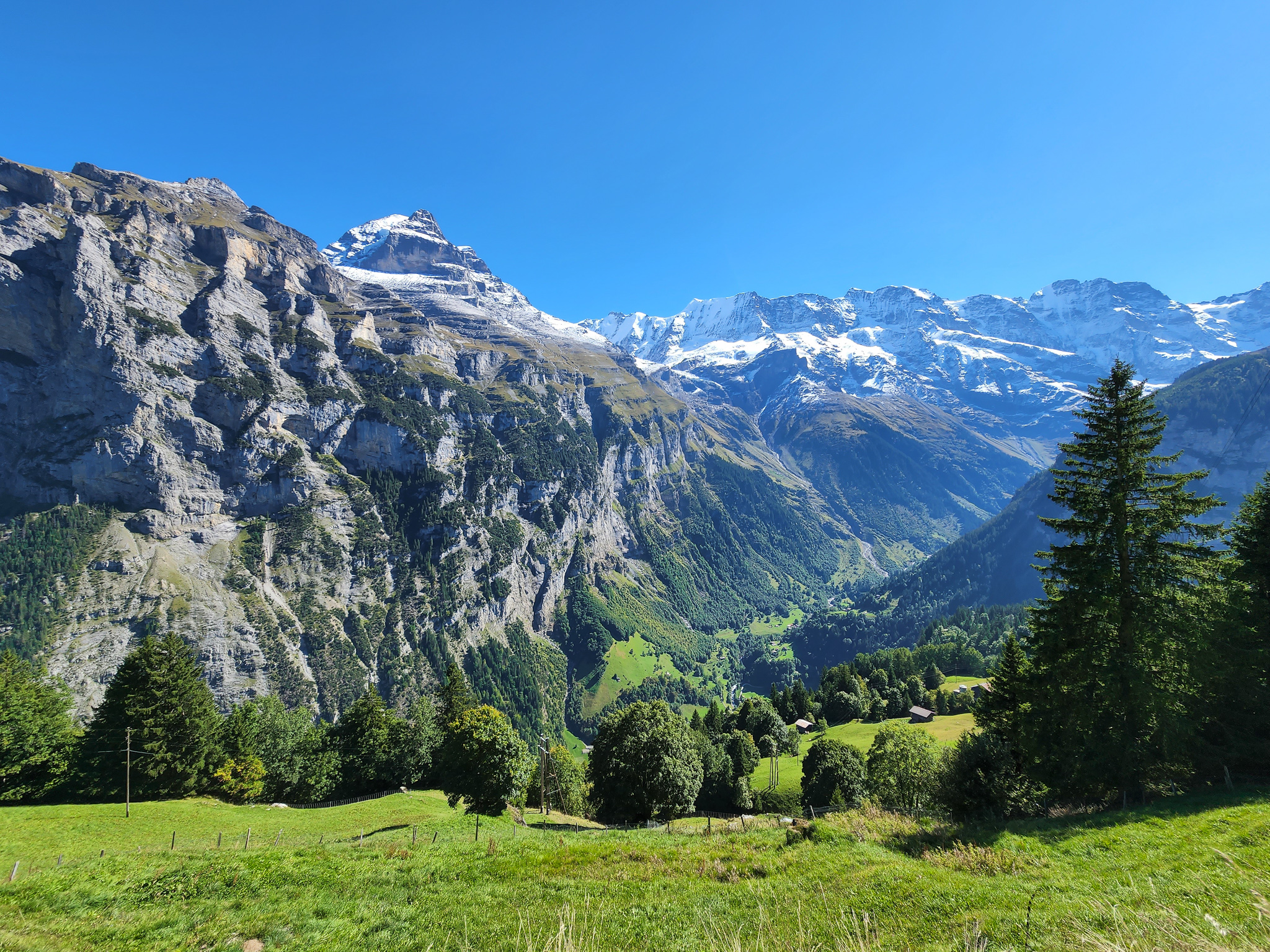
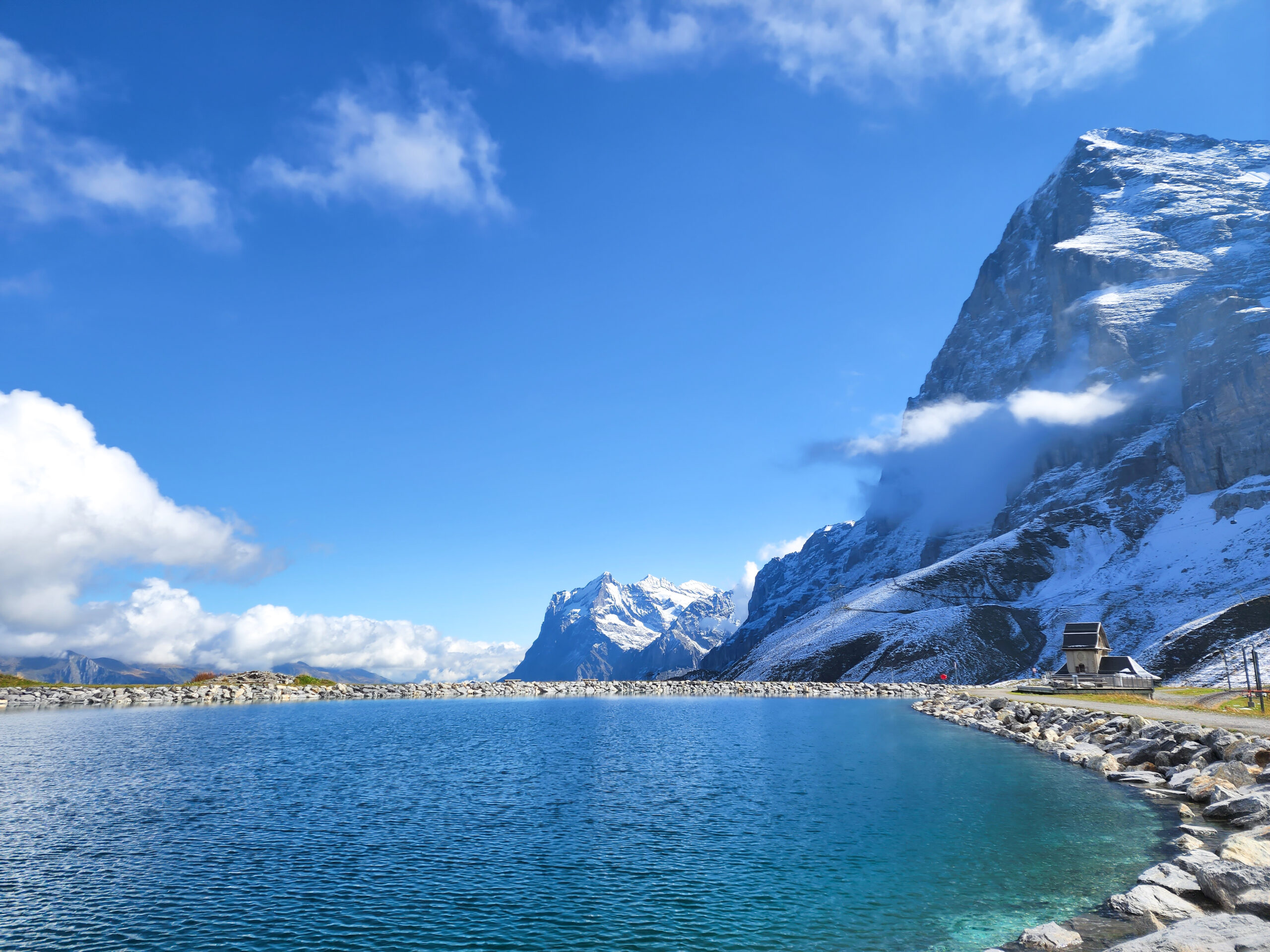
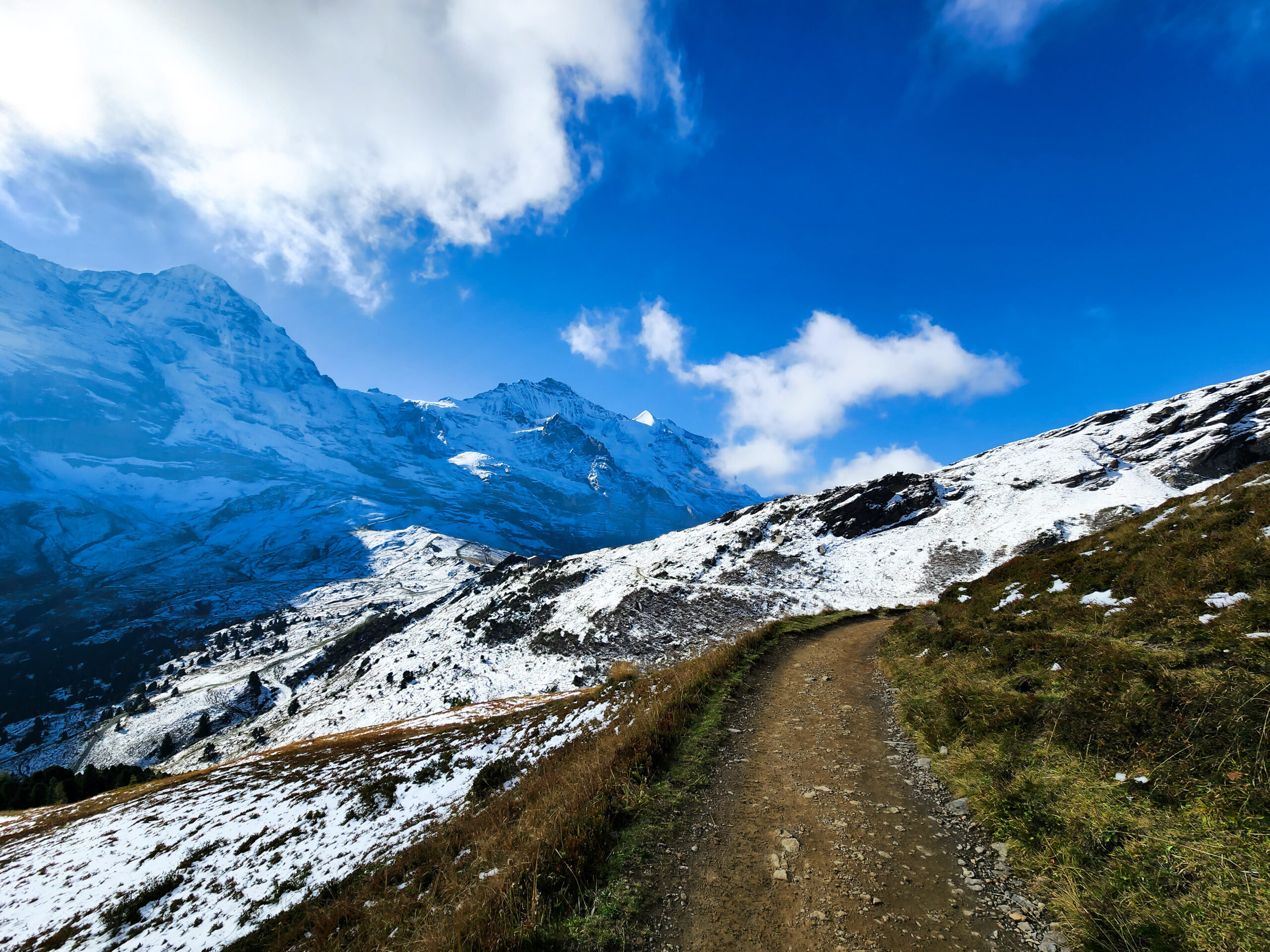
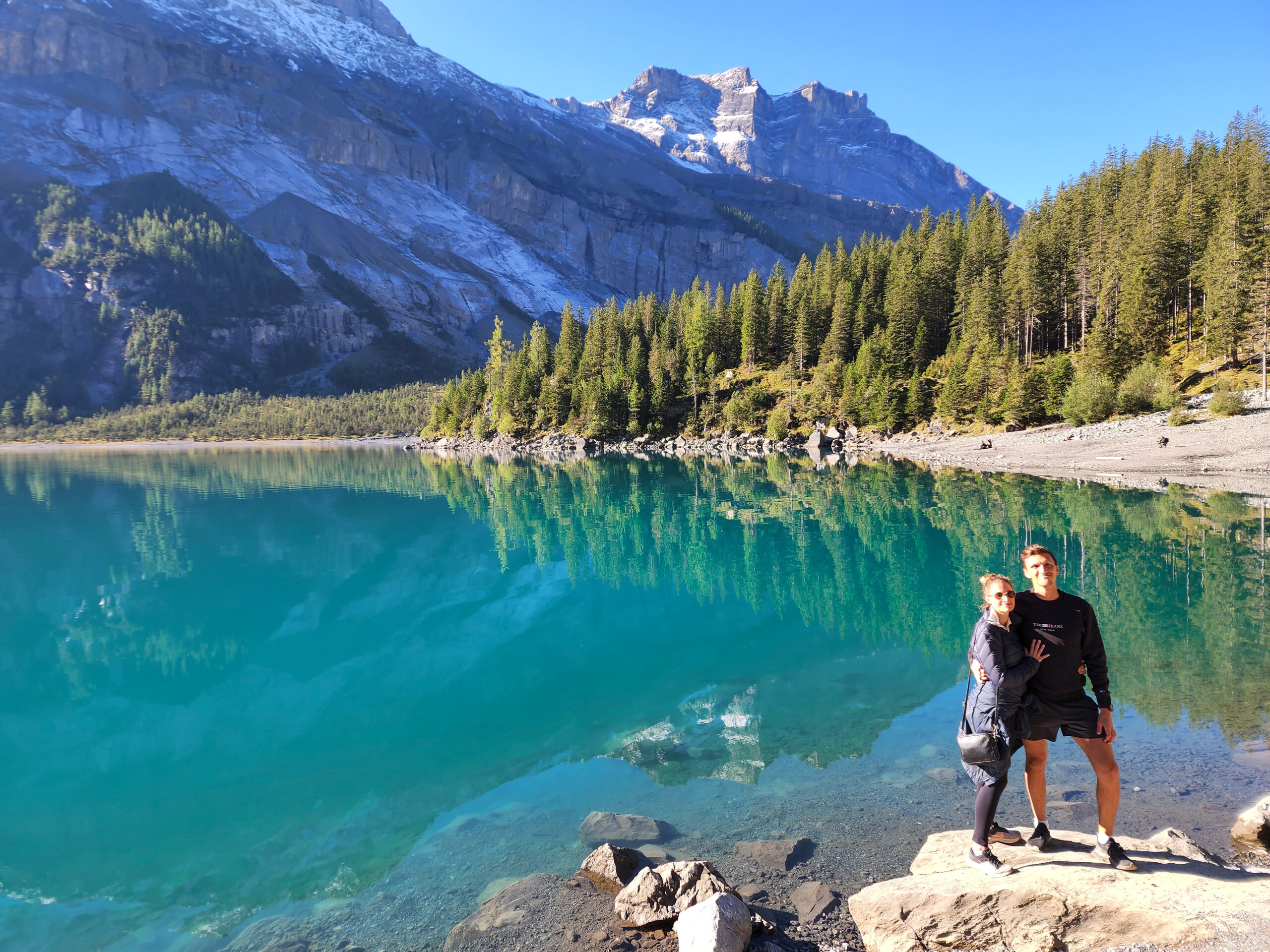
What time of year should I visit the Jungfrau region?
We visited in September (Autumn), and were treated to bright sunshine during the day, and crisp evenings/mornings. The temperature on the mountains was a chilly -1°C in the morning, but picked up as the sun rose. We also had over 20°C in the Lauterbrunnen Valley for a picnic. However, the day we left was predicted to be 10°C and raining. It appears the shoulder season just after summer is riskier with weather, but generally perfect for hiking and other outdoor activities. The downside to visiting at this time of year however is that the waterfalls aren’t flowing strongly (see below).
Summer is ‘peak season’, with great weather for the outdoors, however crowds are busy and prices are high. Winter is also peak season for snow sports. We would love to hear from others their experience visiting in other seasons as we plan to visit again in the future (let us know in the comments below).
The lauterbrunnen waterfalls are underwhelming at the end of summer
We arrived and were definitely disappointed by the waterfalls in Lauterbrunnen. We had seen Instagram videos of crystal clear water gushing down the side of the mountains, and arrived to see a mere trickle. As mentioned above, your experience will vary depending on the time of year you visit. The end of summer/start of autumn is perfect for hiking and less crowds, but doesn’t have the waterfalls.
Where to stay in the Jungfrau region?
We recommend staying in Wengen, but see below for more recommendations, including a link to where we stayed.
Transport around the Jungfrau region?
The best option for getting around in the Jungfrau region is via the public transport network. This comprises of trains, busses and cable cars. Driving is an option to visit the towns, but to get up the mountains you will need to use the cable cars, trains, or hike longer distances. You can either pay for each of the rides seperately, which can get costly for multiple trips in a day. Alternatively, you can buy the Jungfrau Travel Pass (see here), which isn’t cheap, but will save you money if you are staying for more than 3 days. The pass has options between 3-8 consecutive days. This covers most (but not all, see below) of the transport options in the Jungfrau Region.
There are multiple cable car companies
Okay, so this was a surprise for us, and something that wasn’t abundantly clear when looking online. The Jungfrau Travel Pass is the best option for transport when visiting the region, however, the pass doesn’t cover going up to the top of Jungfraujoch (extra cost). It also doesn’t cover the cable cars near Murren, including the one up to Schilthorn Mountain, and the cable cars down from Murren to Lauterbrunnen Valley. You will also need to pay extra for trains going past Interlarken. Whilst this shouldn’t stop you from getting the pass if you plan on using the public transport system, you may have to factor in extra costs depending on what you want to do.
Cost of visiting??
Okay, brace yourself.. it’s not cheap. In fact, like most parts of Switzerland, it’s very expensive. Accommodation is very expensive (we paid around $300 AUD per night for Wengen, and a little less for Interlaken), and restaurants aren’t cheap to eat out. However, the main attraction, hiking, is free! This sounds promising, but don’t forget the cost of buying gondola and train tickets. If you are really budget conscious, stay in Interlaken (it’s cheaper accommodation) and hike up the mountains rather than taking the gondolas (much harder and longer hikes). We also regularly shopped at bakeries and supermarkets to save money. However, despite the cost, we believe this bucket list destination is well worth it!
Coffee in the Jungfrau region:
Most of the cafe’s aren’t ‘specialty coffee’ but offer decent coffee compared to some countries. Our favourites were listed below:
- Interlaken: The Aarburg Hotel & Café delivered the best coffee in the region. Located right on the picturesque river, it’s a must if you’re staying in Interlaken.
- Murren: Stop at Cafe Liv for a great cup of coffee with excellent views! Definitely one to add to your list if in the area!
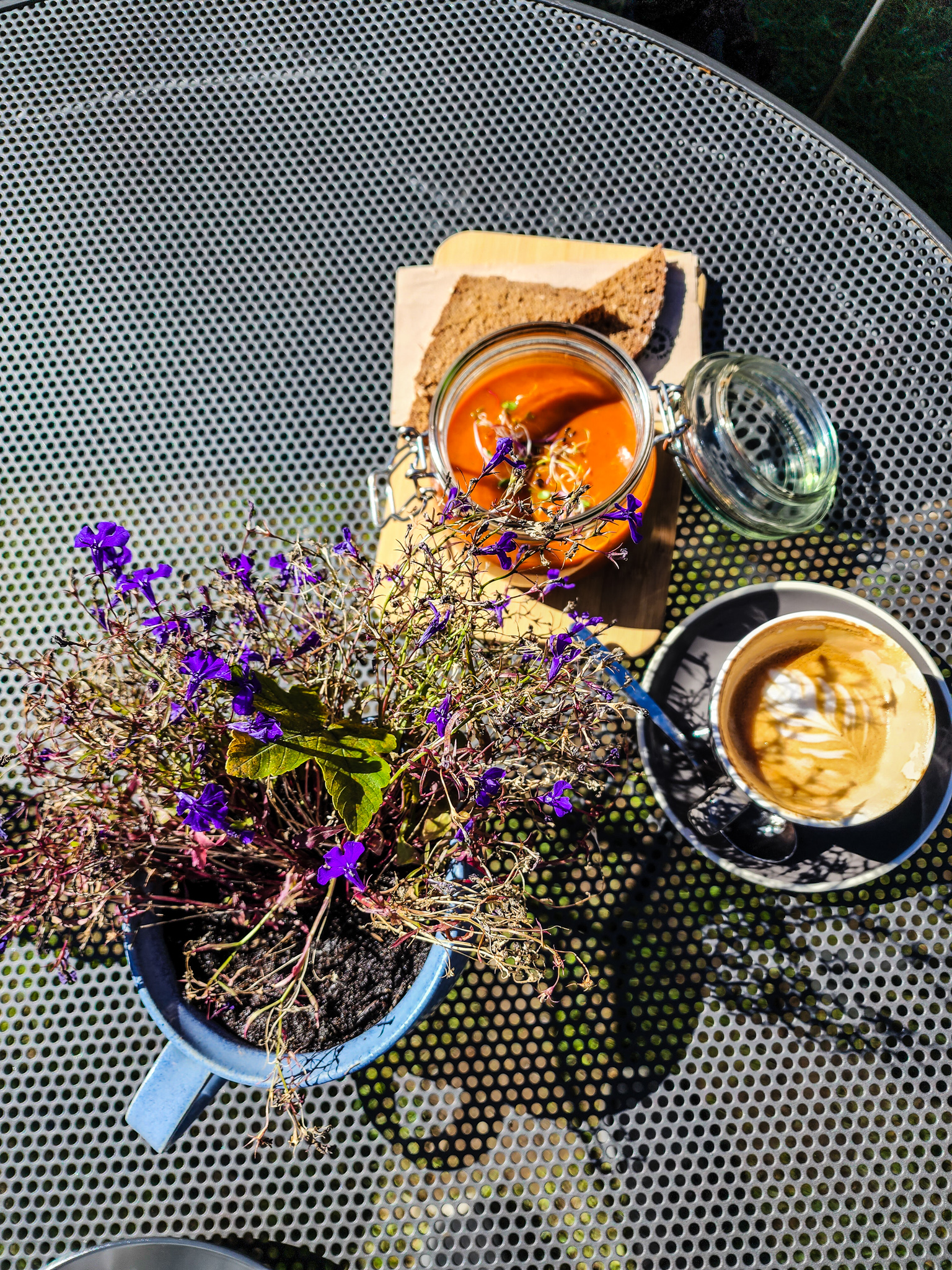
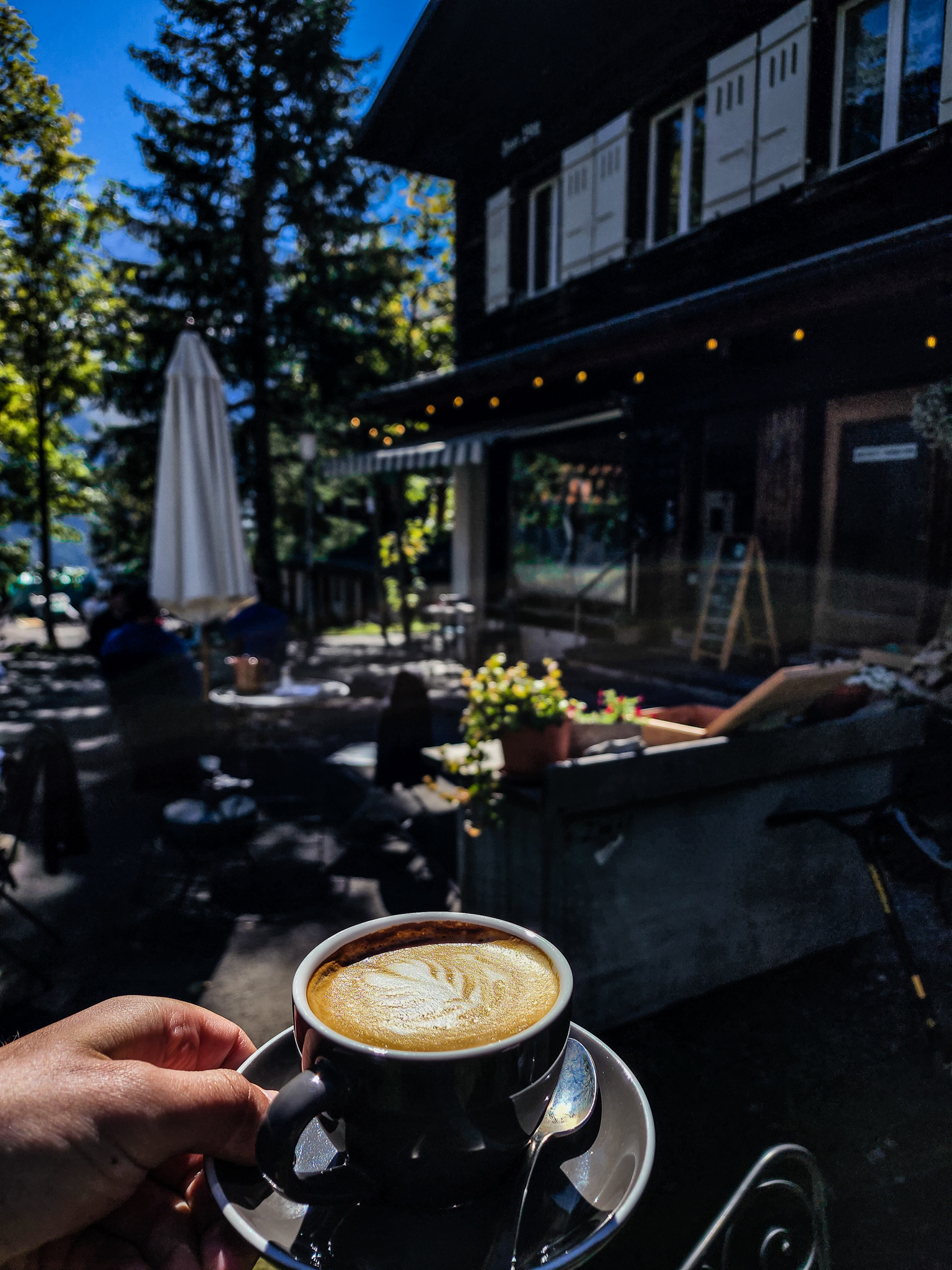
Where to stay in the Jungfrau region?
As mentioned above, when visiting the Jungfrau region, accommodation is not cheap! We stayed in Wengen, and would definitely recommend this as a great base for your travels. It is located in close proximity to the hikes, has a cute town, outstanding views from the town, and is car free (calmer town). Our accommodation was a lovely hotel at the edge of Wengen called Hotel Bellevue. The hotel had amazing views, a great breakfast and the icing on the cake was the hot tub overlooking Lauterbrunnen valley.
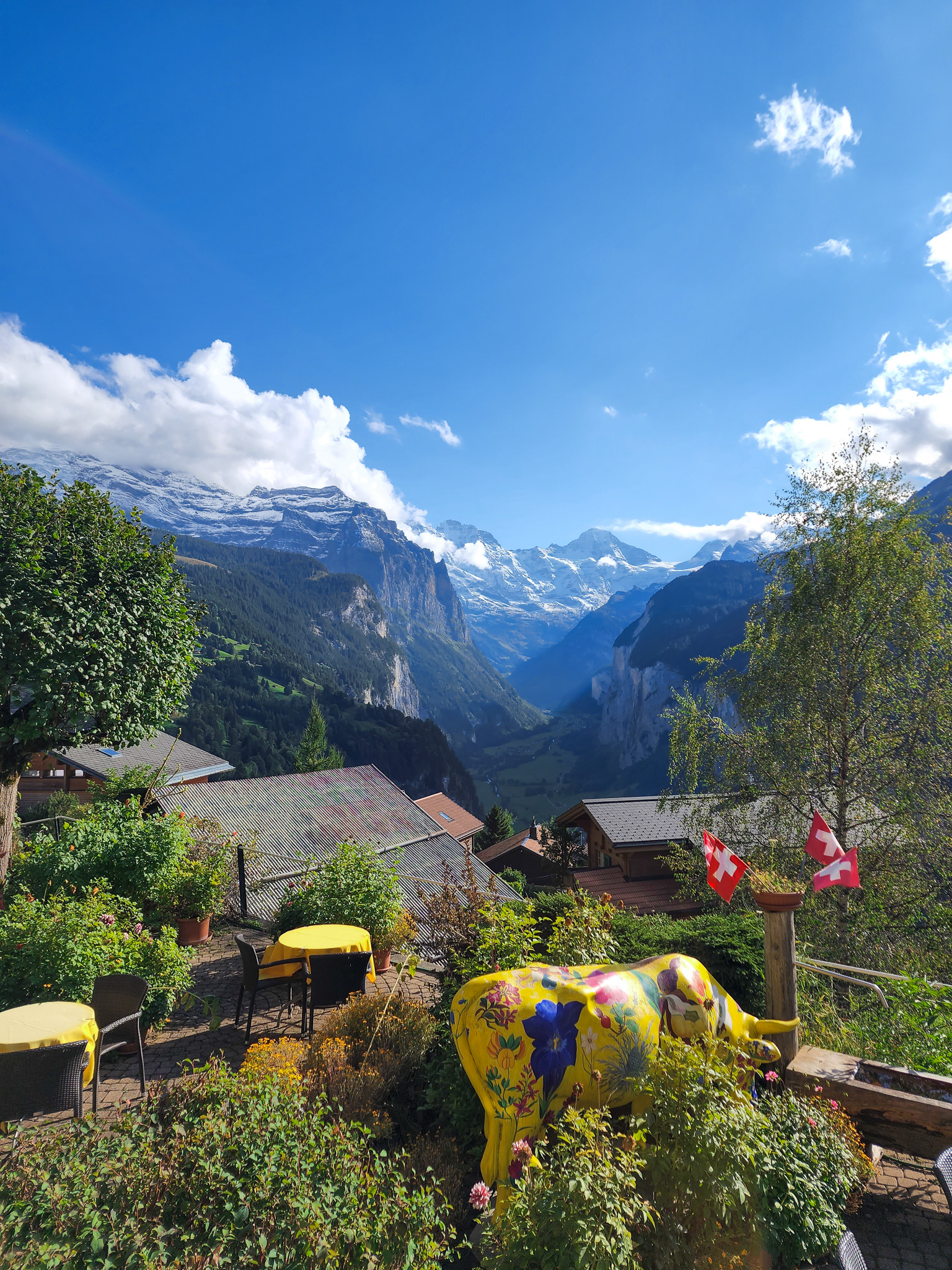
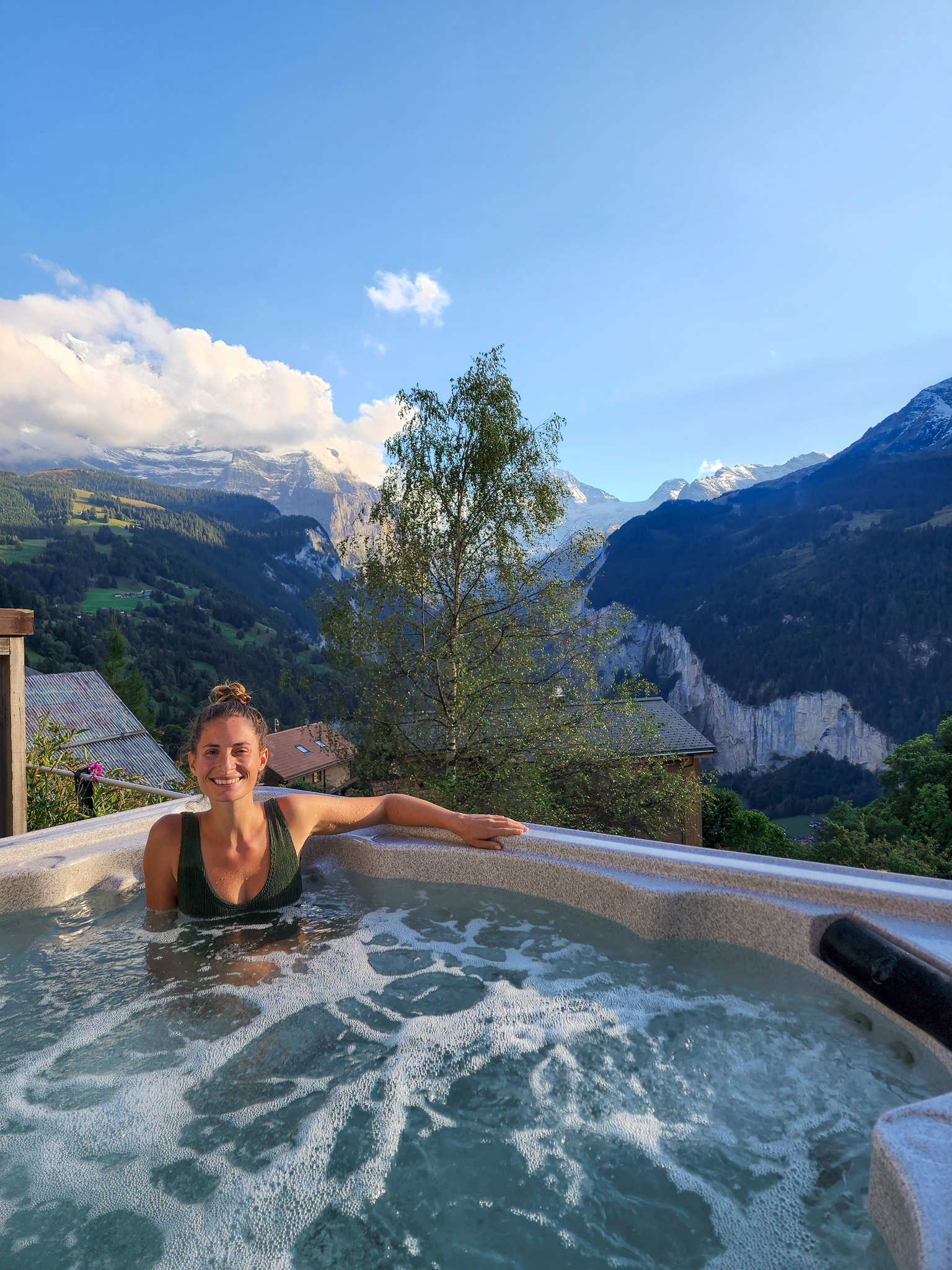
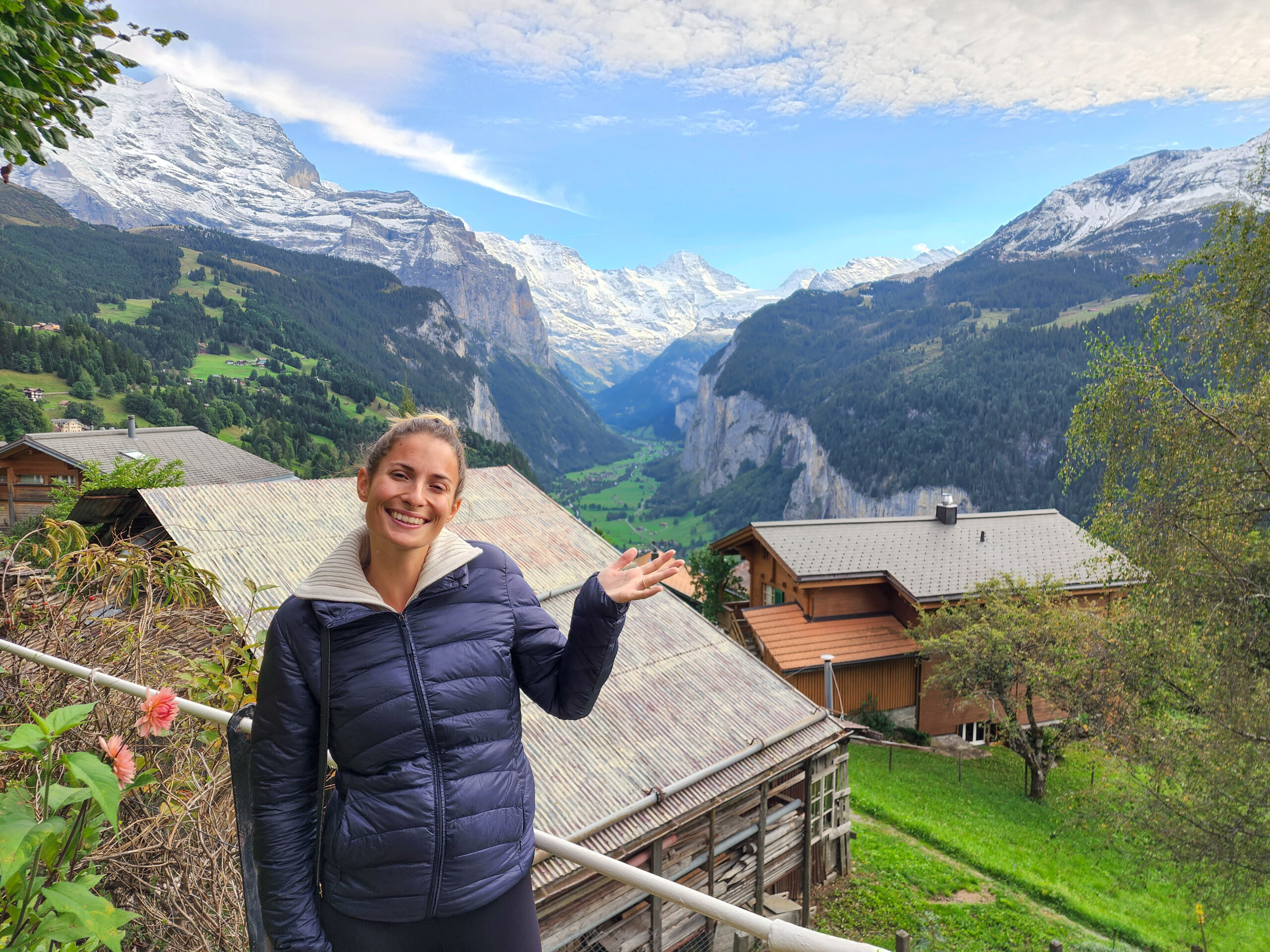
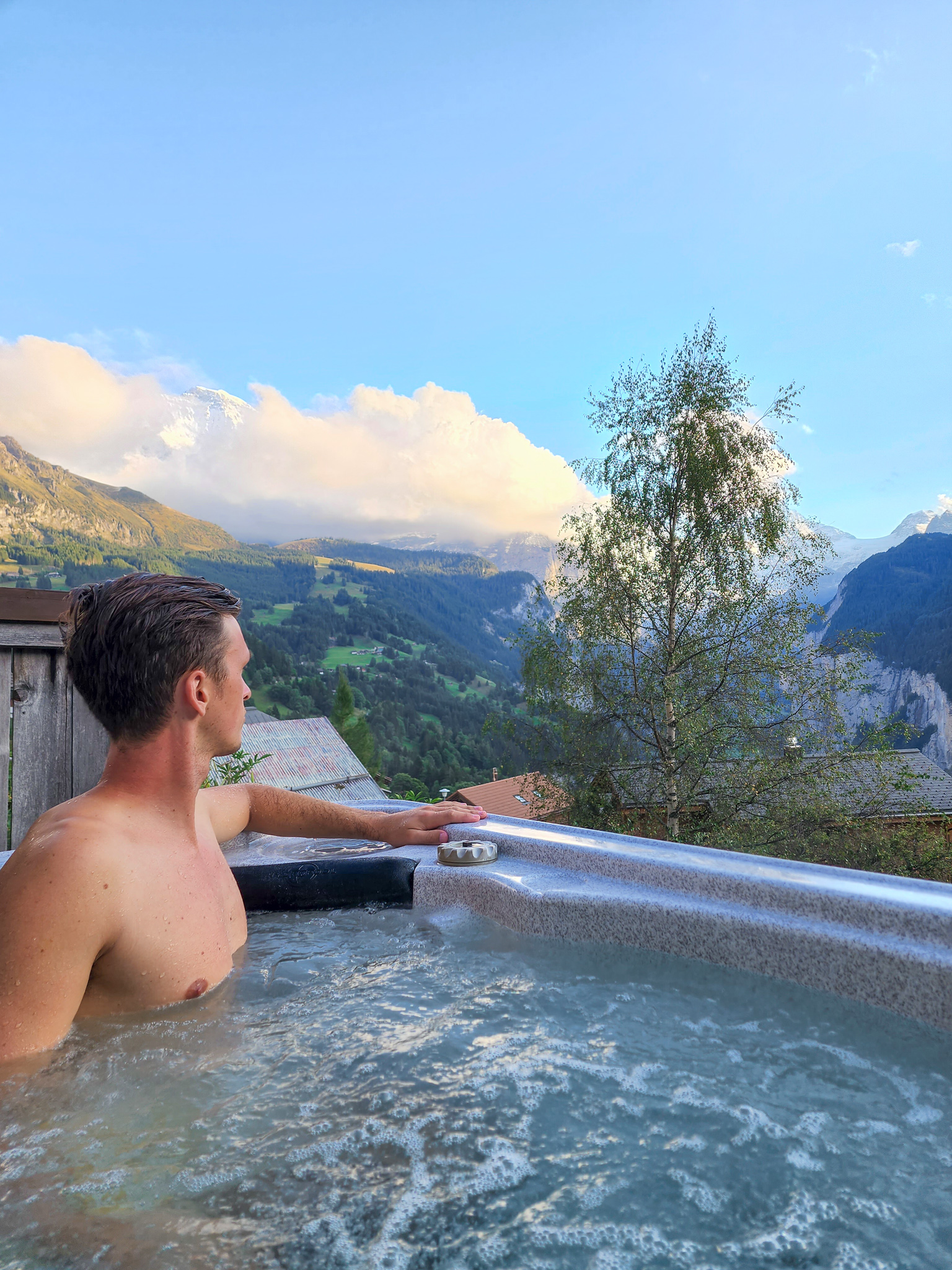
Want to check out the other hotels and accommodation in Wengen? Click here or take a look below:
Booking.comEnjoying our posts & advice? Subscribe to our blog!
Jump your email into the list below. We won’t spam you! It’ll just keep you updated whenever we post another travel-related adventure, memory or tid-bid!
WANT TO SEE MORE food recommendations & TRAVEL MEMORIES?
Check out highlights from the amazing country of Switzerland!
- Why choose to stay in Wengen?
- Check out visit to the stunning Oeschinensee!
- Have a look at our visit to Tess’s family in the beautiful Zurich!
Check out further highlights from our time in the Europe! Take a look!
Please note: this post contains affiliate links. This means that if you purchase or book anything using these links, we get a small percentage of the sale, at no extra expense to you. This helps us to run the site.
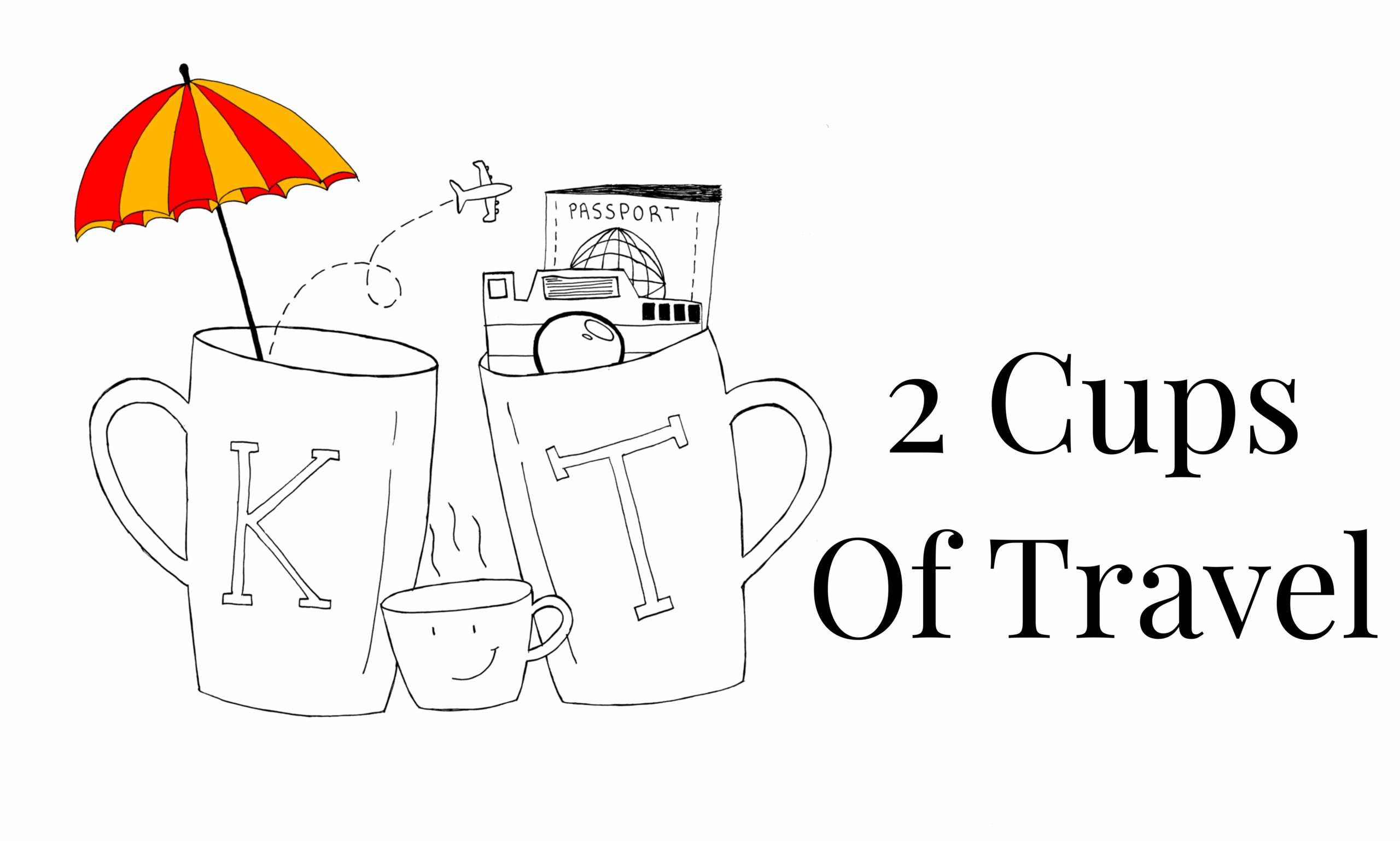
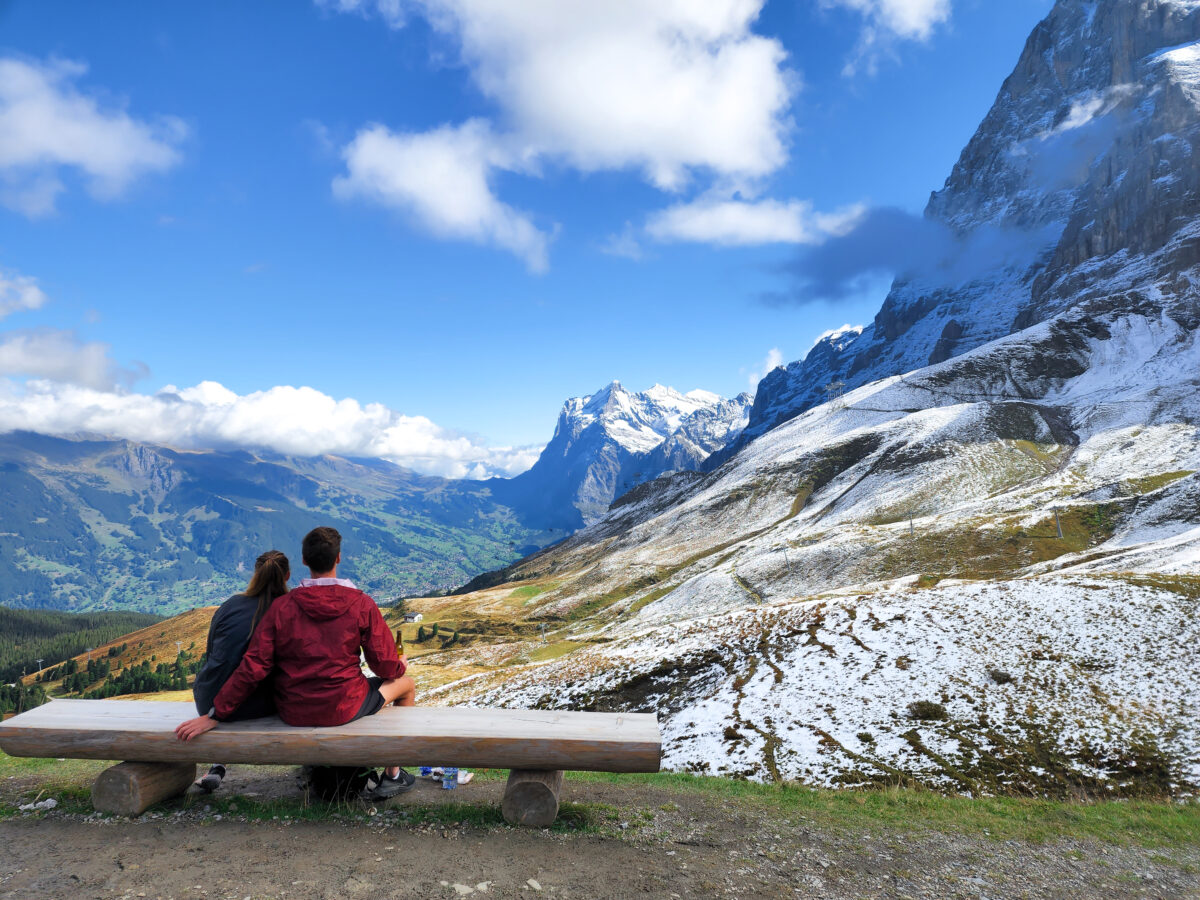
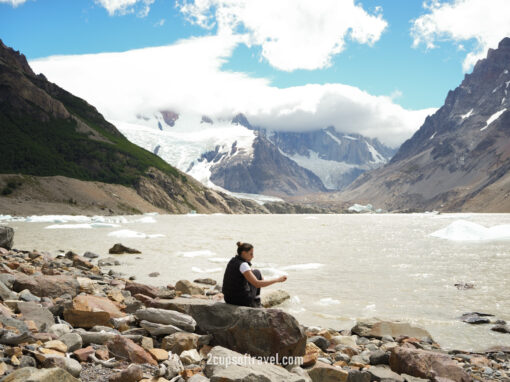
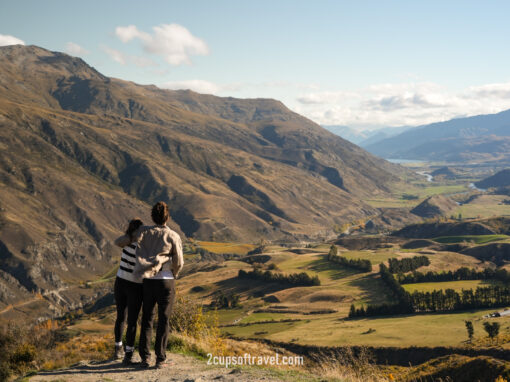
Diane
October 2, 2022 at 7:26 pm
Absolutely STUNNING!!!